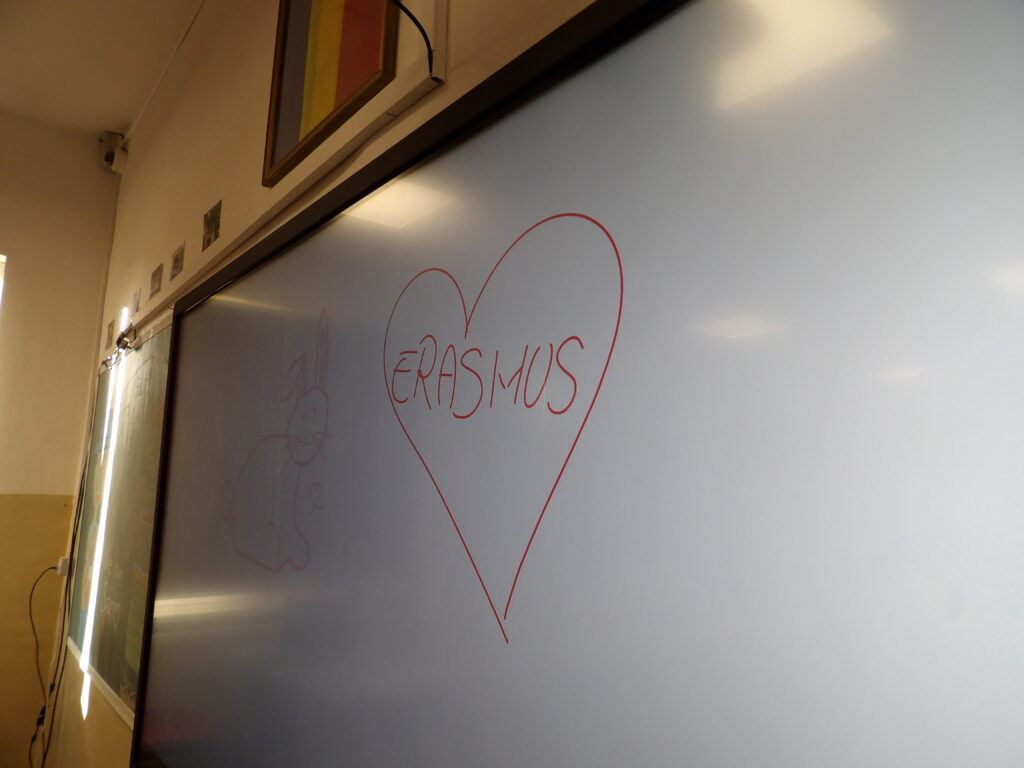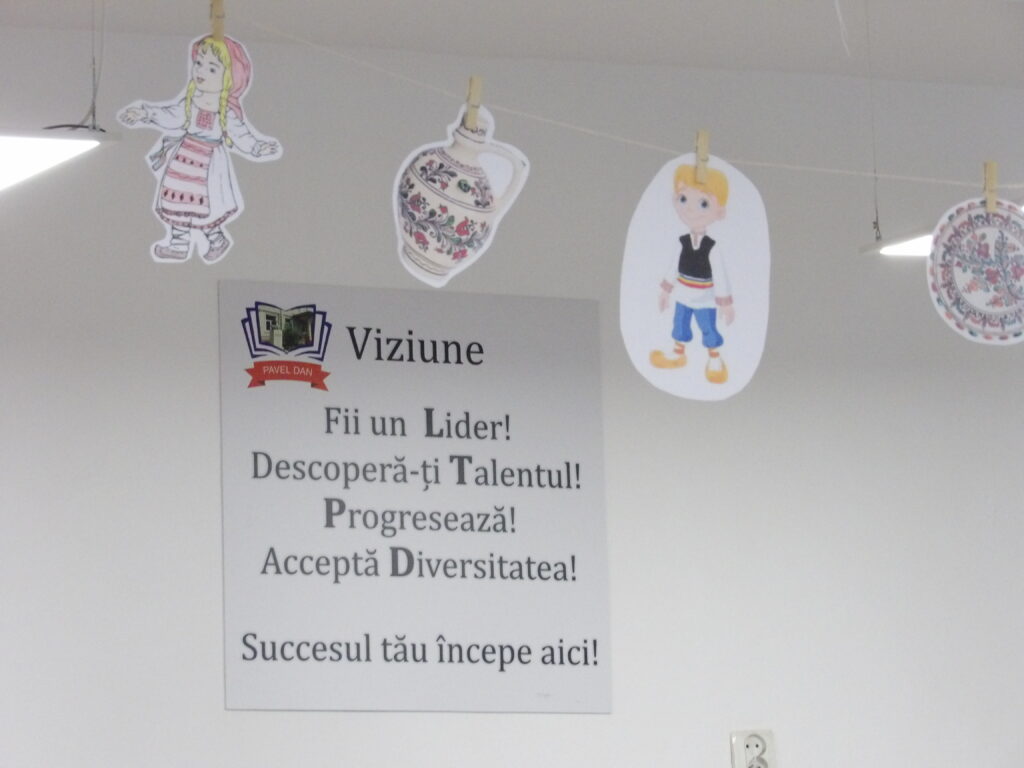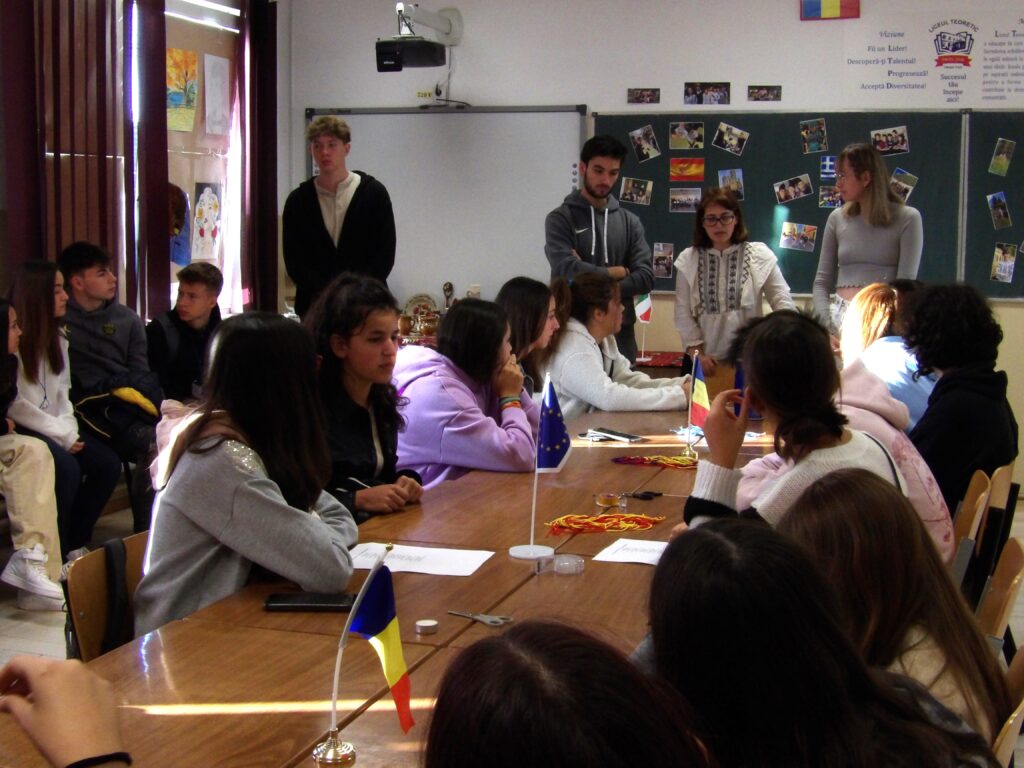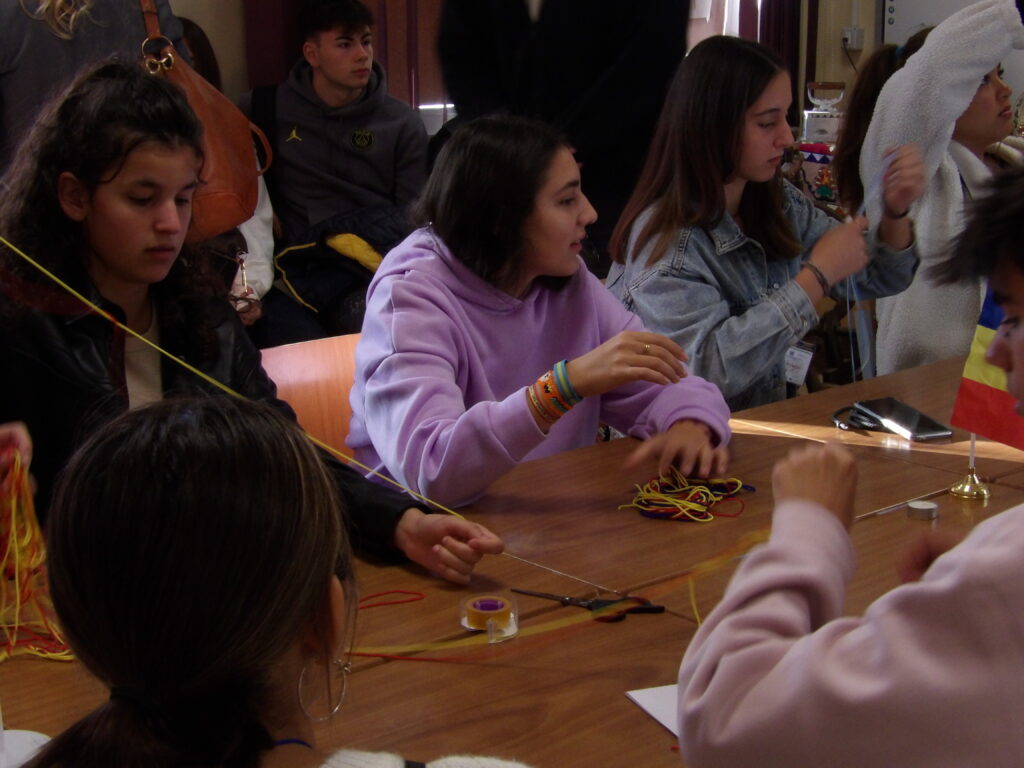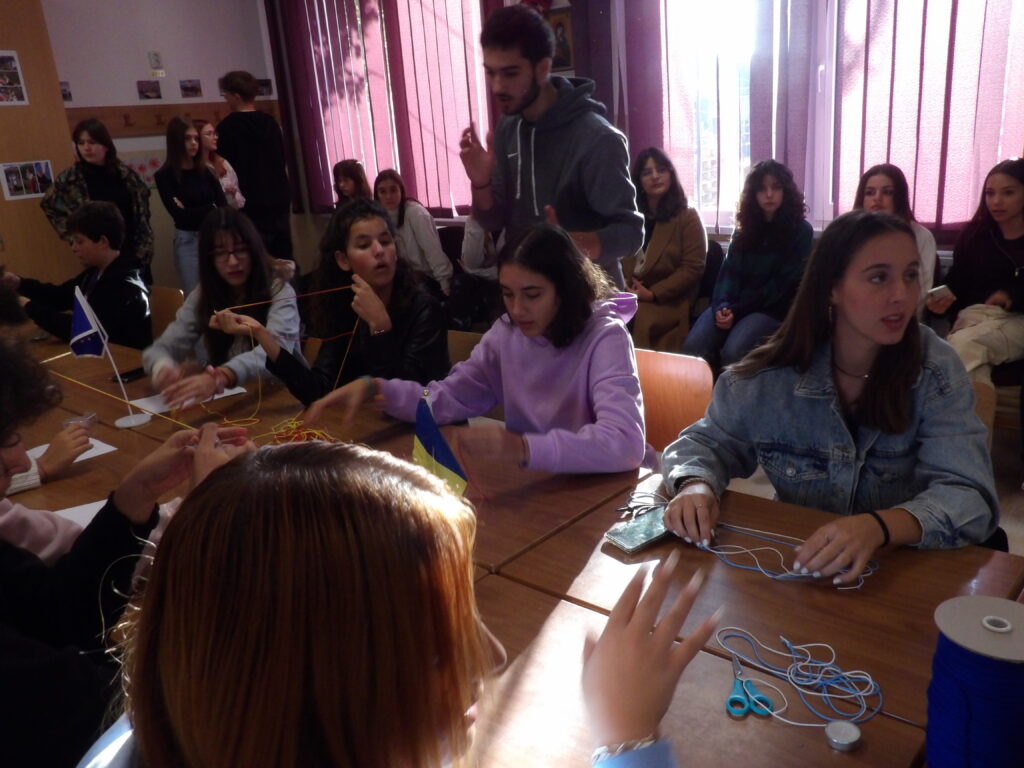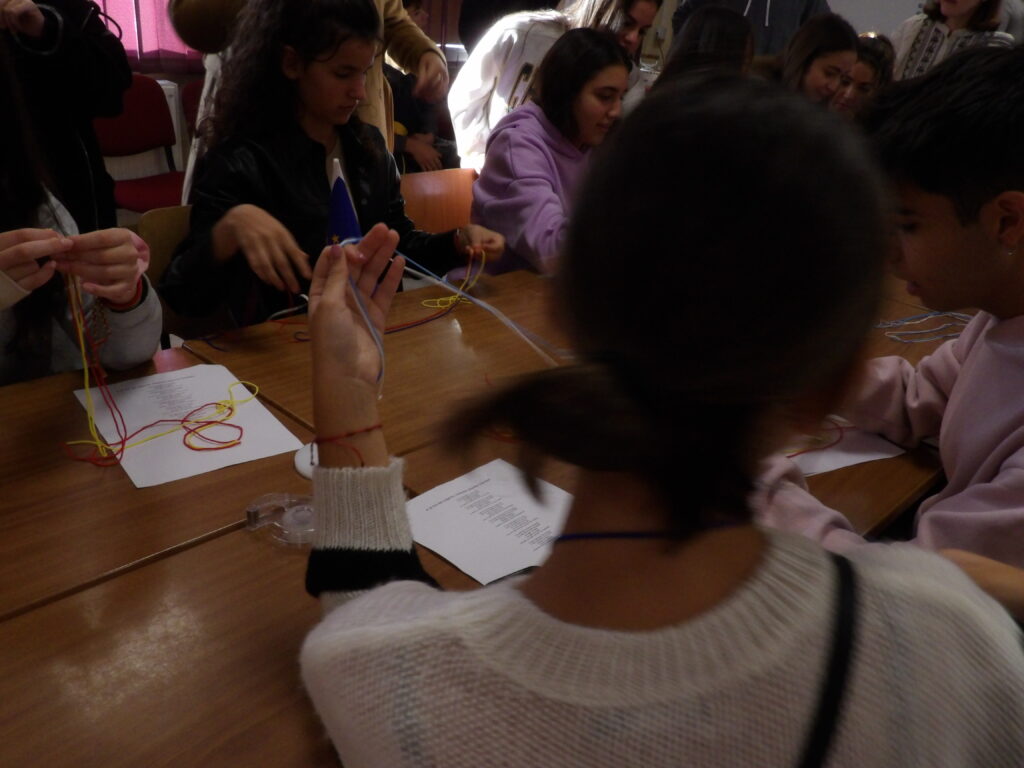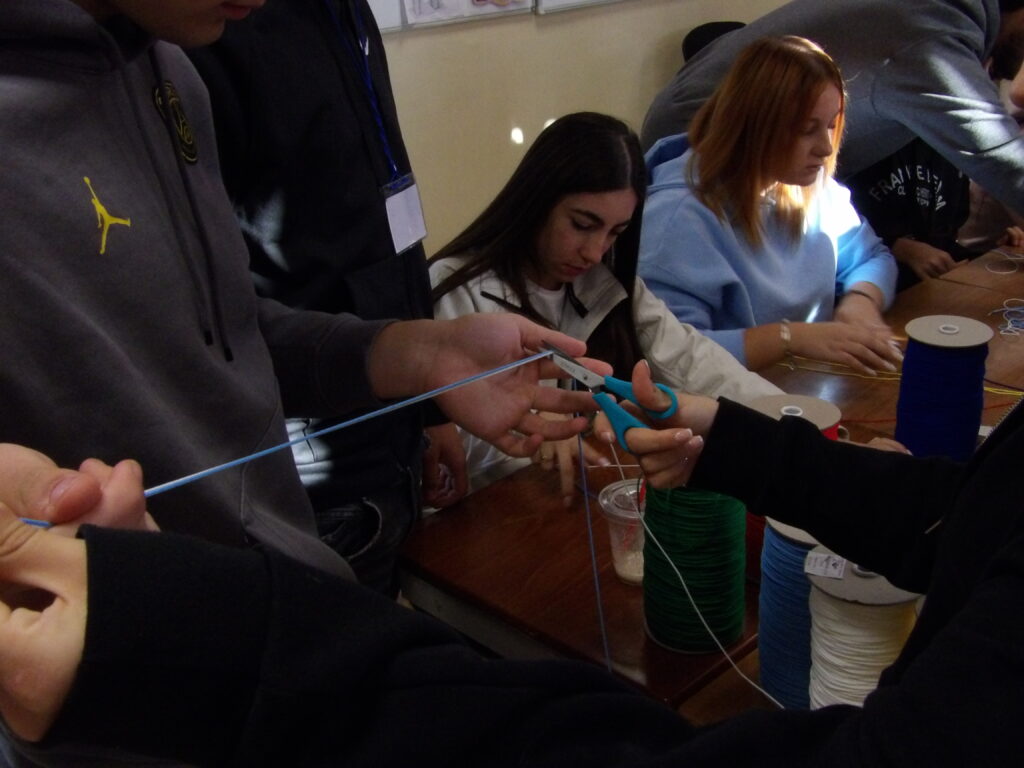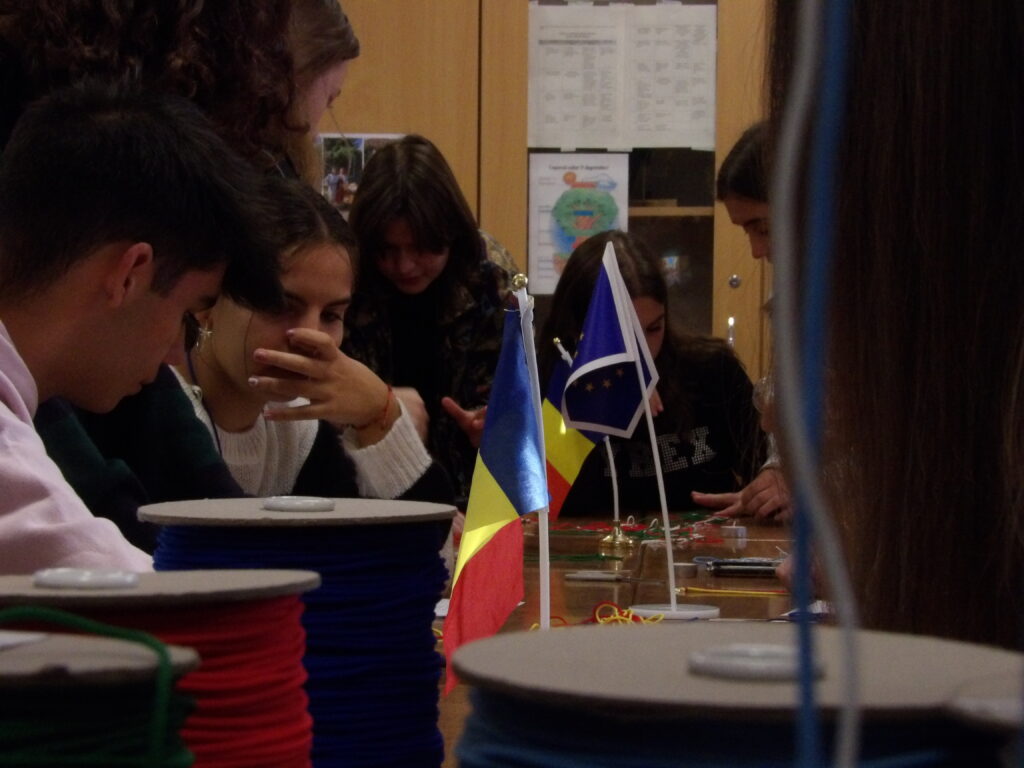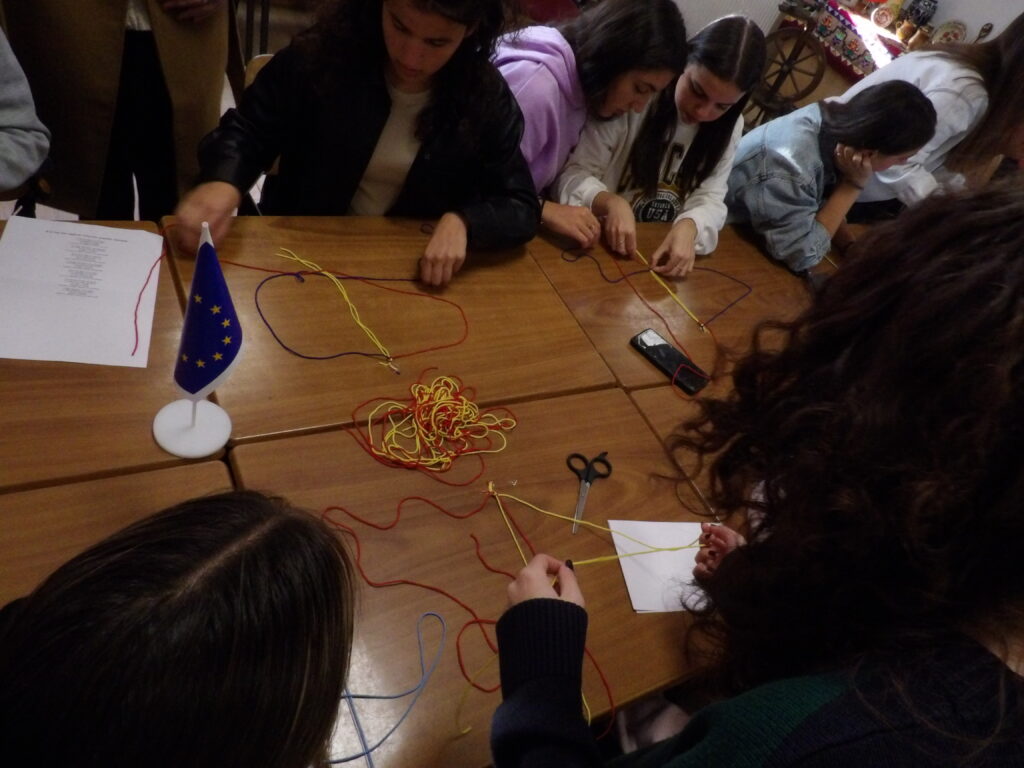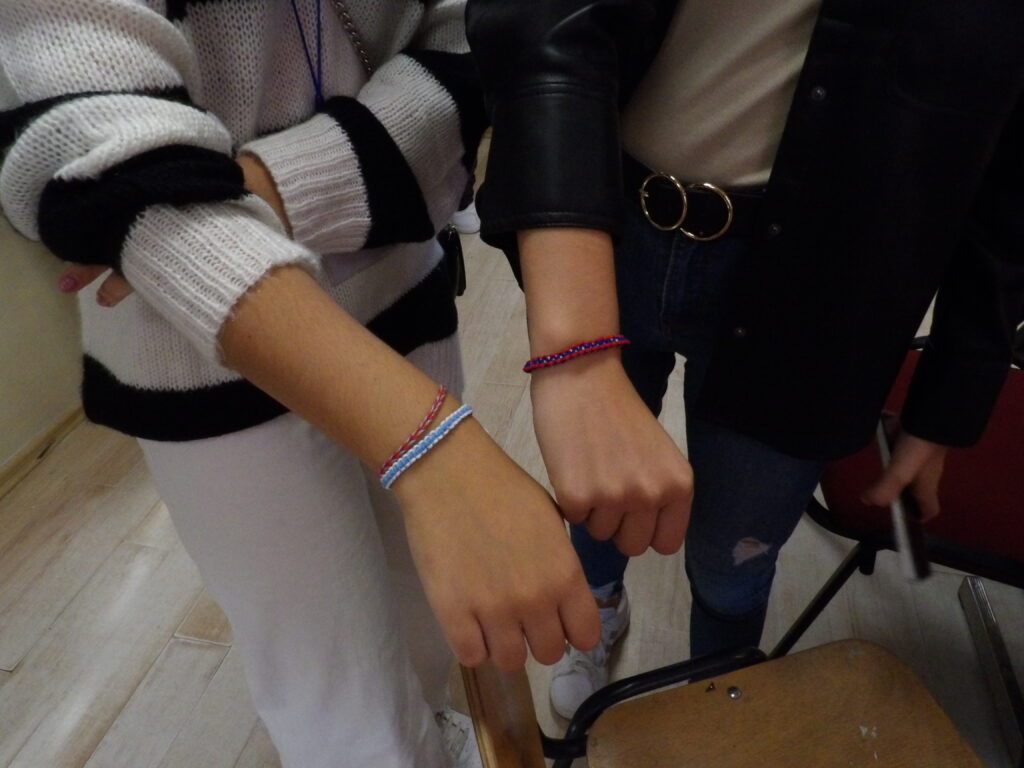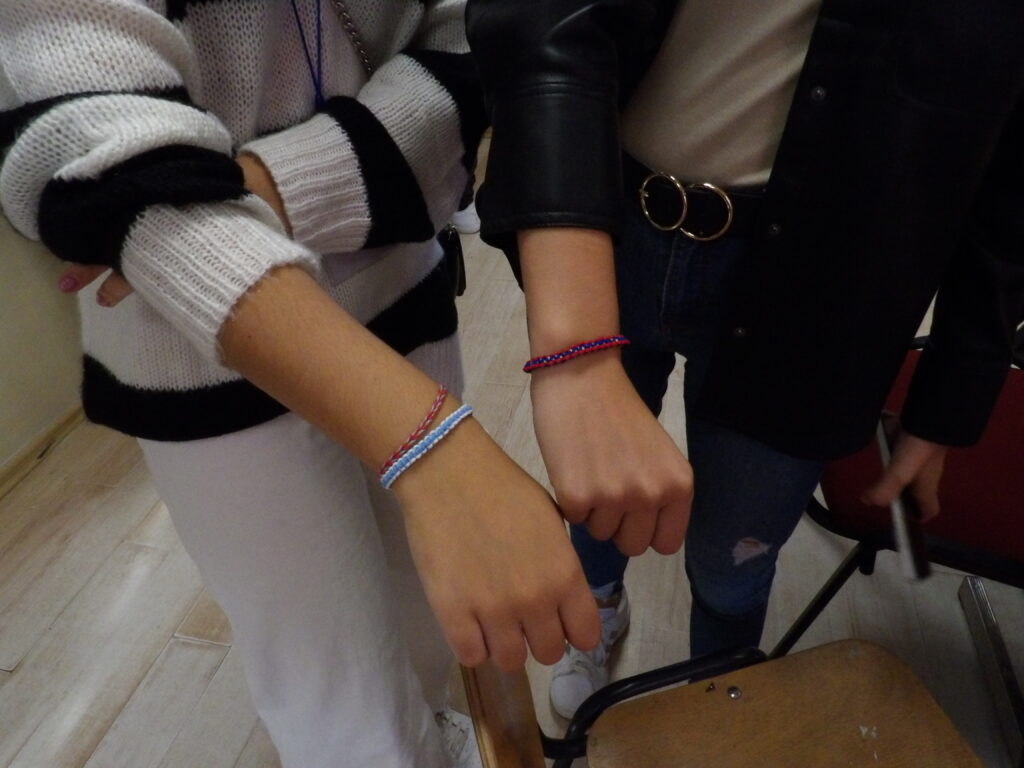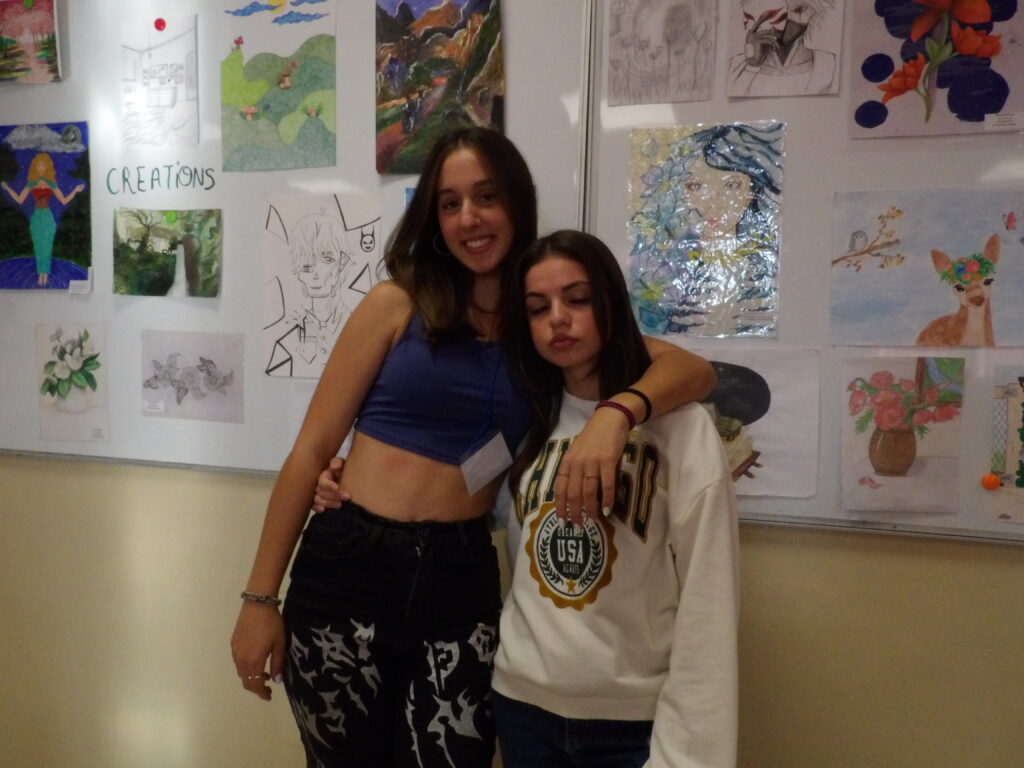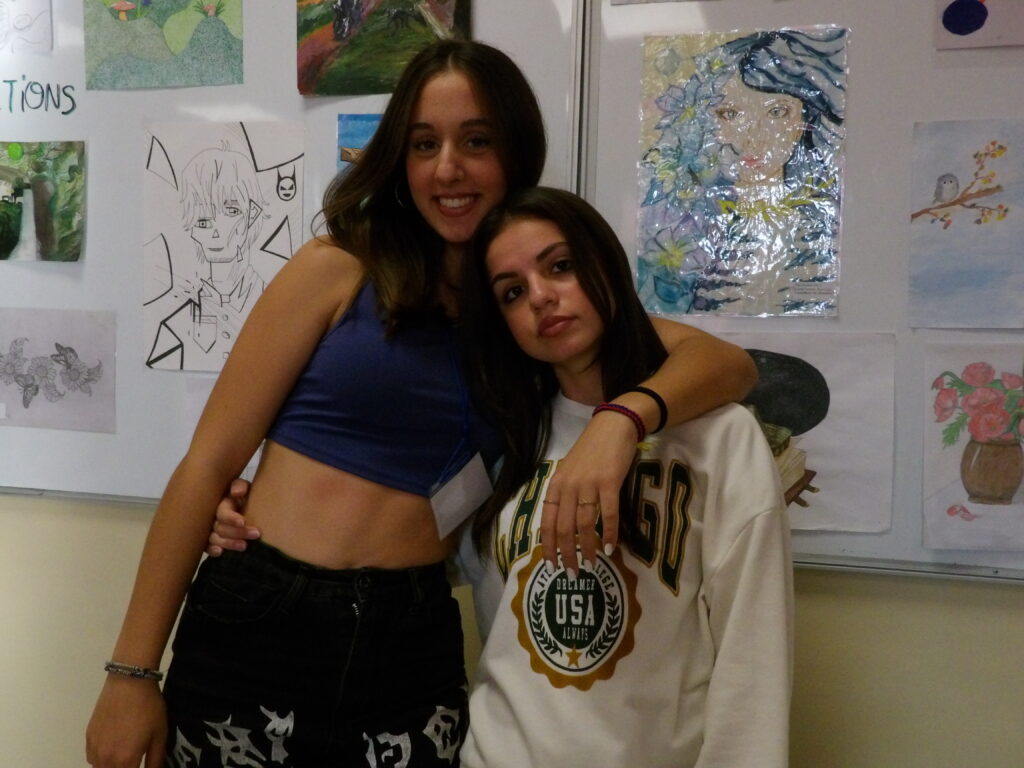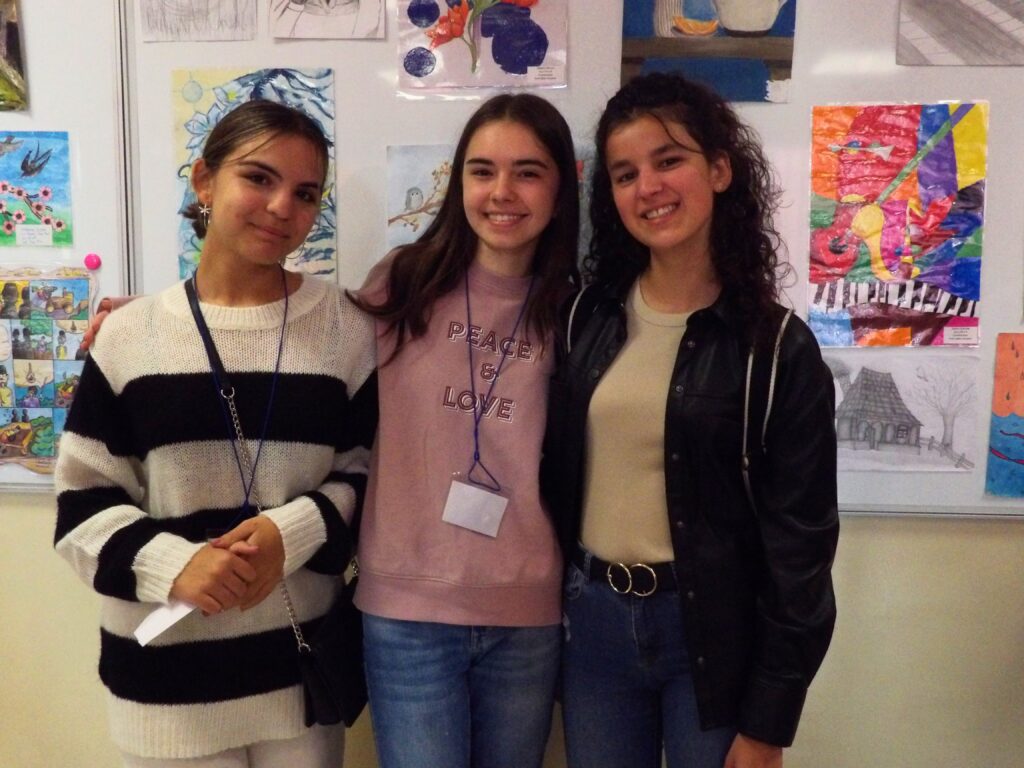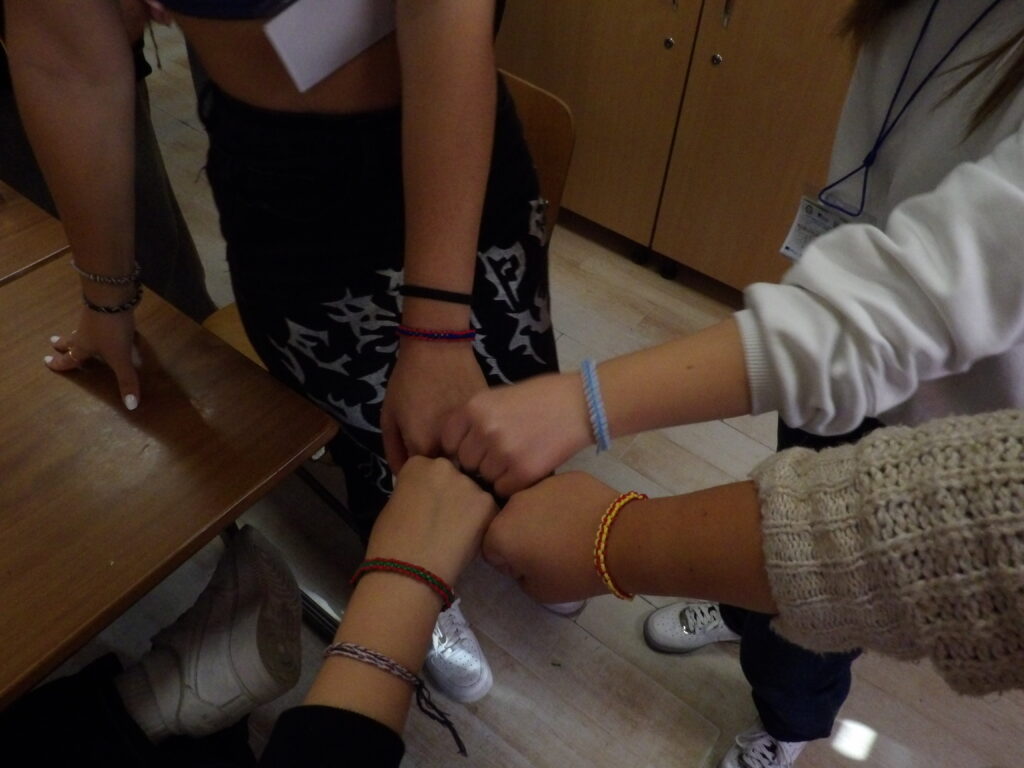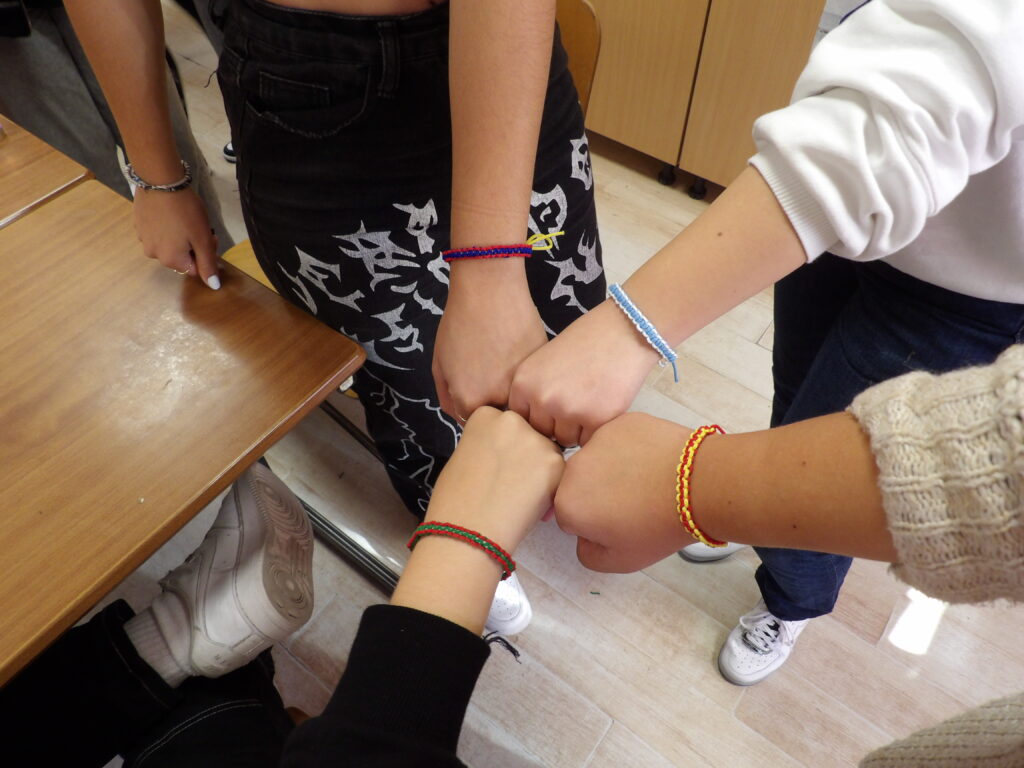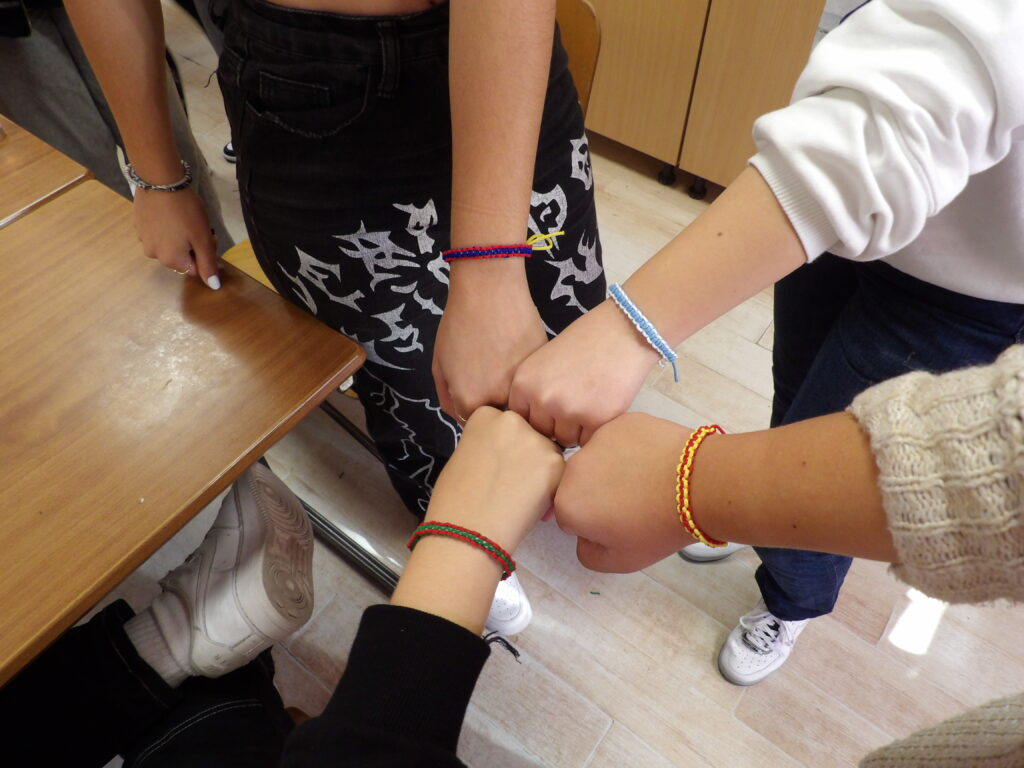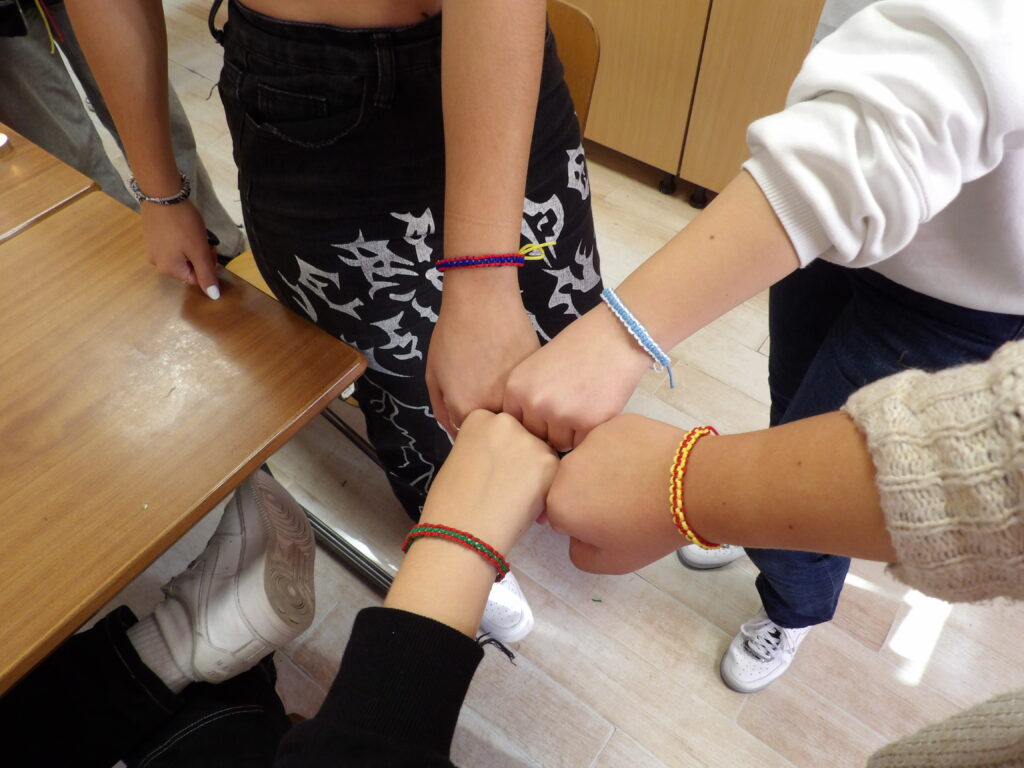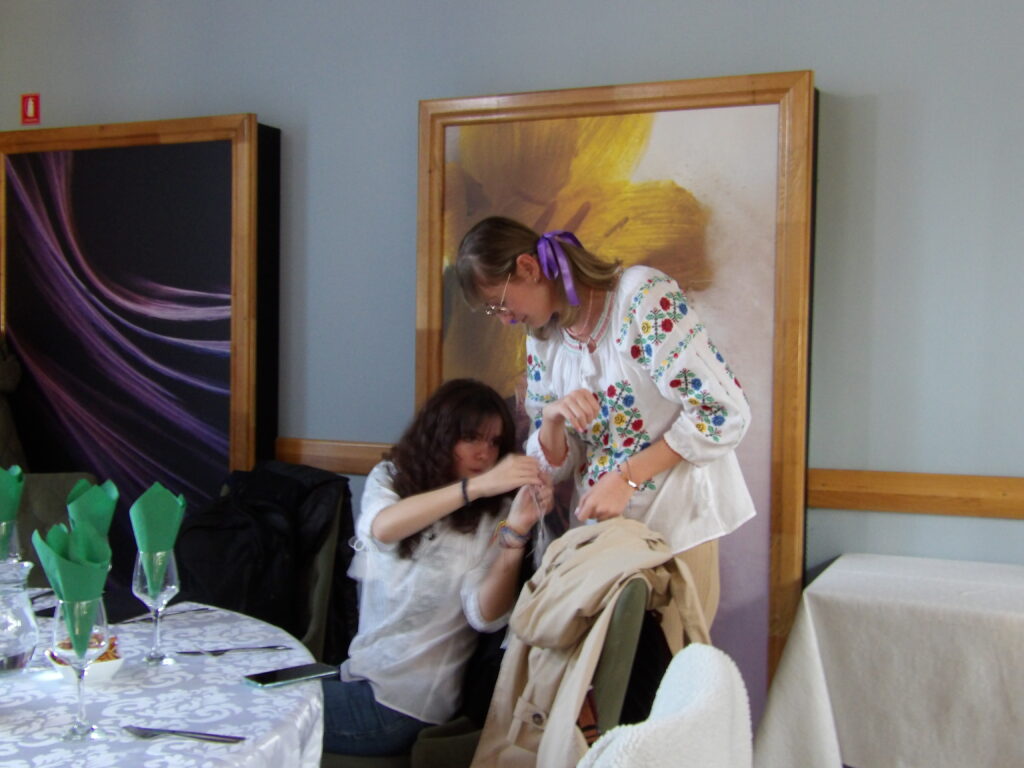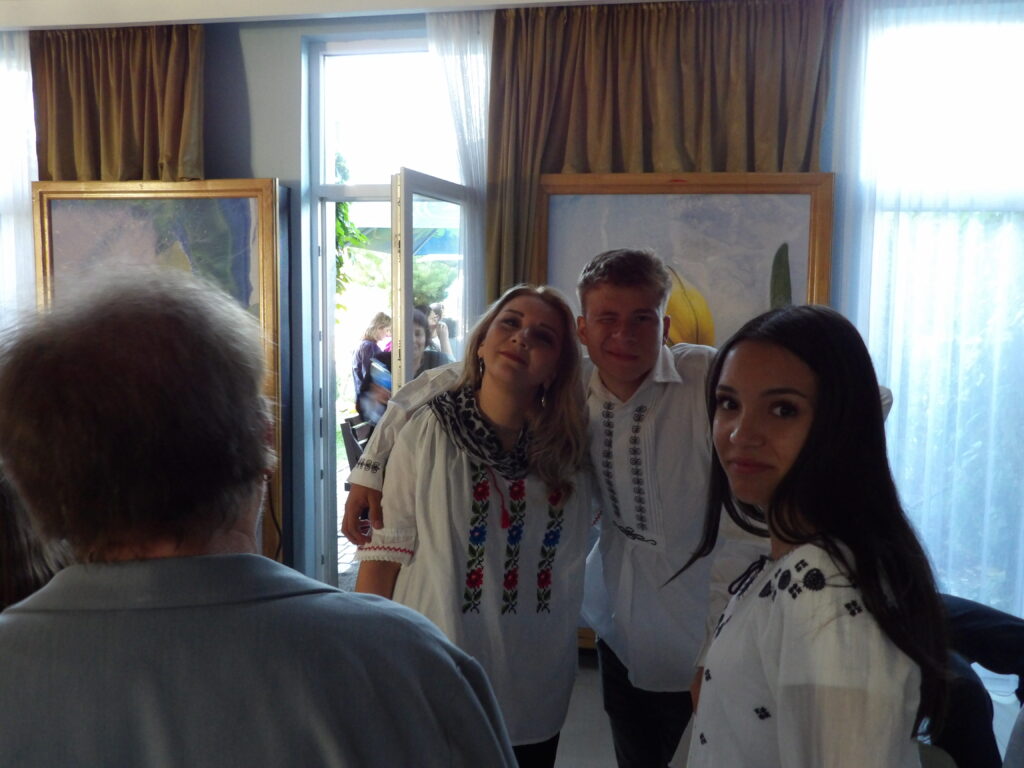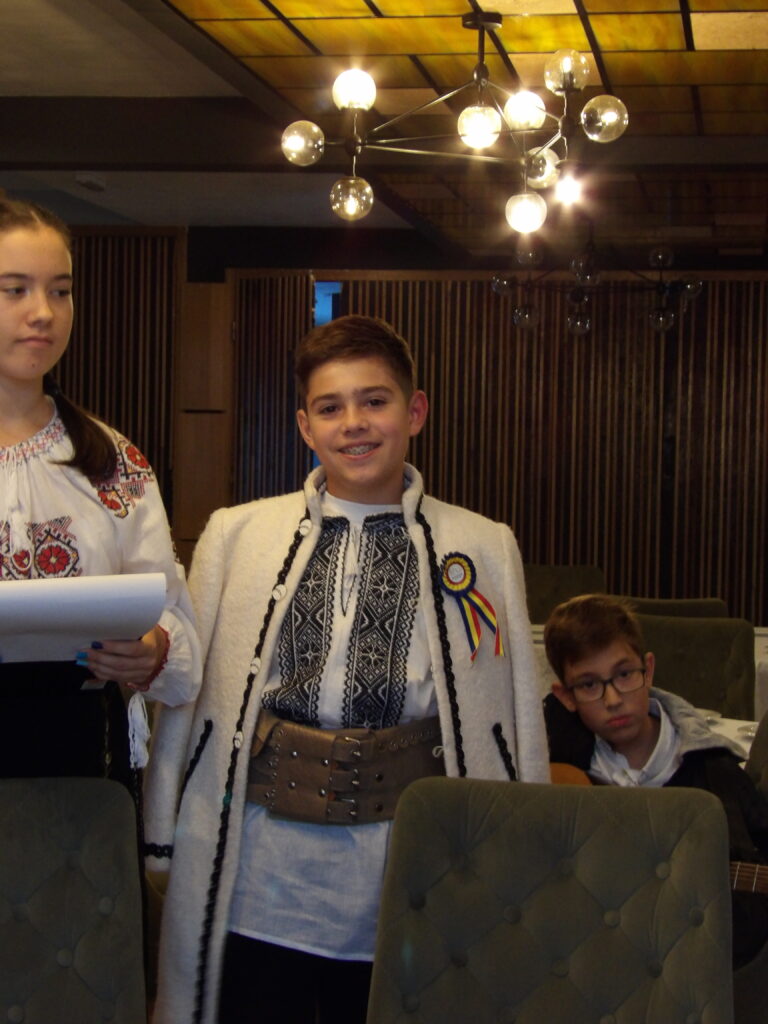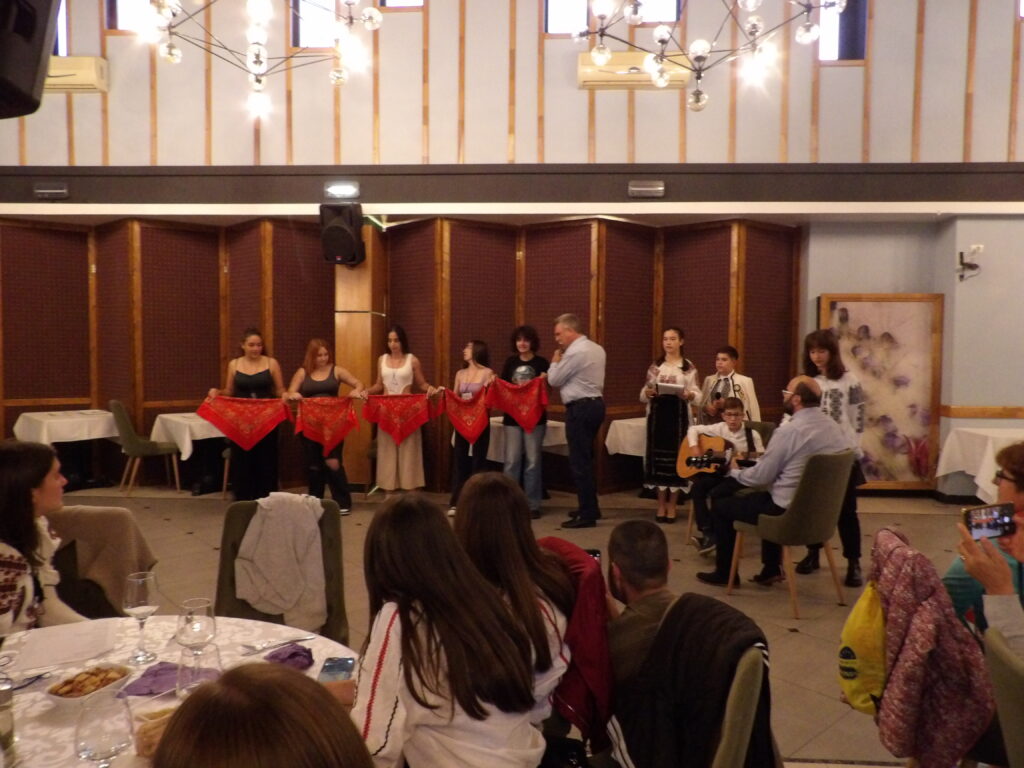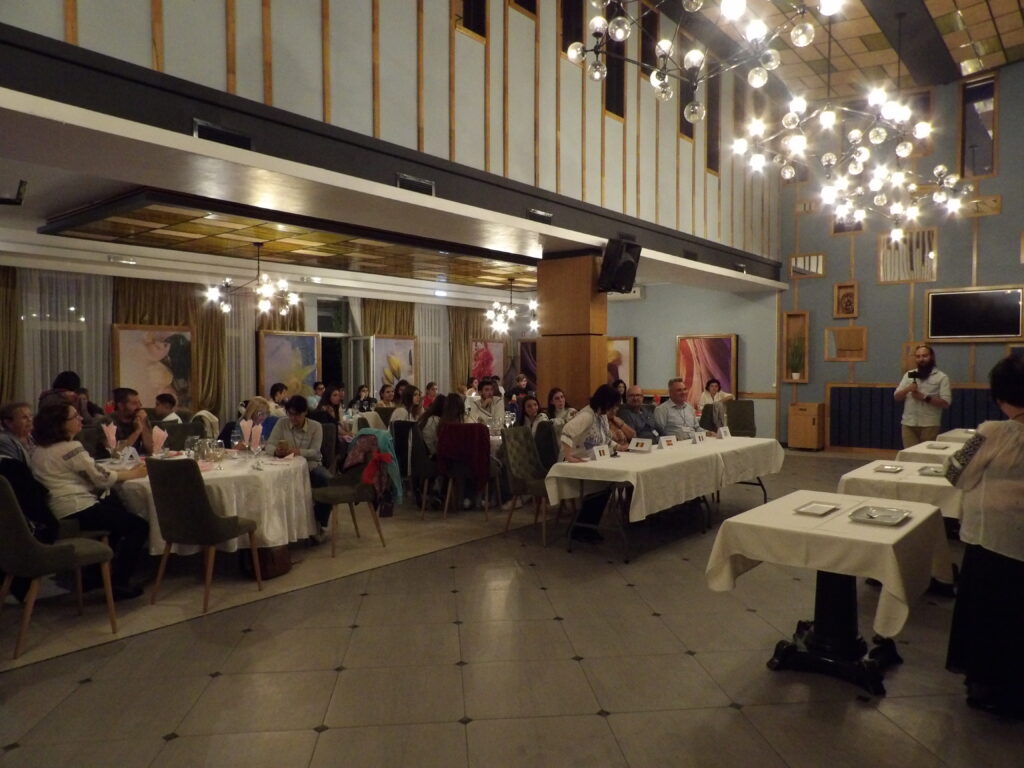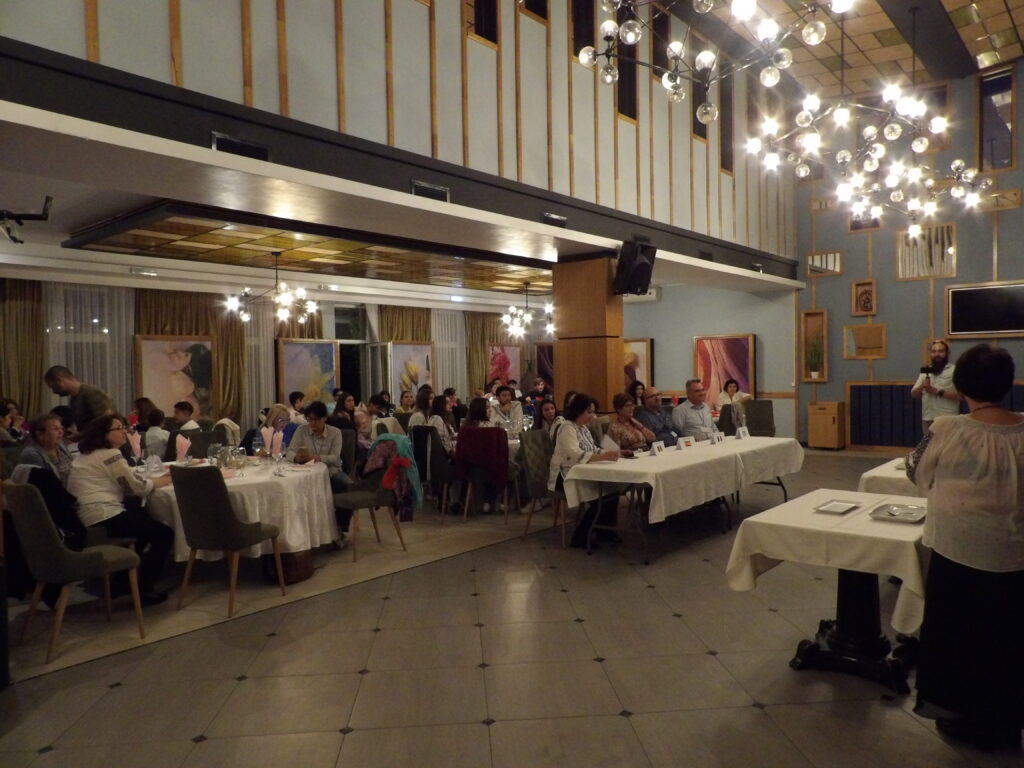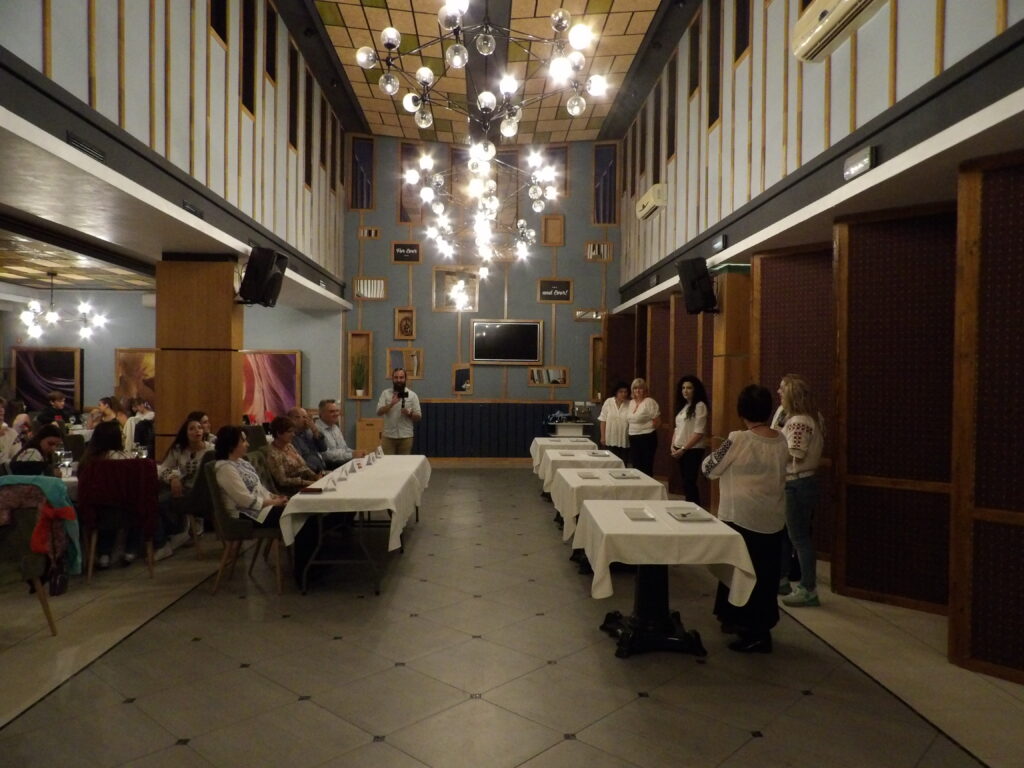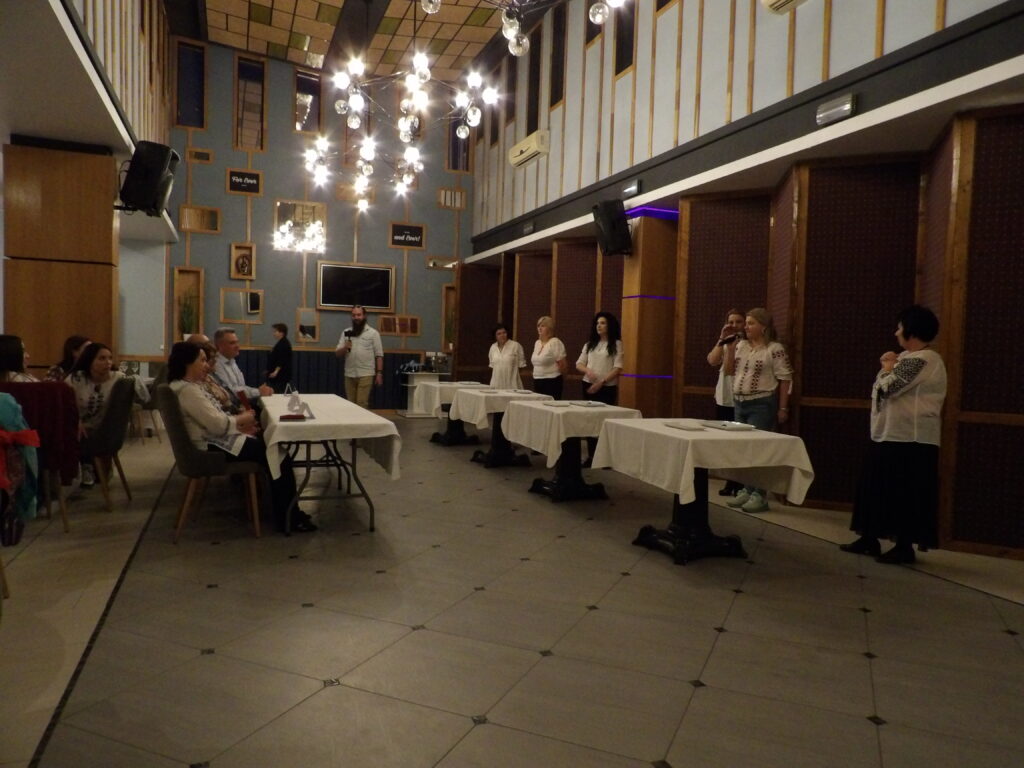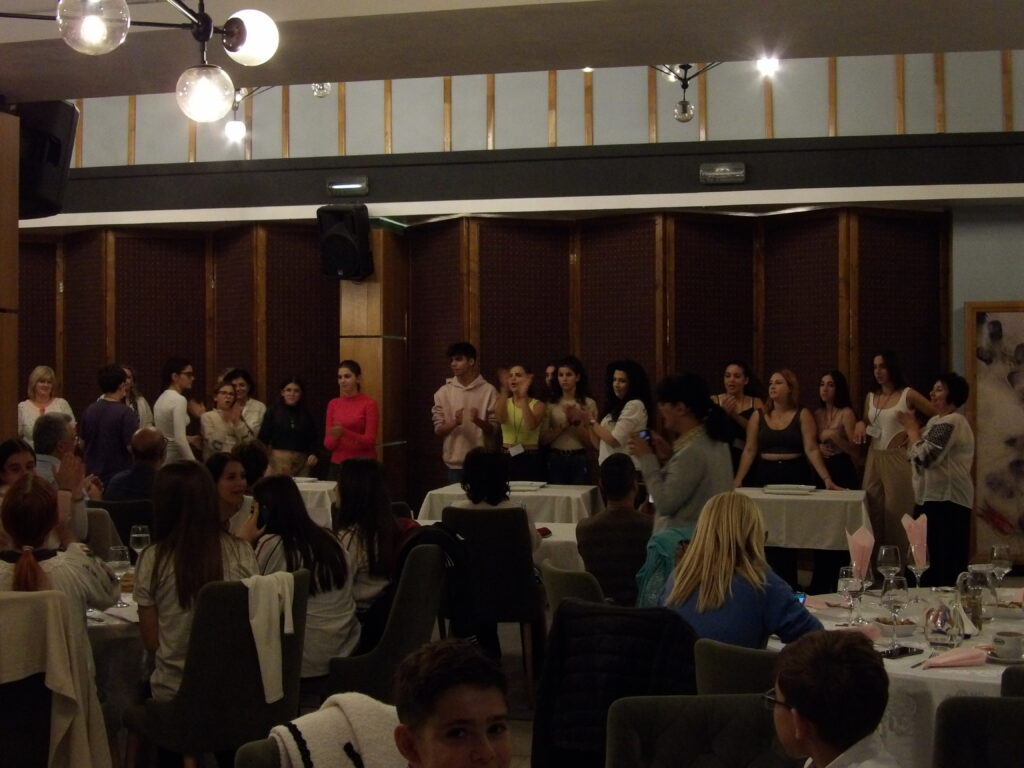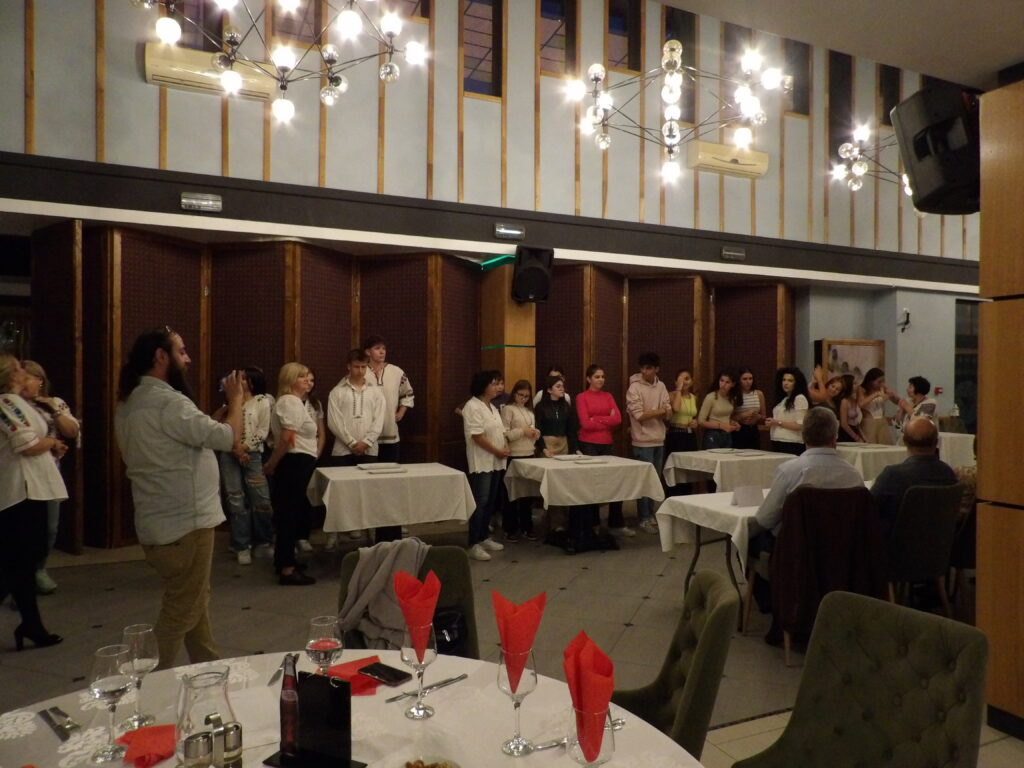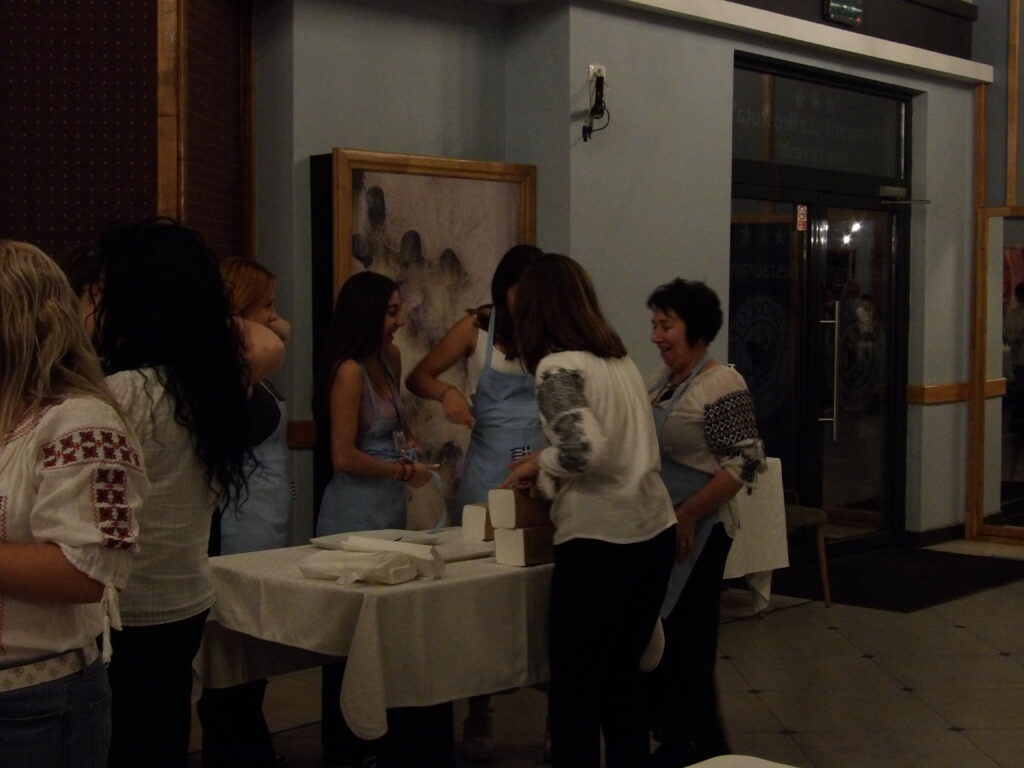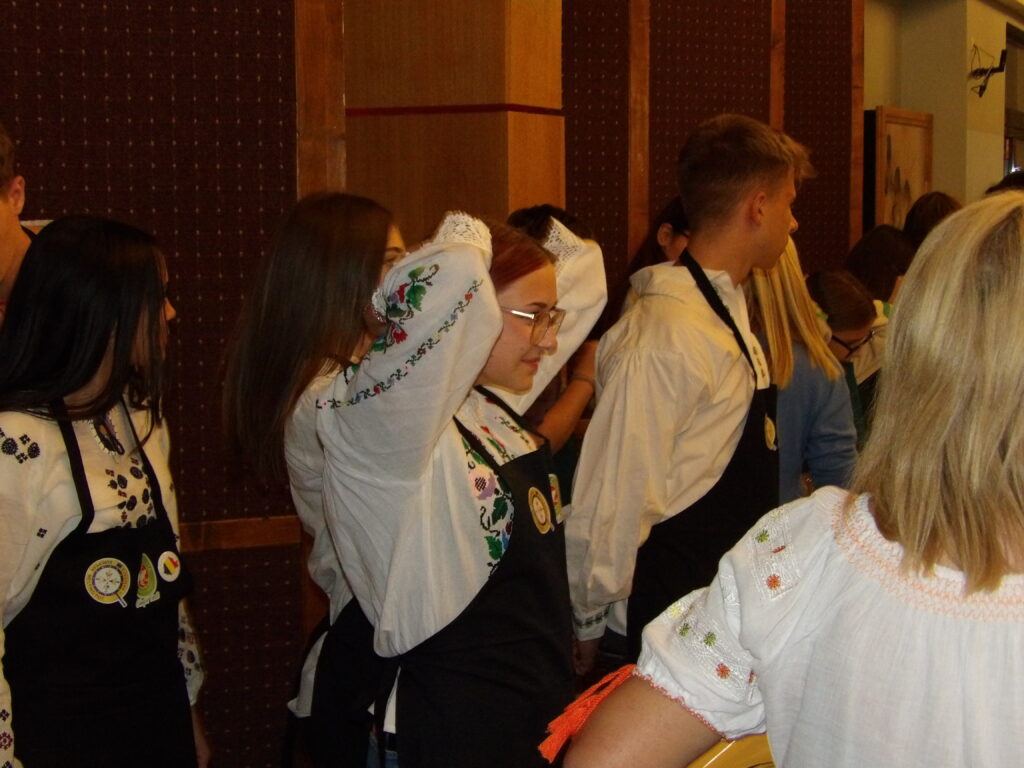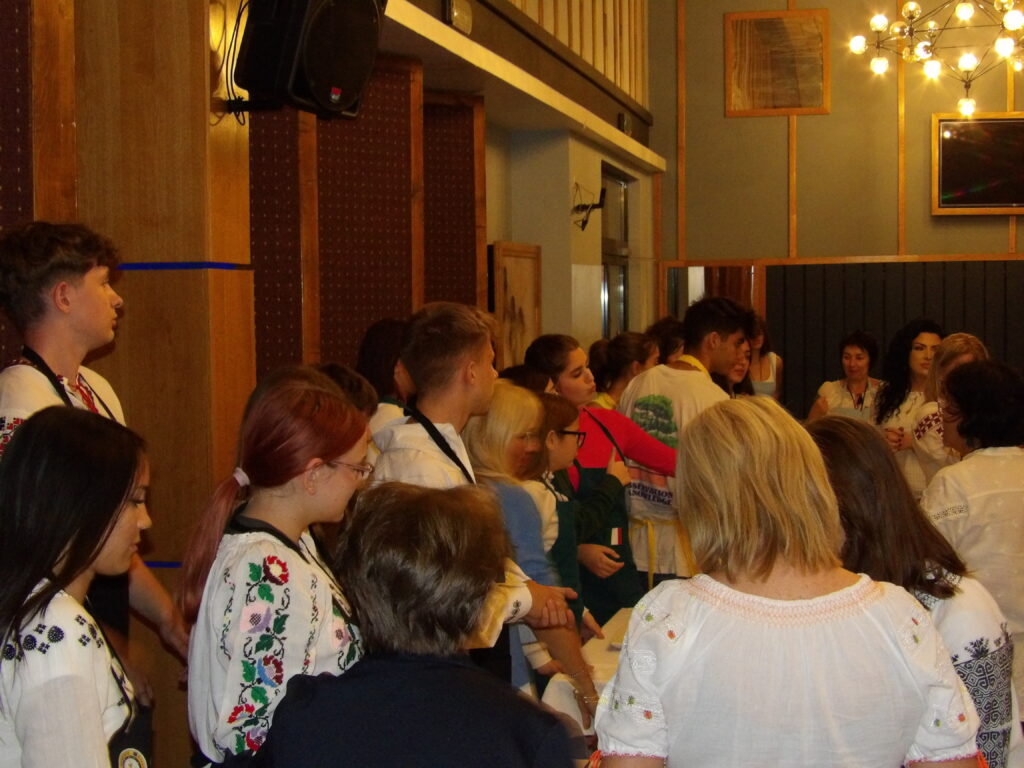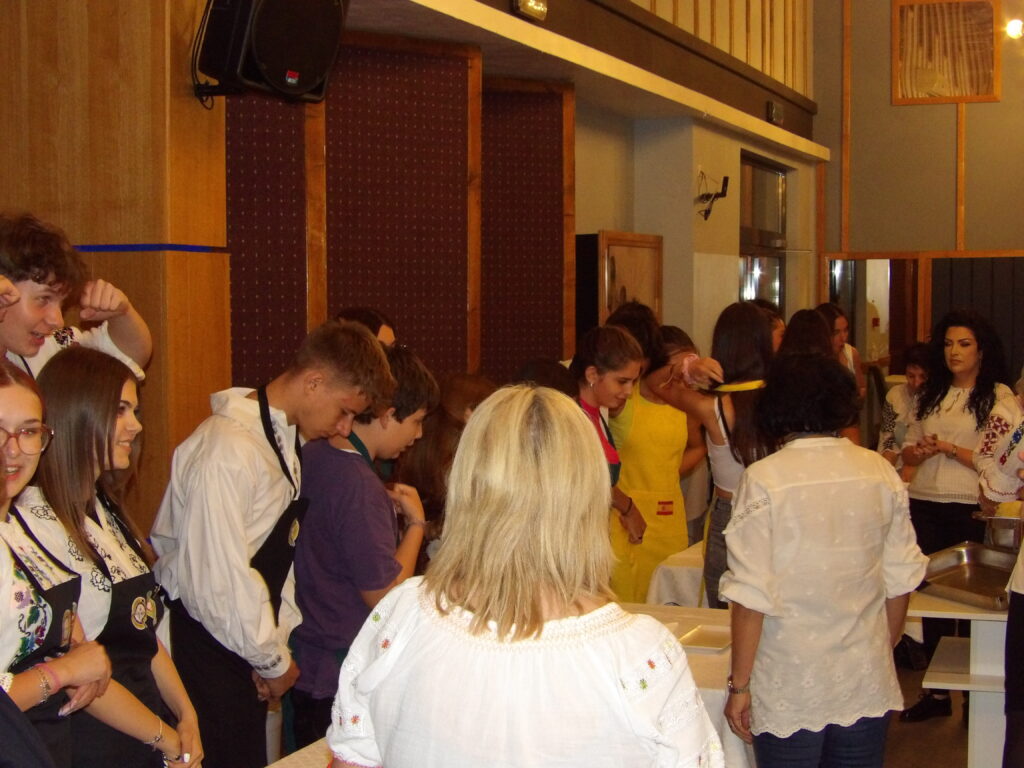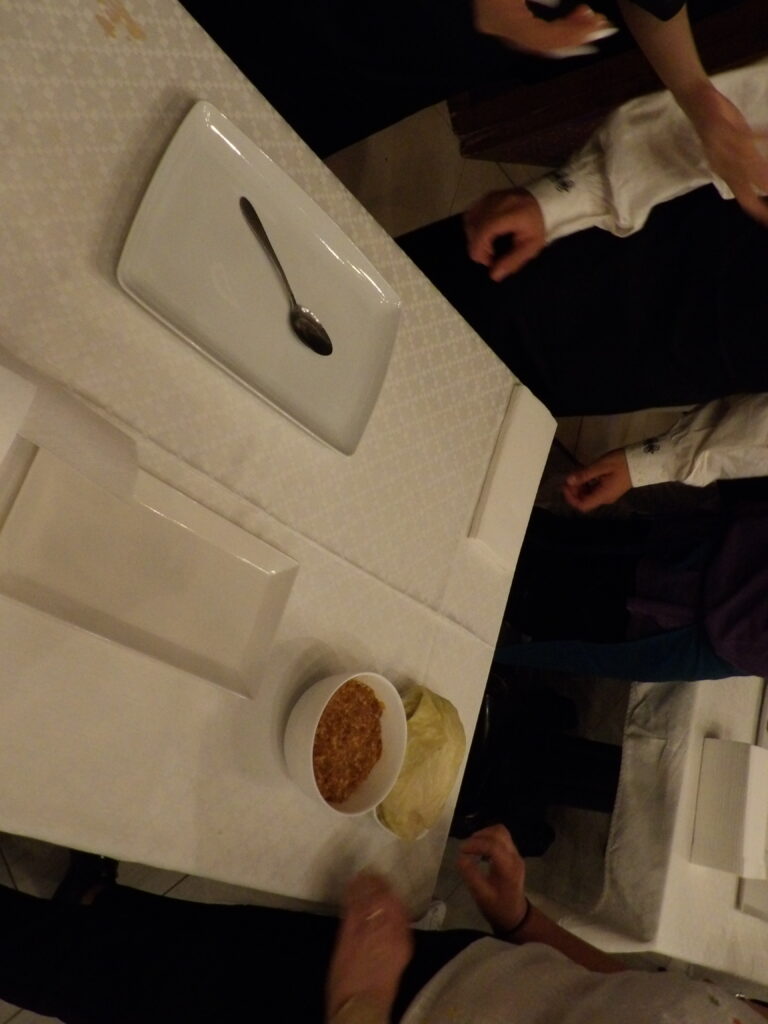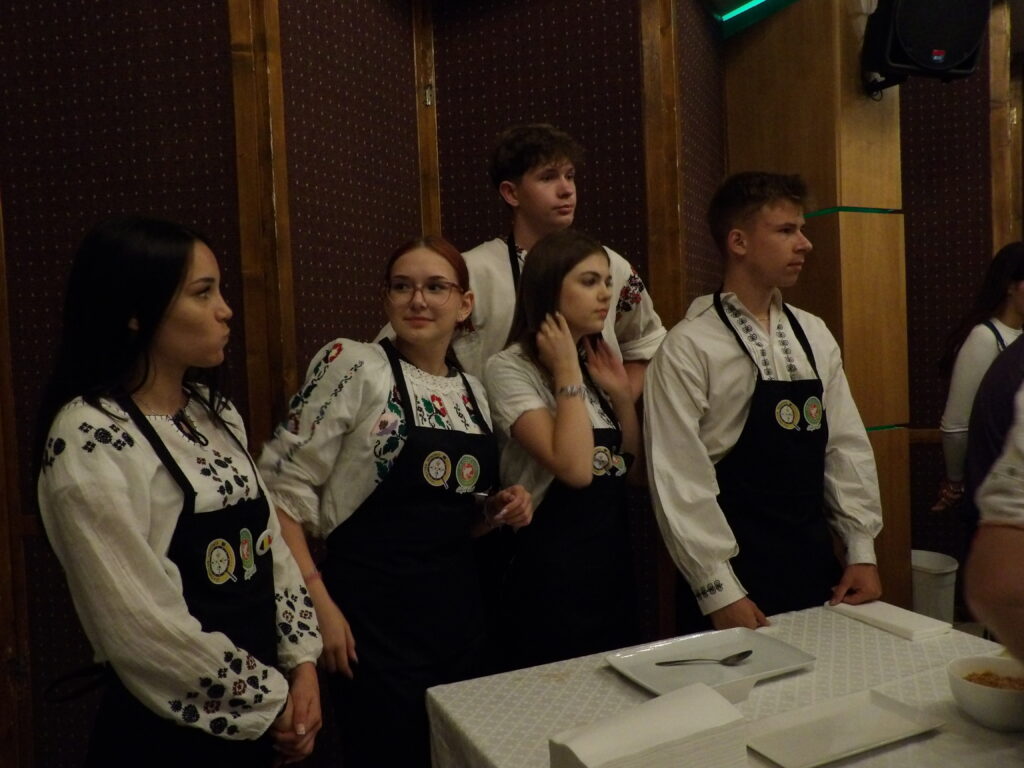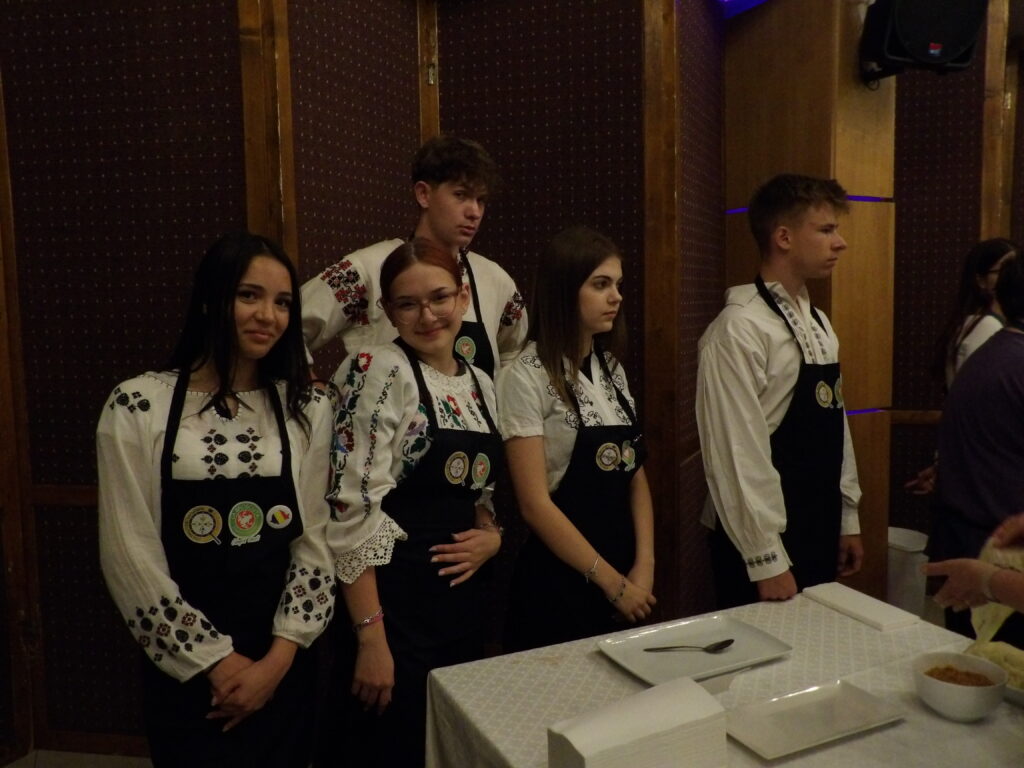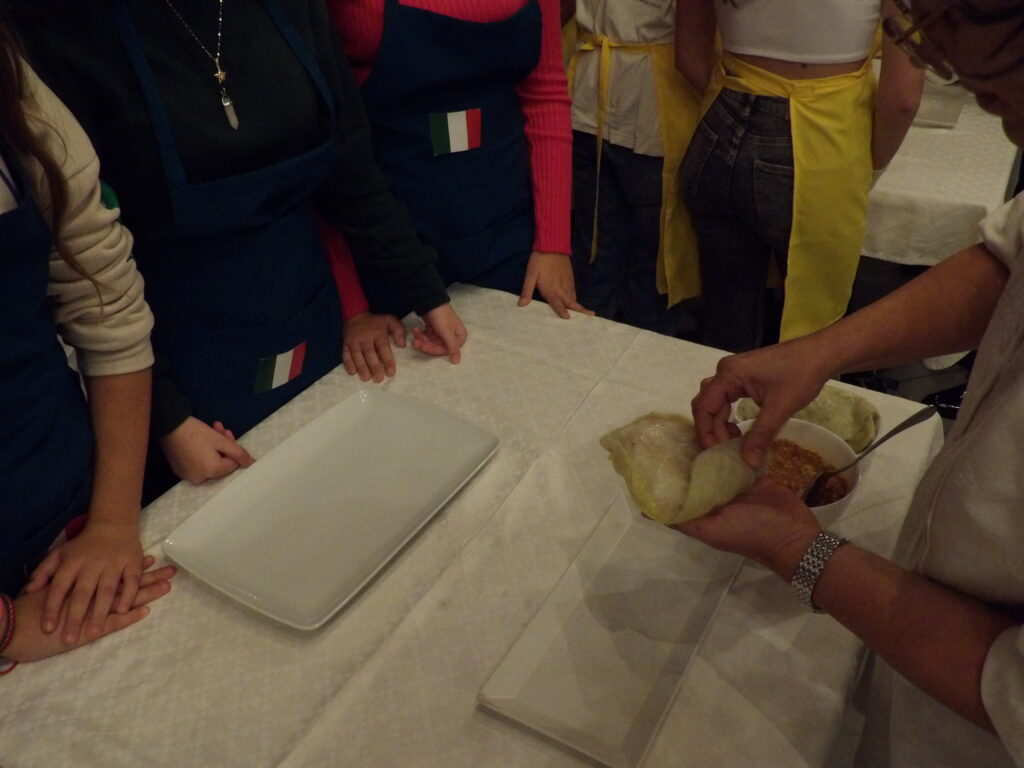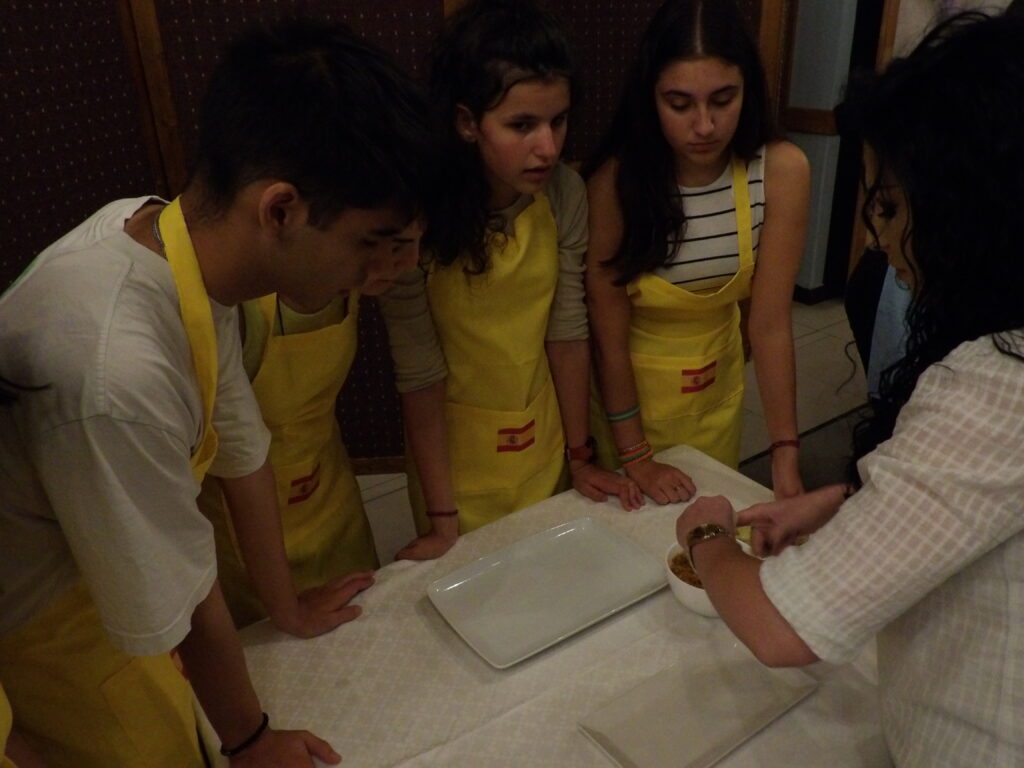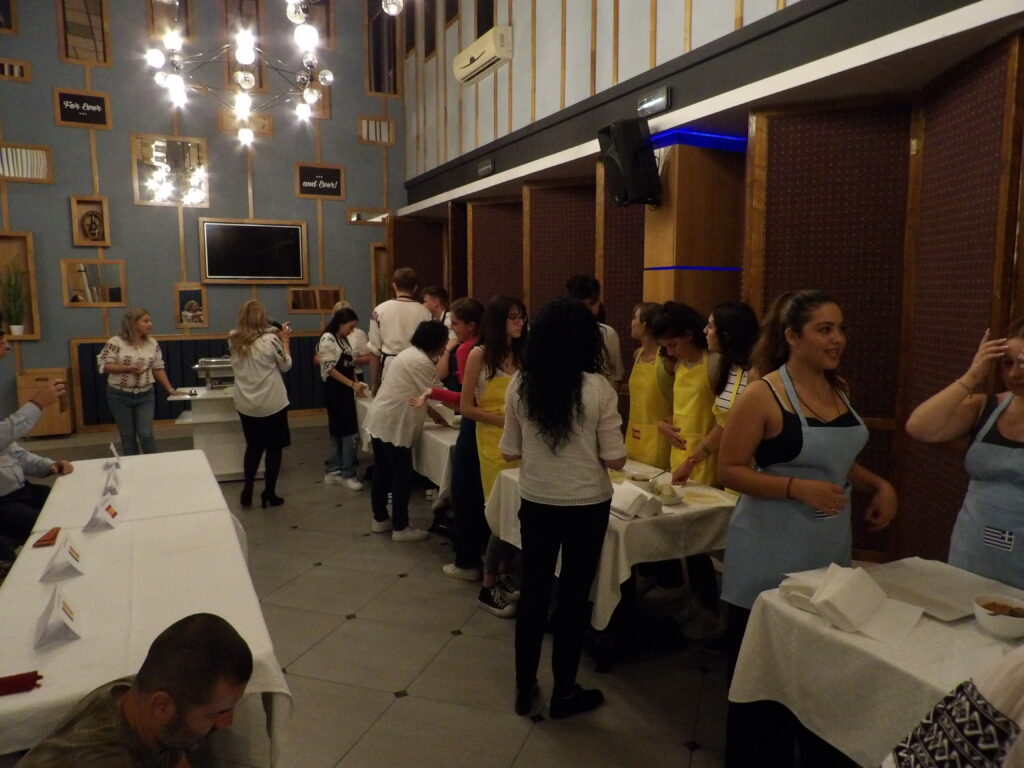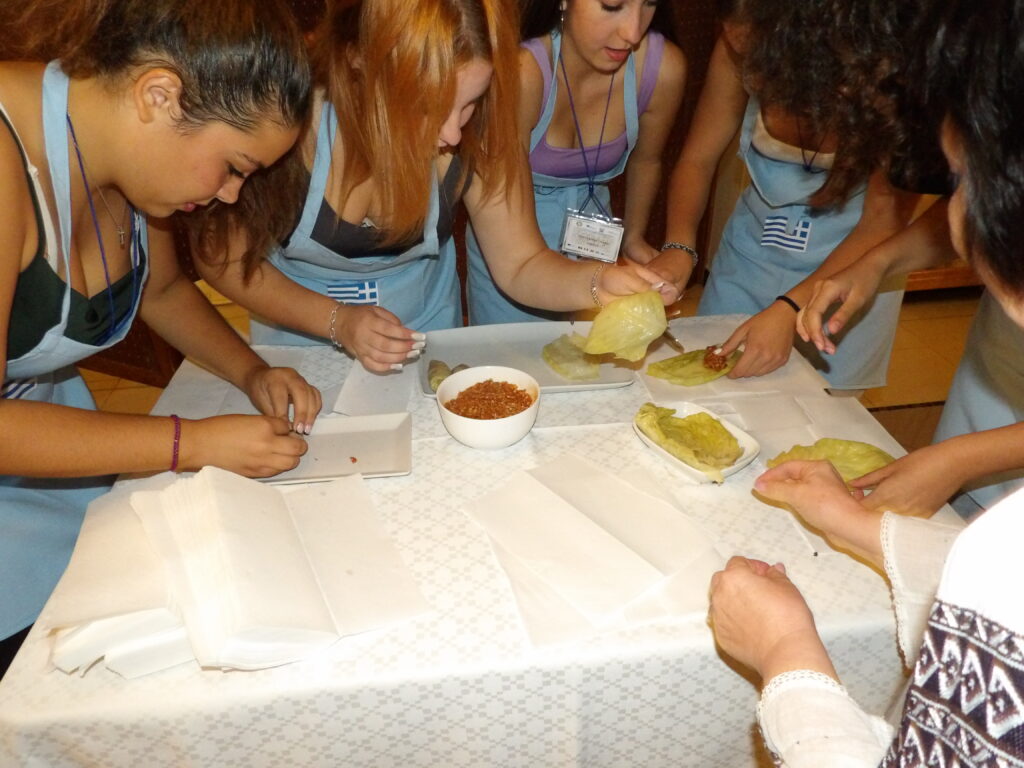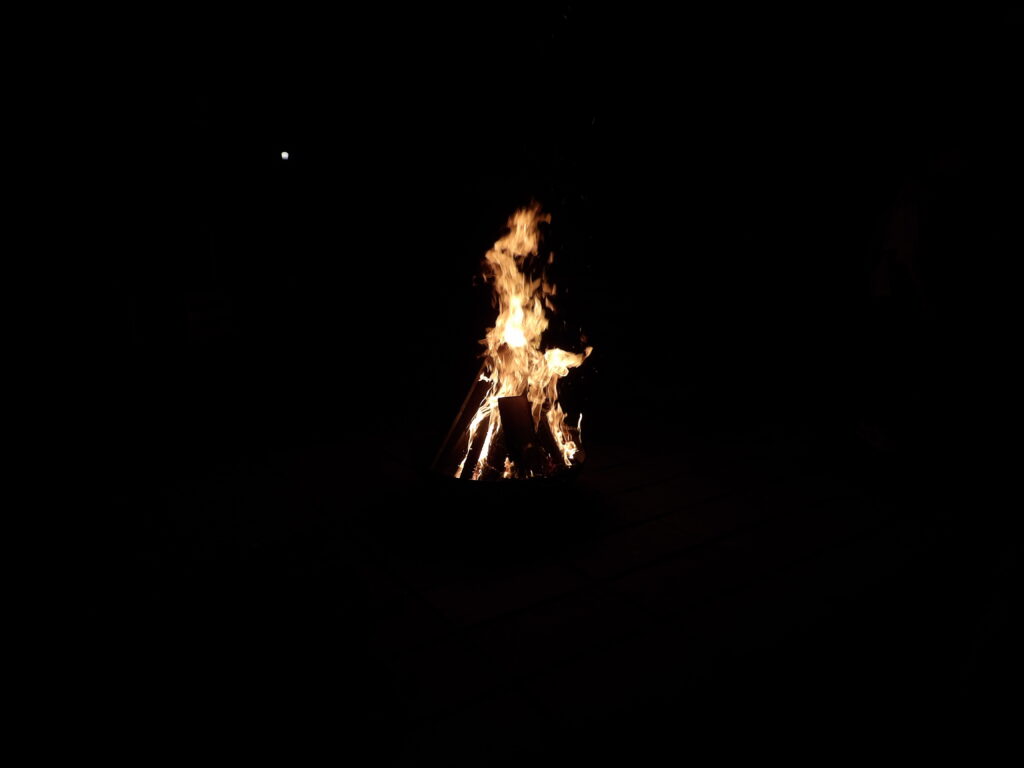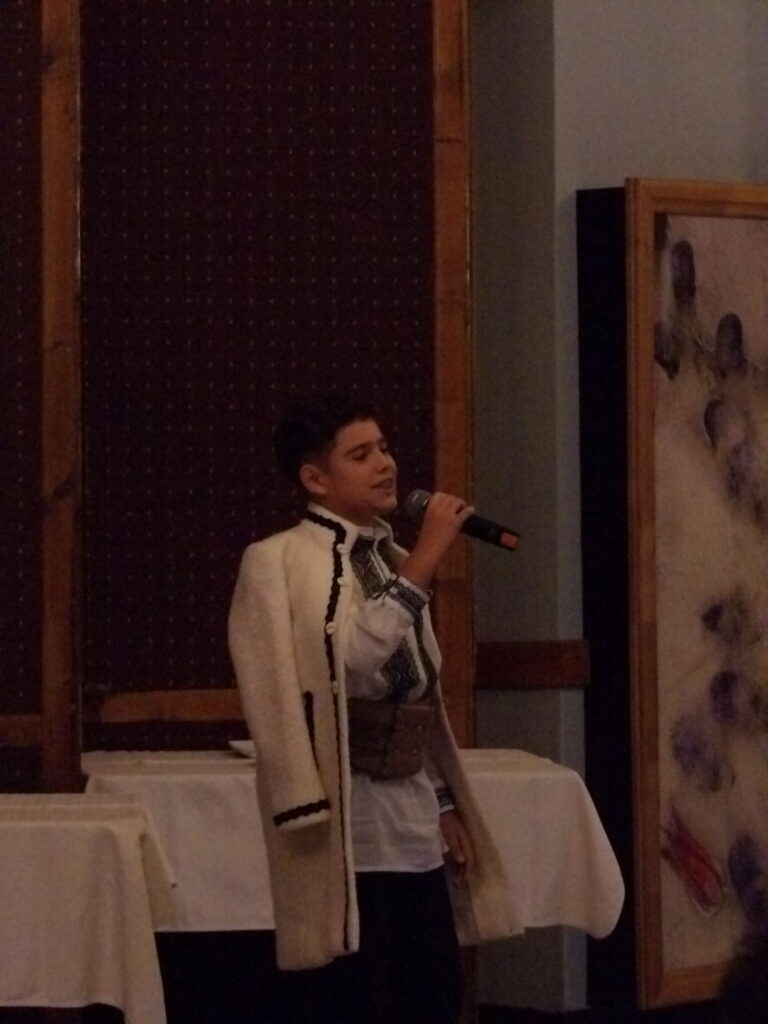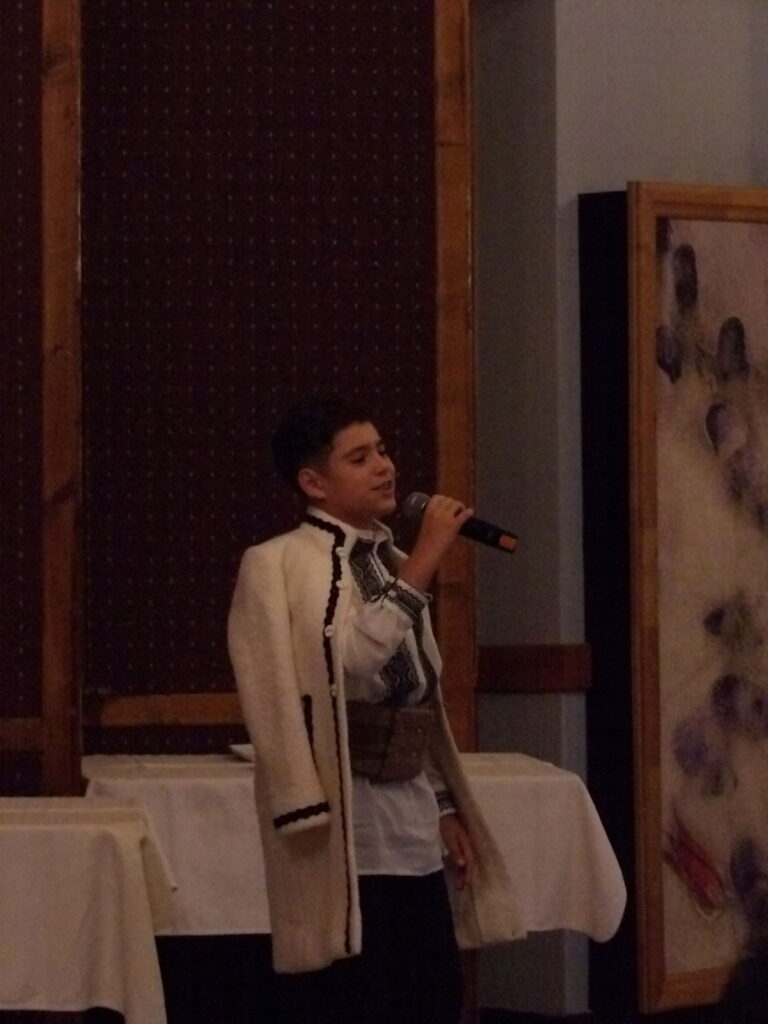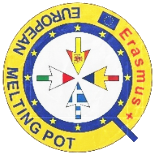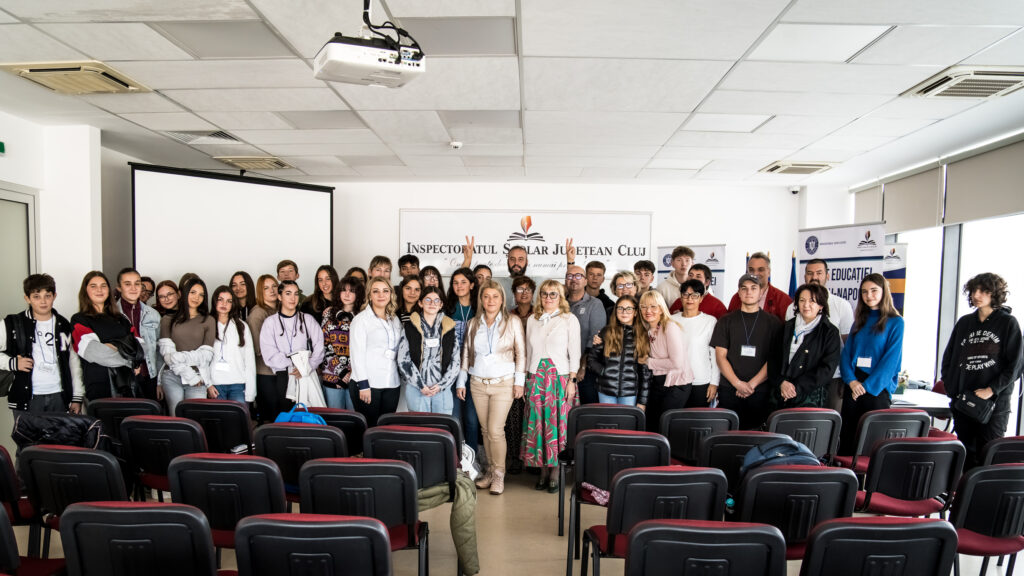
C3- A Snapshot of the Joy of life through dance, music, food and art.-Romania
Day 1: – Travelling to the meeting venue (guest partner schools)
Day 2: – Project Meeting Opening Ceremony (host) – Introducing the partner schools, presentations of partner schools (host school and partner schools) – Talk to me! (getting to know each other, icebreakers, survival language skill-games) (host and partner schools) – Presentation of the city/ region where the project meeting is being held (host)
Day 3, 4, 5 activities following the main theme of the meeting project: (host partner school and guest partner schools)
Students had a workshop on learning about editing and videorecording , learning about subtitles and applying them to videorecords, making an ephoto album, making a traditional e-book on the topic of folk food and recipes- https://empathy-erasmus.gr/project-result/grandmas-recipe- book/There was also one activity on the topic of traditions/ heritage/ common European values, in which students used the experience gained in the previous ICT activities and applied their know-how in order to make the products of the project.
Topics: 1. Participants created media content through which they wanted to transmit elements of all project participants’ cultural heritage to posterity, to rediscover customs related to land work, harvesting, holidays.
- Students, in mixed groups worked together on Folk costumes and folk art around Europe, in order to create a collection, an e-book photo album with exhibitons of folk costumes and traditional craft objects made with the help of many students with low school results in order to make them feel useful and attracted to school. Students coming from rural areas collected information from their grandparents, shared them with the others and together organized materials, translated it into English and created digital tutorials on “how it’s made”.
Participants also made an E -book of traditional food recipes from each partner countries which was then uploaded on the site, together with tutorials on how the food is ma de. -https://www.canva.com/design/DAGEXLAmyC4/Dw1wR6UfYfLPRbHP-_AFsw/view?utm_content=DAGEXLAmyC4&utm_campaign=designshare&utm_medium=link&utm_source=editor Creating a cooking book with grandma’s recipes involved a number of students with drawing or graphic talent and some of these students come from disadvantaged backgrounds.
Culinary art was thus rediscovered by recreating recipes specific to each country involved in the project. They can be found in the e-book of legends and in the virtual museum on the following links. https://empathyerasmus.gr/project-result/erasmus-legends/
https://empathy-erasmus.gr/project-result/virtual-museum/
One activity in the form of a show,- called The Havest Day, organized in the last day of the LTT, which contained a folk show with lots of traditional songs and dances of all partner schools connected to the theme of the project meeting and involved learning a specific type of folk dance by organizing shows with folk dancers and singers especially students from rural areas which are closer to traditions. There was also a very interesting and funny contest in which, students organized in mixed groups had to make traditional Romanian meat and rice cabbage rolls – sarmale. This was possible due to our partners- Restaurant Broscuta which has a kitchen and provided us with the ingredients and all necessary materials. It was really funny and engaging for the students and they proved to be all good at preparing traditional Romanian food. It was called the Havest day as there was an exhibition on this topic because this day had a great importance in our history.
During the meeting, we also had a presentation of students’ products in the form of an exhibition/presentation of multimedia materials (all partners).
The meeting ended with the evaluation and feedback (all partners), awarding participation certificates/ diplomas (host to students and teachers
involved in the project activities), Project Meeting Closing Ceremony (host)
Day 7 – Travelling day for the guest partners.
Methodology All activities involved students (13-16, 300 students with direct and indirect involvement) who worked in teams to make presentations, films or brochures, exhibitions containing art and craft their grandparents’ houses.
Results Students worked together and developed managerial competences, motivated the others, solve problems, make decisions, negotiated, cooperated to make the final products. Dancers Taught their colleagues to dance or to sing. Students were taught to appreciate authentic values and the beauty of our ancestors’ world and heritage.
Products: video-tutorials of traditional recipes, e-book recipes, exhibition of folk costumes, craft objects in a European stall on the school hall, e- photo album, Methodological guide for teachers (containing suggestions on developing activities on the theme of the project).digital map of historical events using Padlet
C3 A Snapshot of the Joy of life through dance, music, food and art.- Romania- media content, ebook of traditional food recipes, video tutorials of crafts and recipes.
Other activities carried on during the LTT in Romania:
Flash Mob with the participant students- on a Romanian folk song with the help of the Cheer Leaders Team in our school.
There were trips to Cluj-Napoca to visit traditional and cultural landmarks and to Alba Iulia to visit the so famous Romanian citadel.
There was a historical- cultural Treasure Hunt organized in Cluj Napoca from the Little Citadel to the Old Town.
Students took part in some outdoor activities organized in Faget with the help of a local organization which promotes and preserves local history culture and traditions. Students and teachers attended a presentation of Roman and Dacian armours and military clothing and weapons as well as a nice presentation on how our people came into being along history. They also had the chance to shut the traditional arch and bow , to ride the horsesand to wear military clothes and armors and to try the old weapons.
The trip to Alba Iulia citadel was also impressive, the students and teachers visited the citadel in an English guided tour and they were informed about our history as well. They saw the Union Hall and they took part in an military and craft workshop organized by the local museum. They attended a video presentation, a live fighting presentation, a live presentation of military clothing and weapons which they could also try and put on. They took part in workshops involving coin manufacturing, writing on papirus, wearing armors and clothes and trying the weapons. Everybody was very impressed and had the chance to find how many things we have in common.
There was also a nice trip to Turda Salt Mine- an impressive local landmark and a trip to Cheile Turzii in the Happy Express train (a colorful train on wheels pulled by a tractor) which everybody liked very much.
DAY ONE#
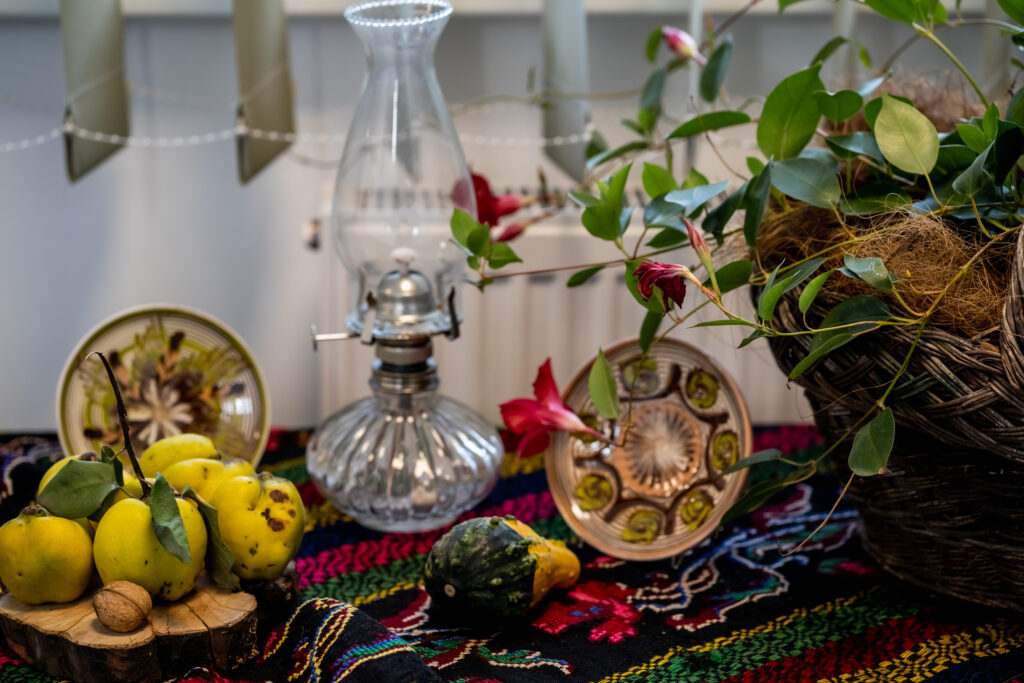
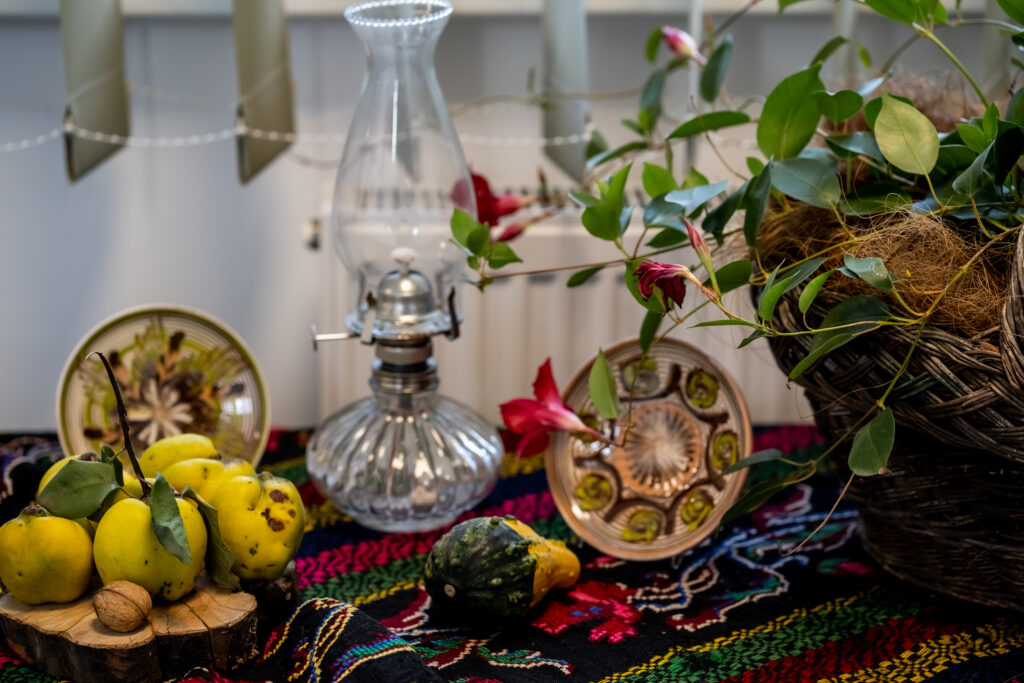
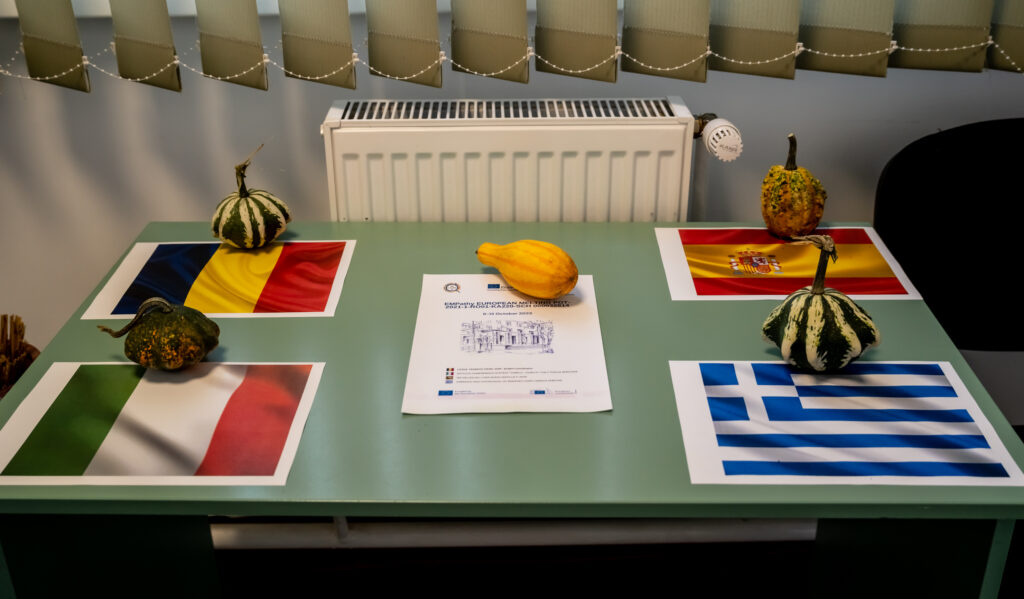
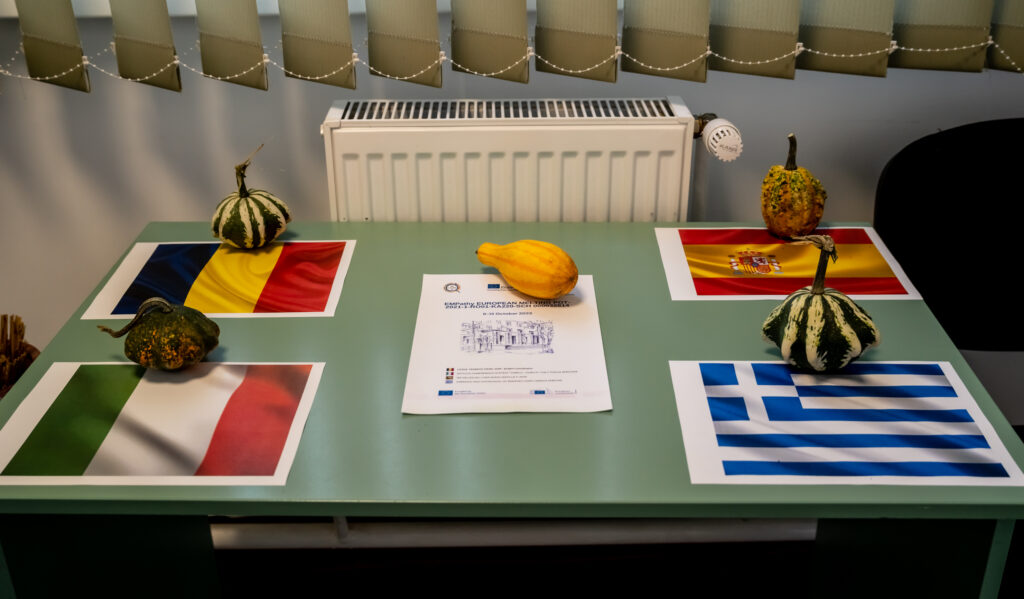
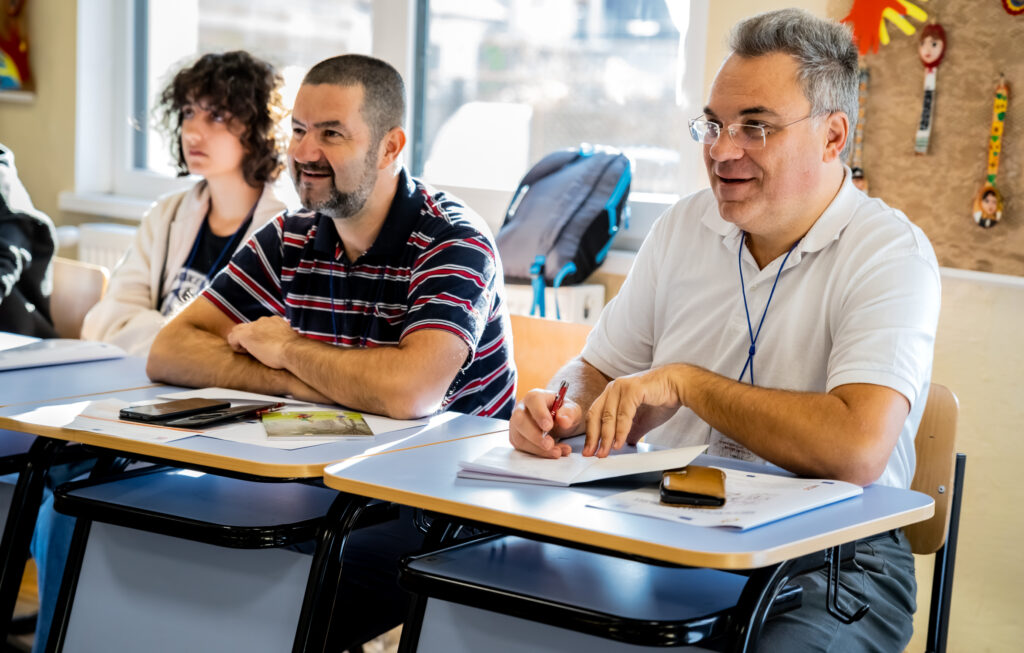
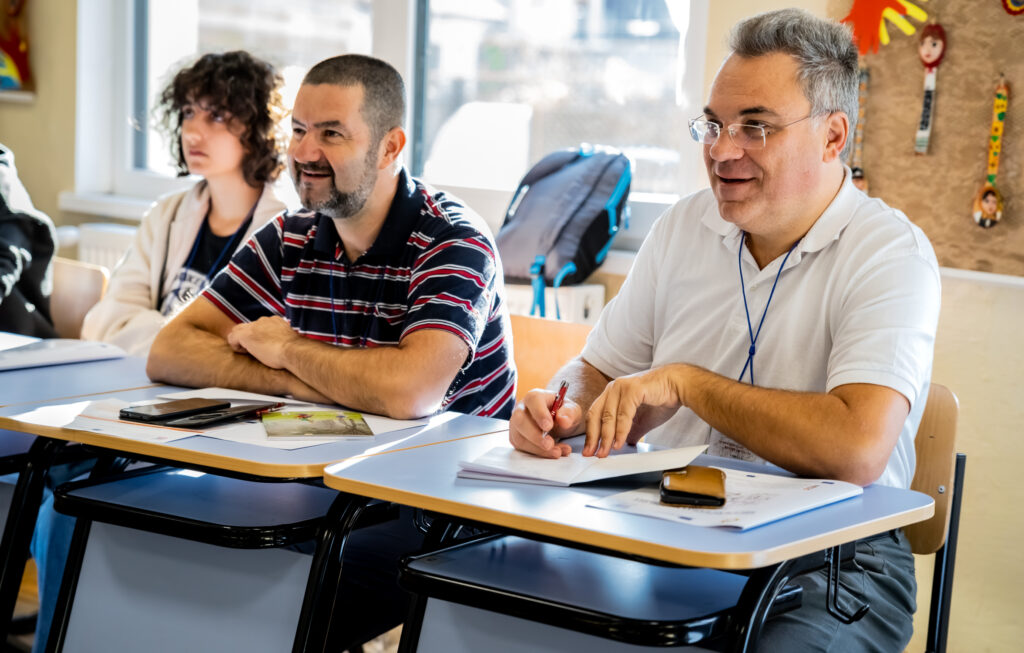
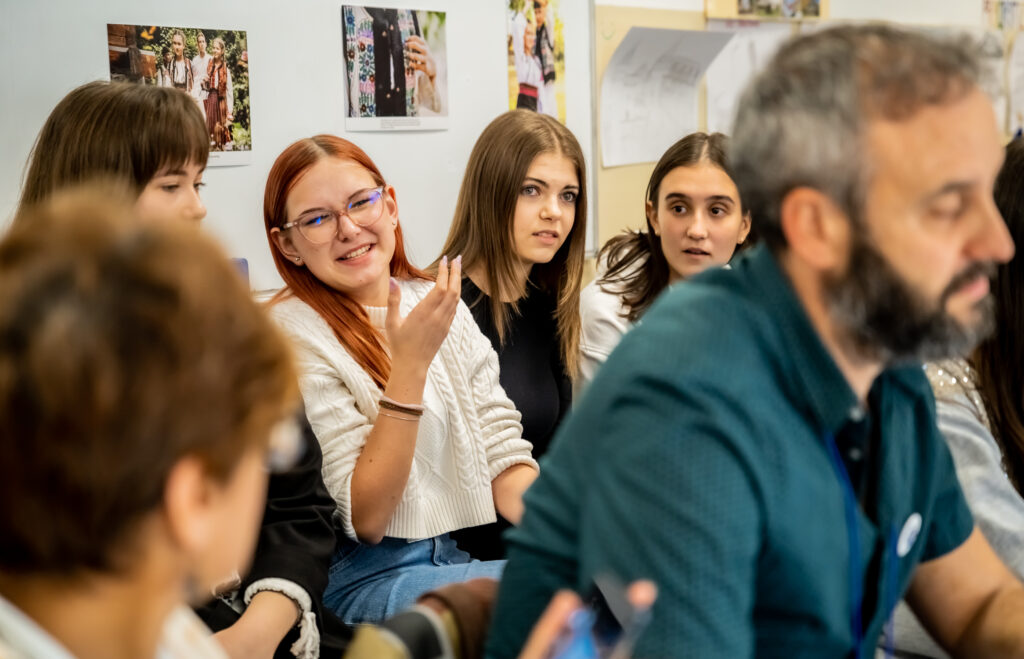
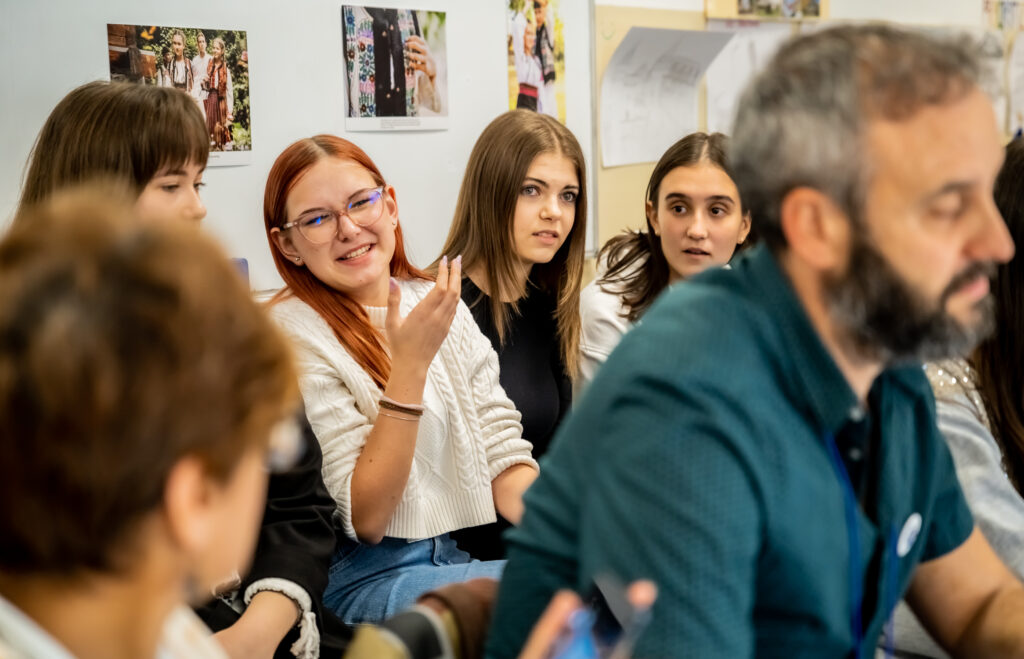
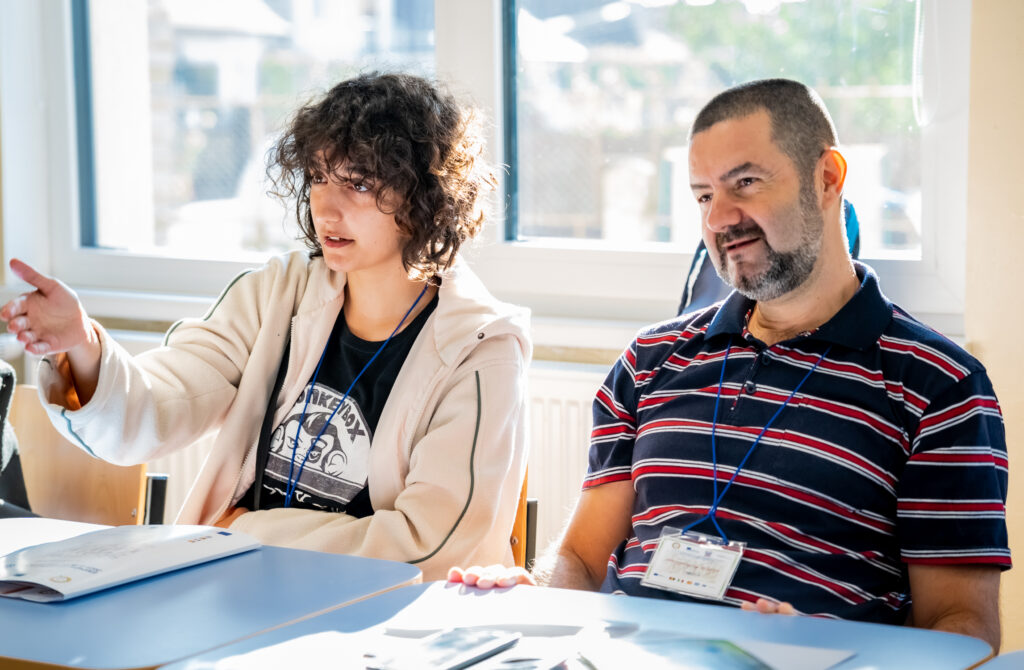
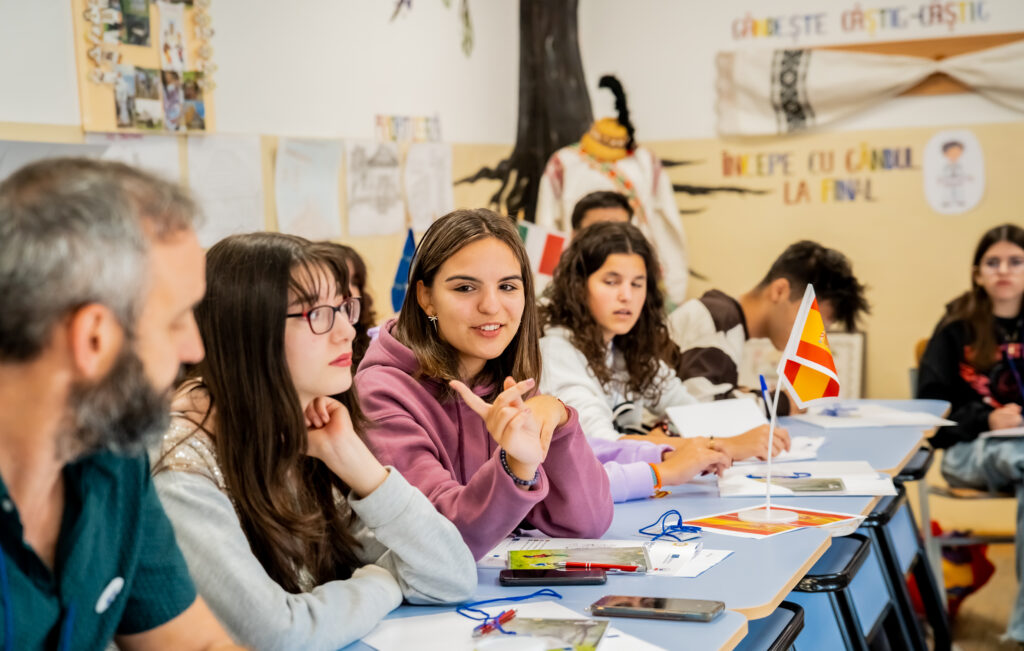
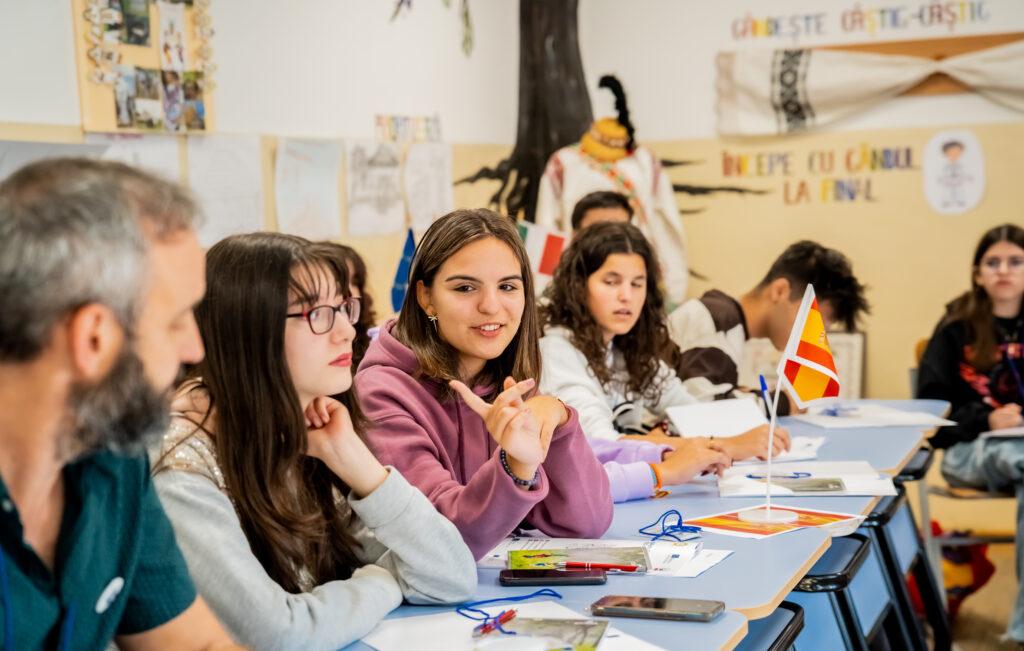
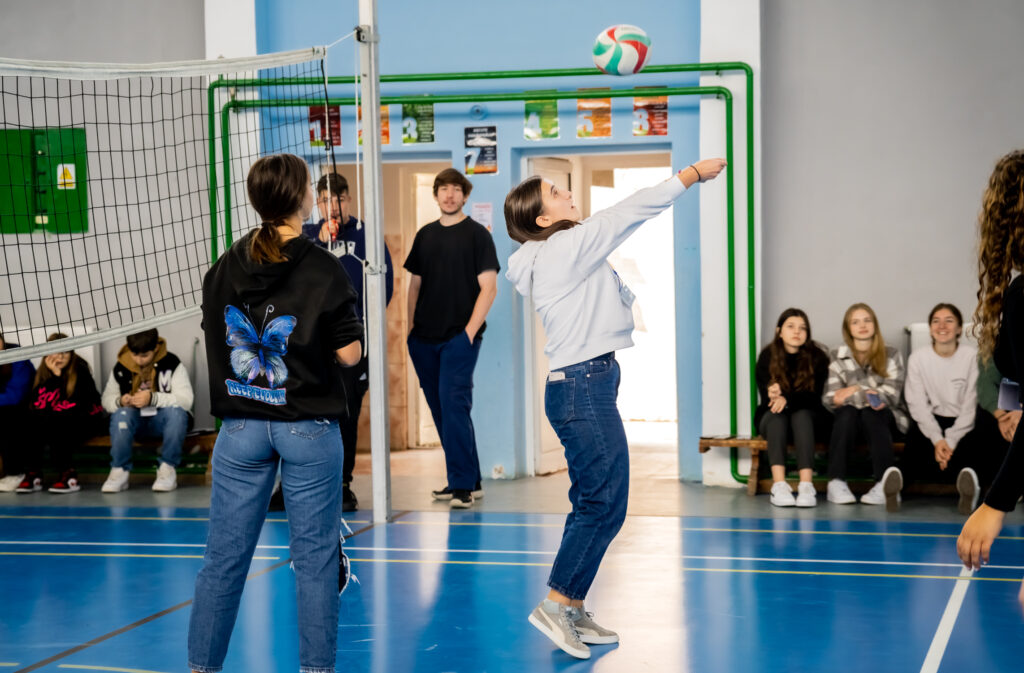
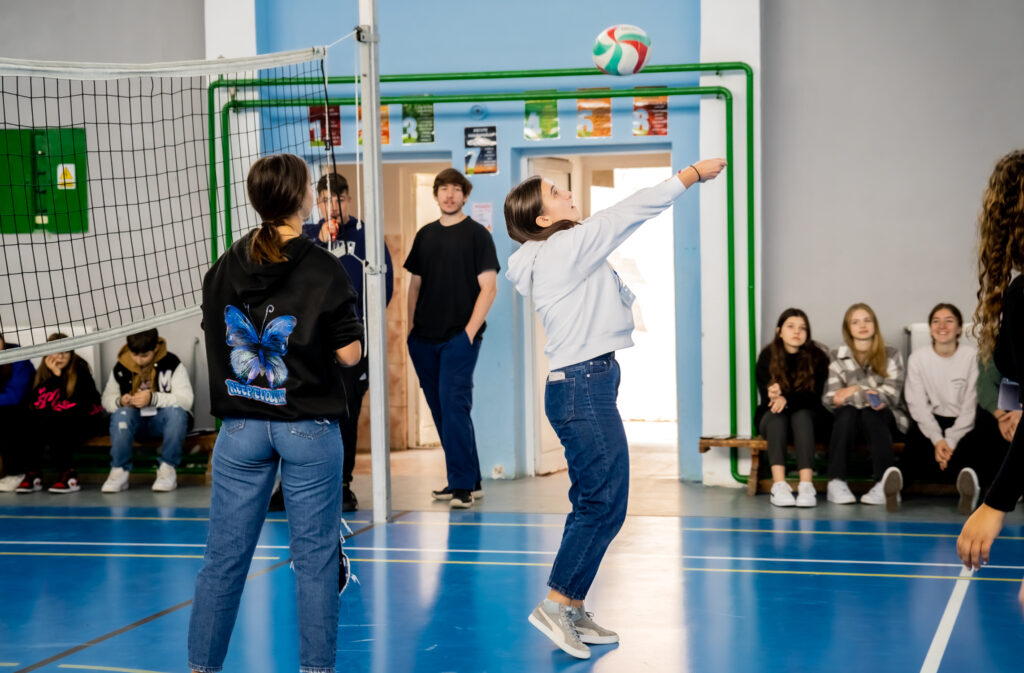
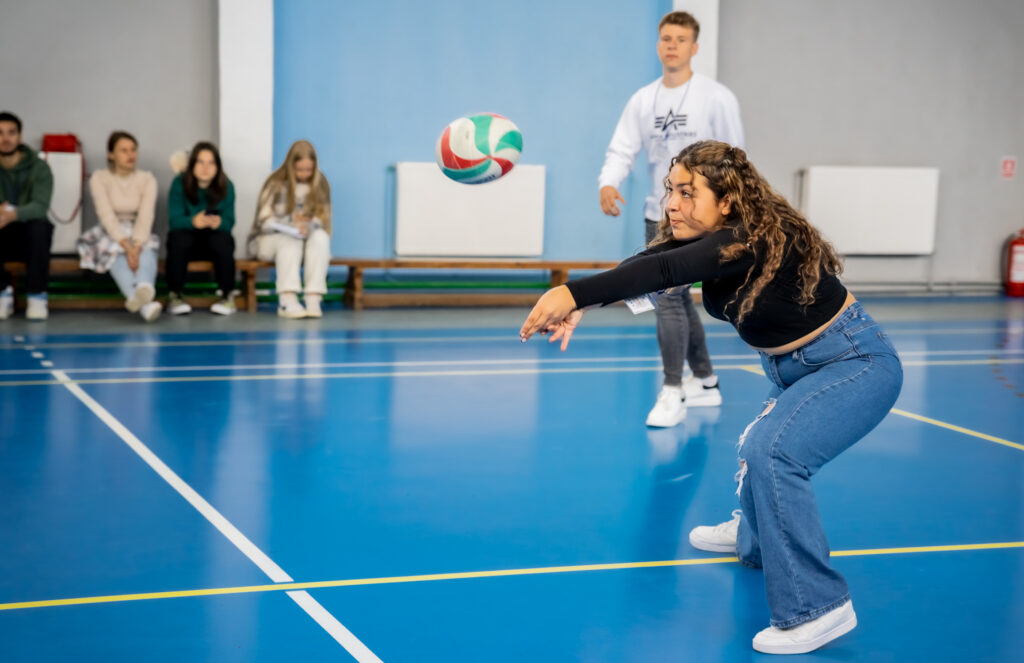
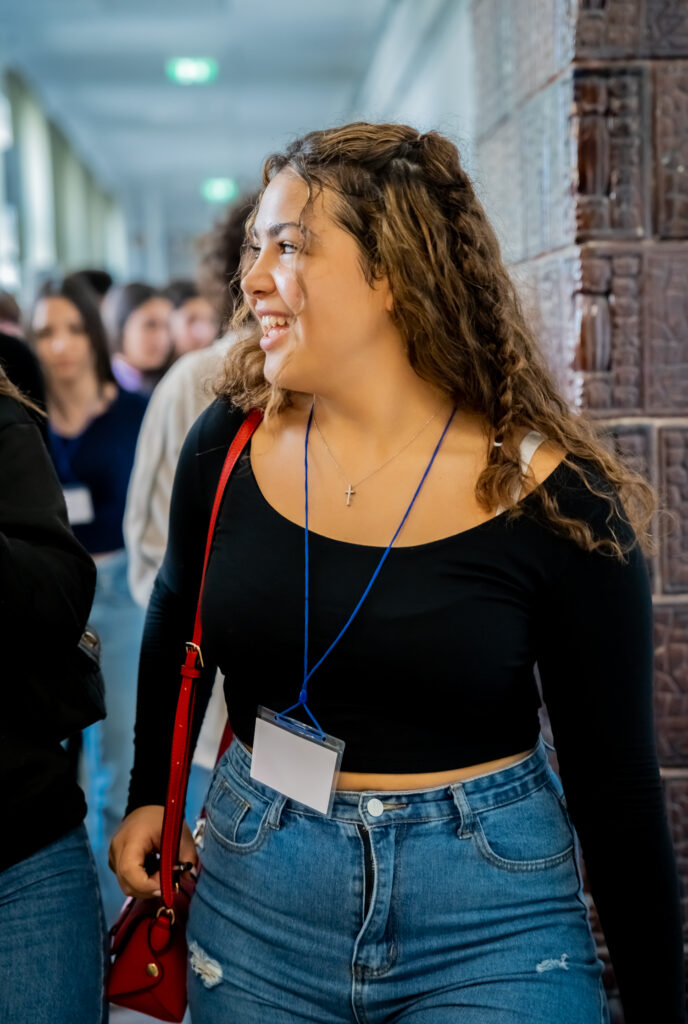
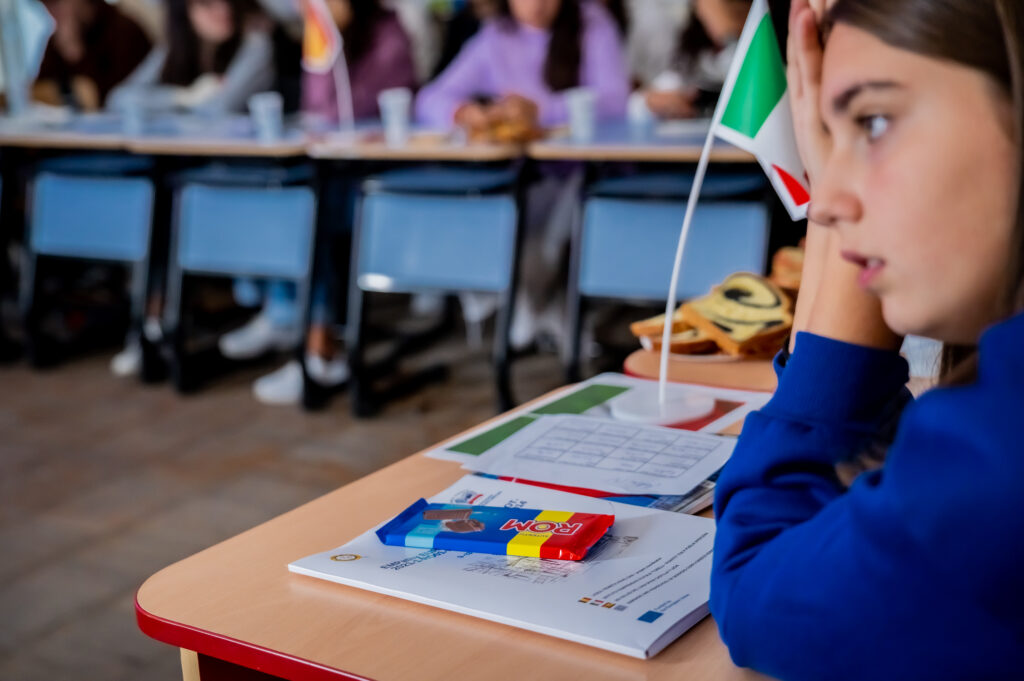
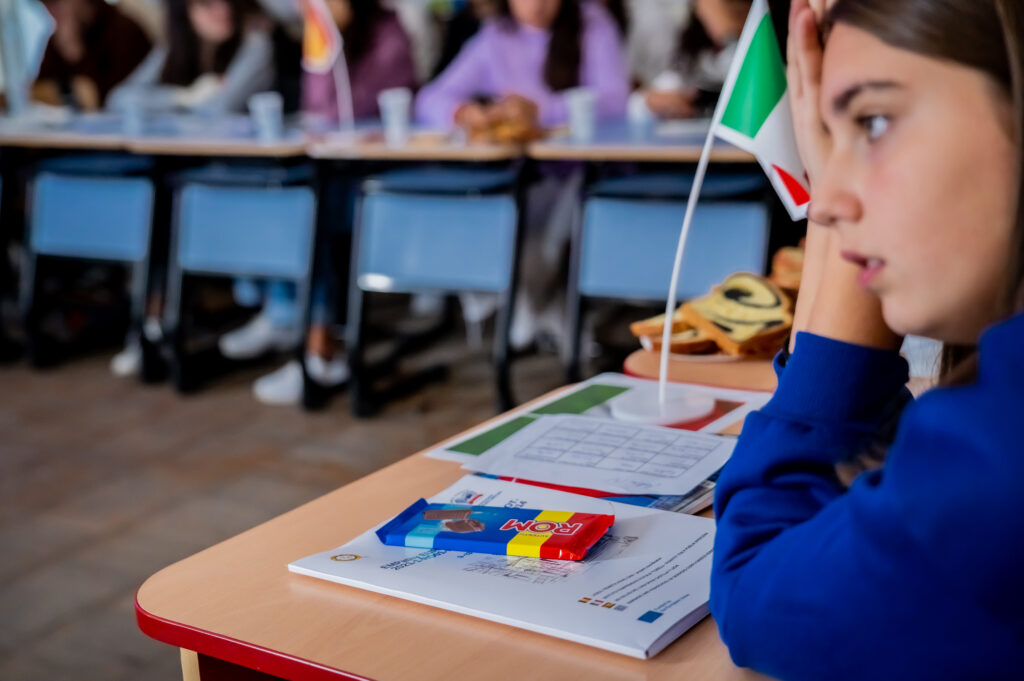
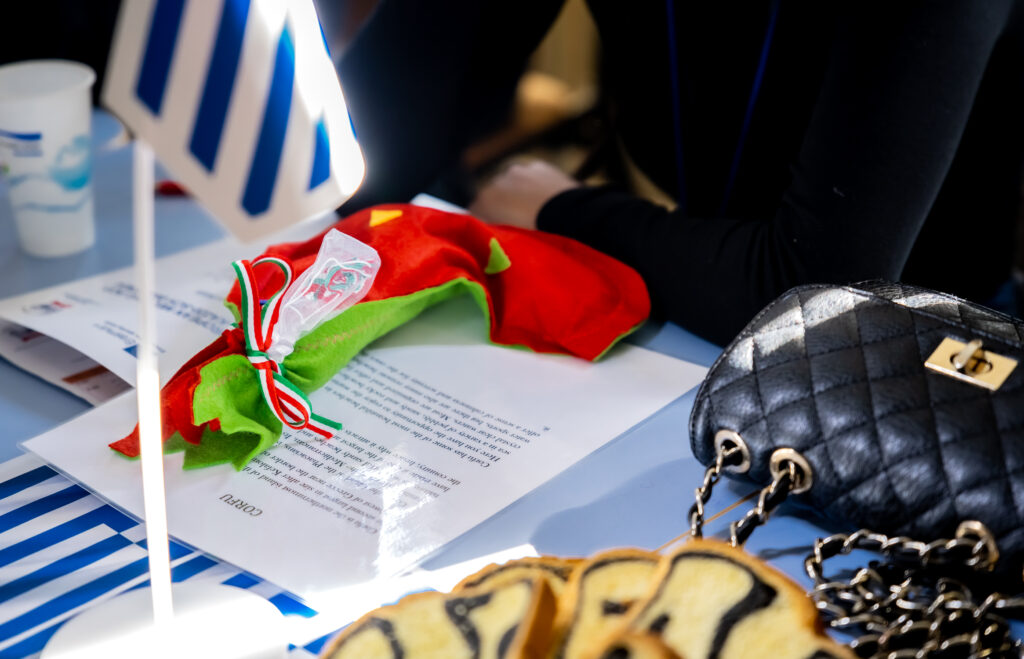
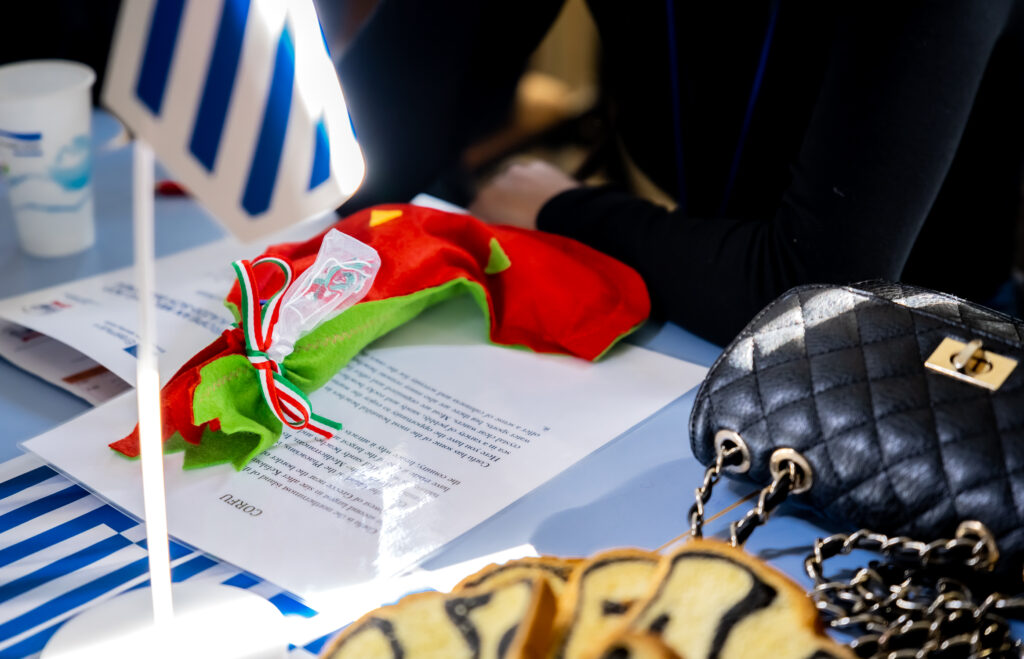
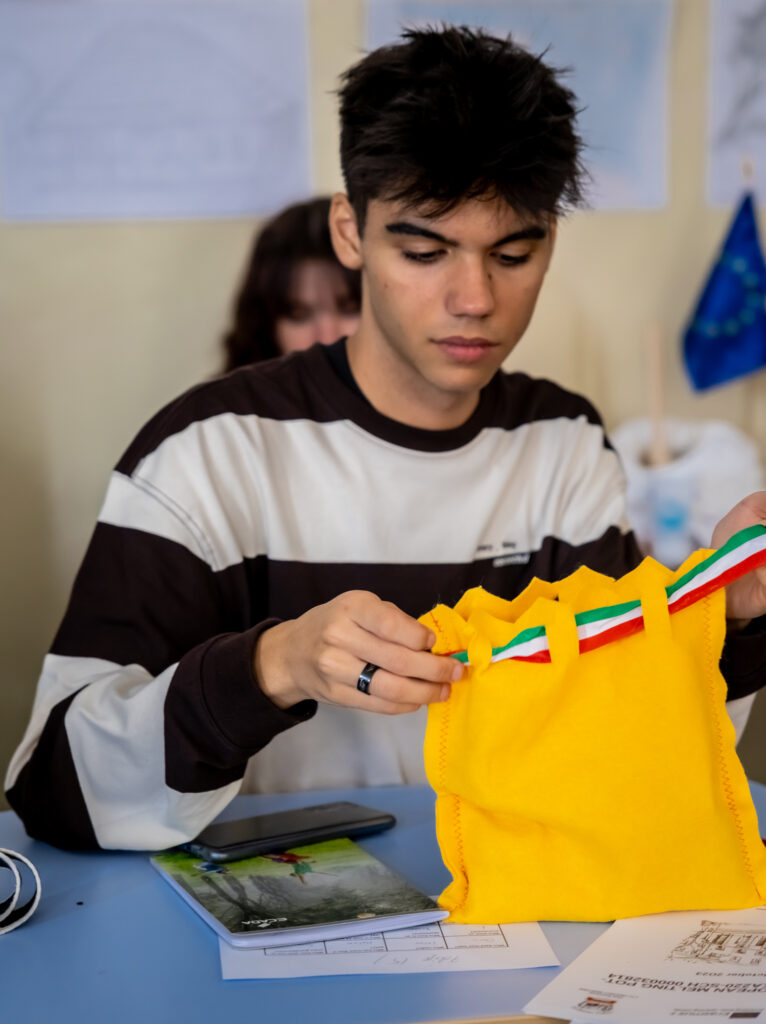
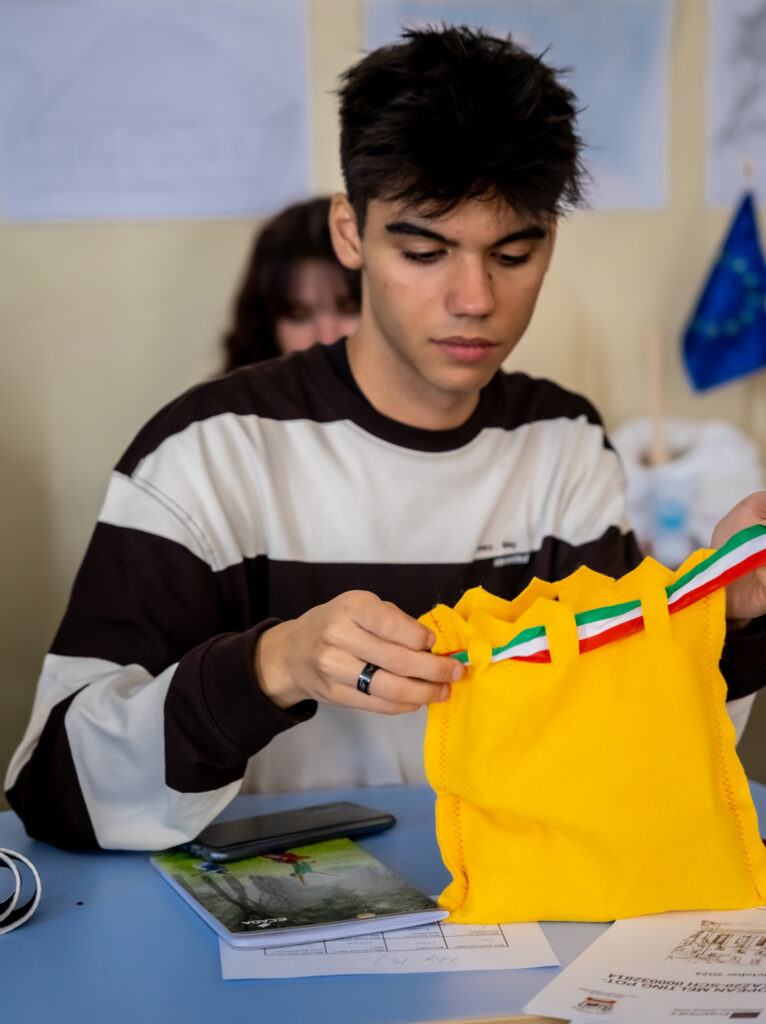
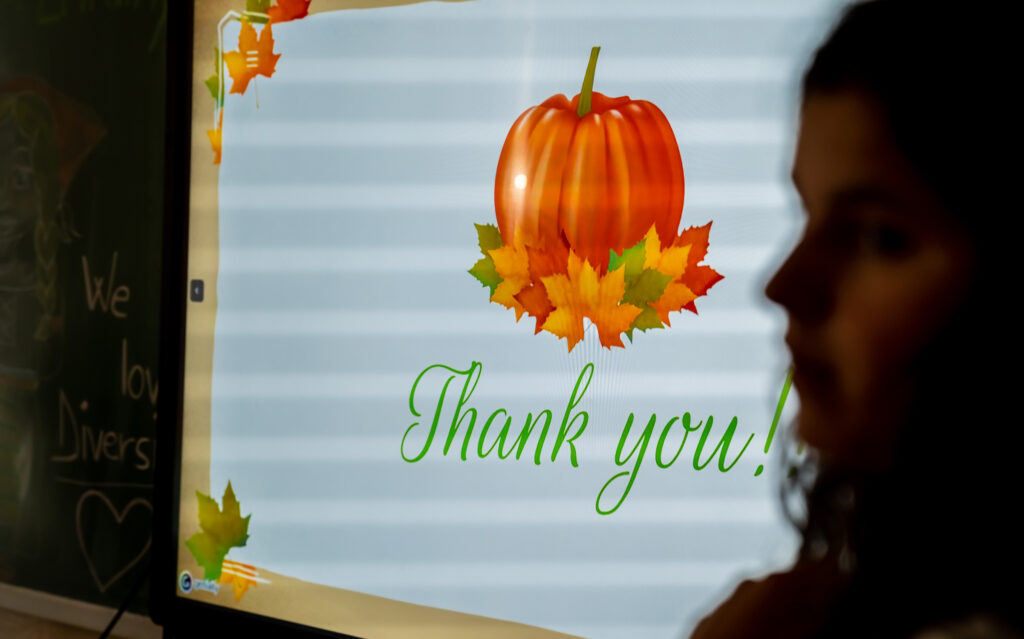
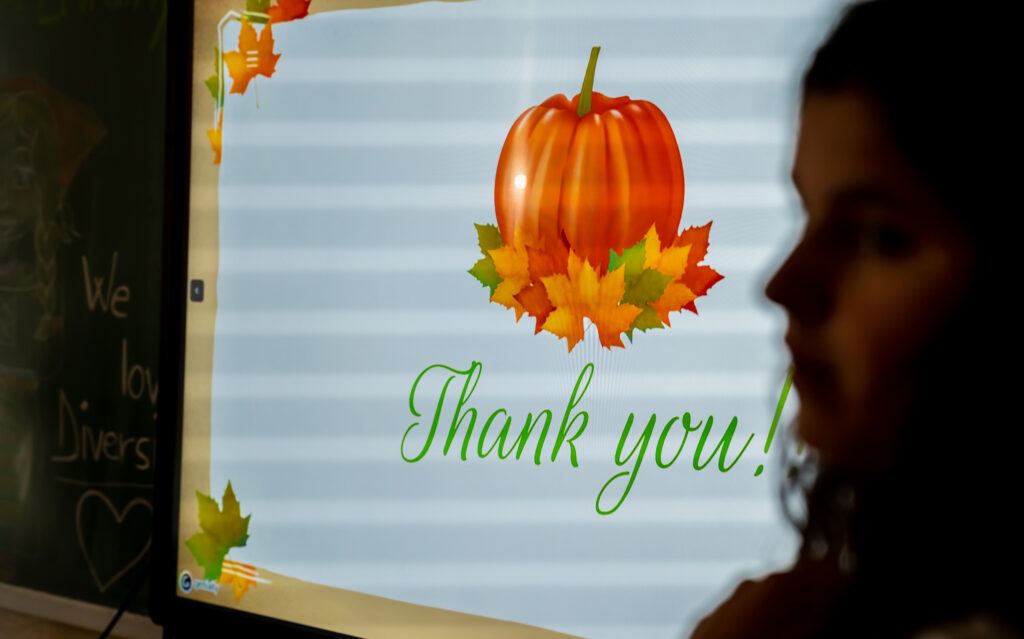
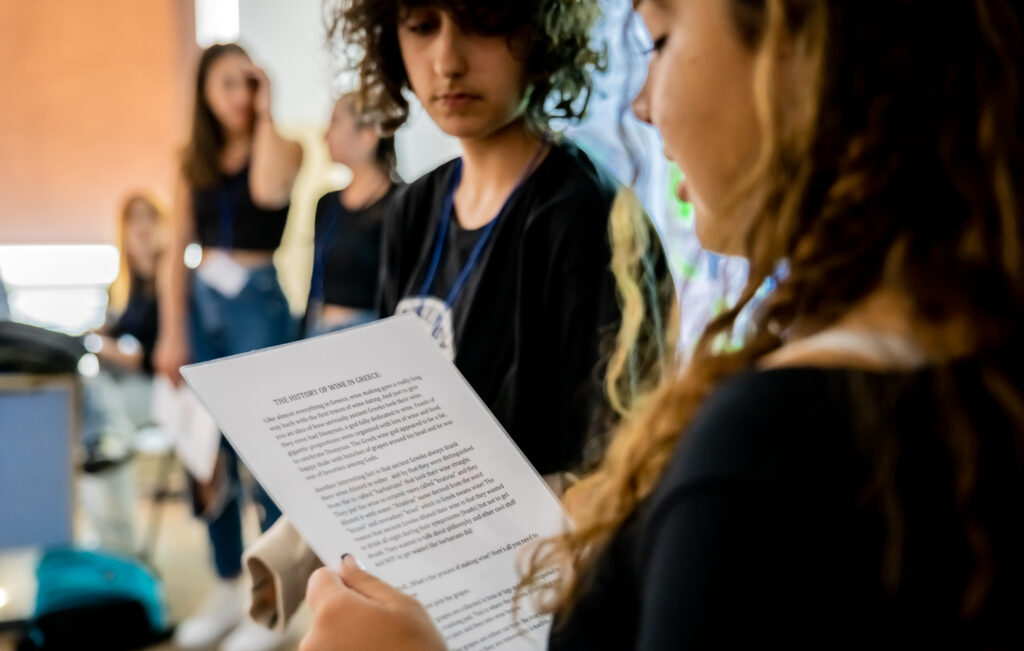
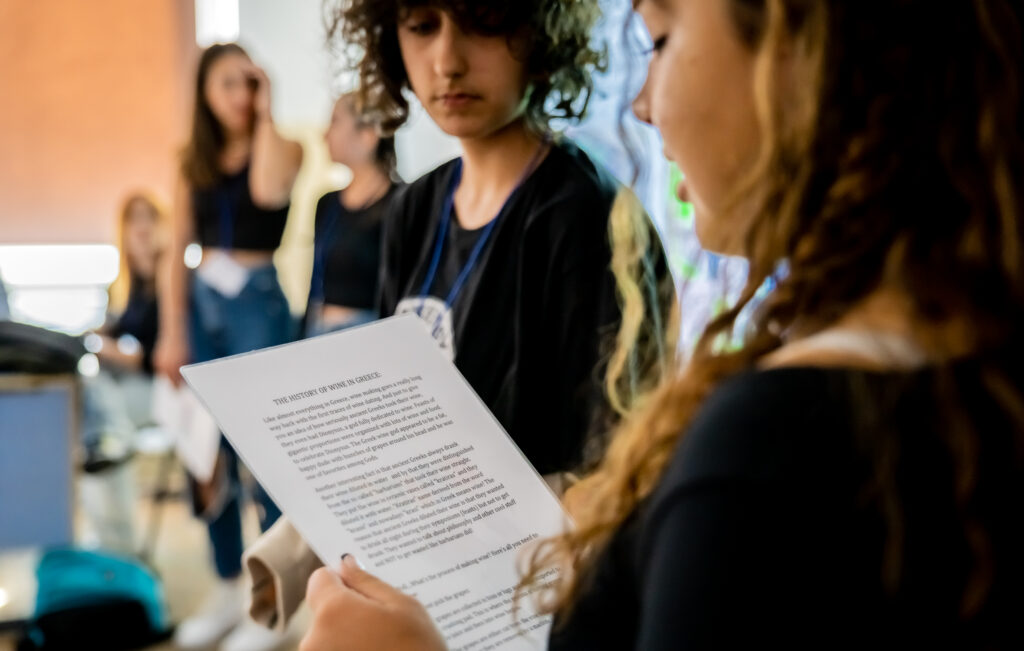
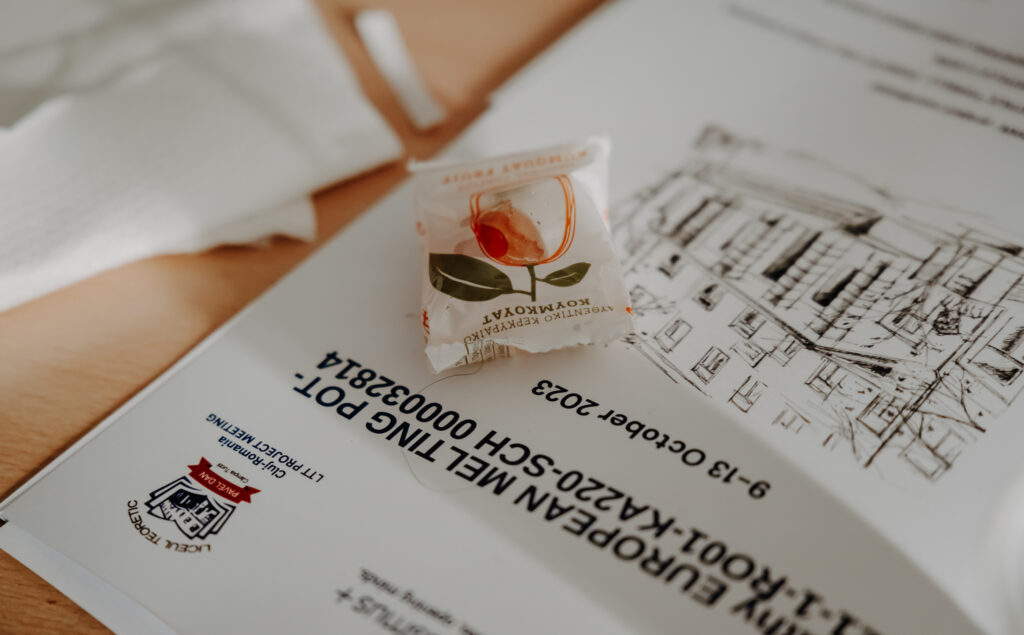
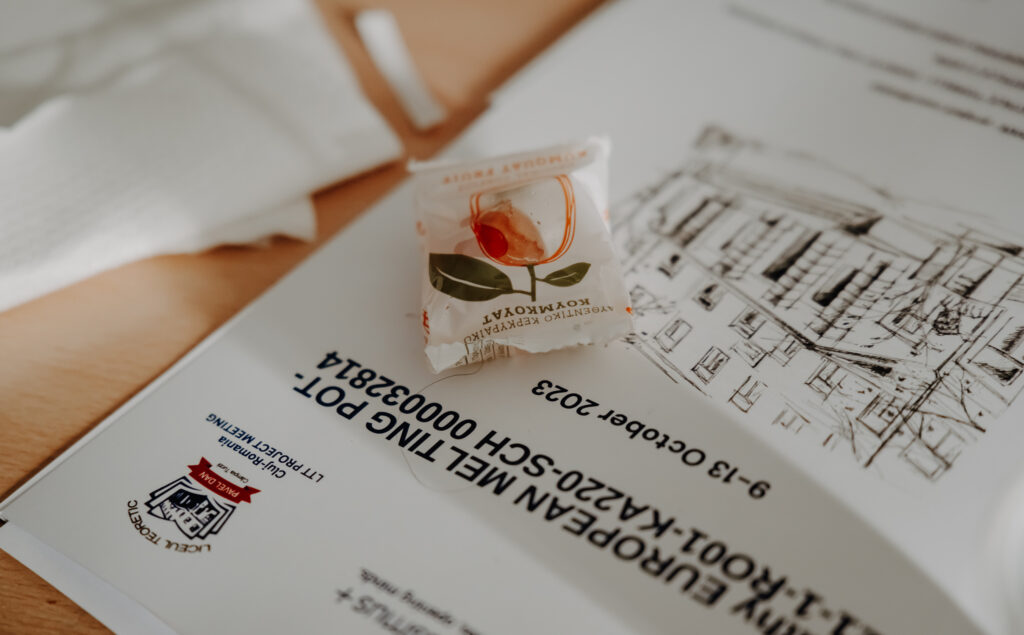
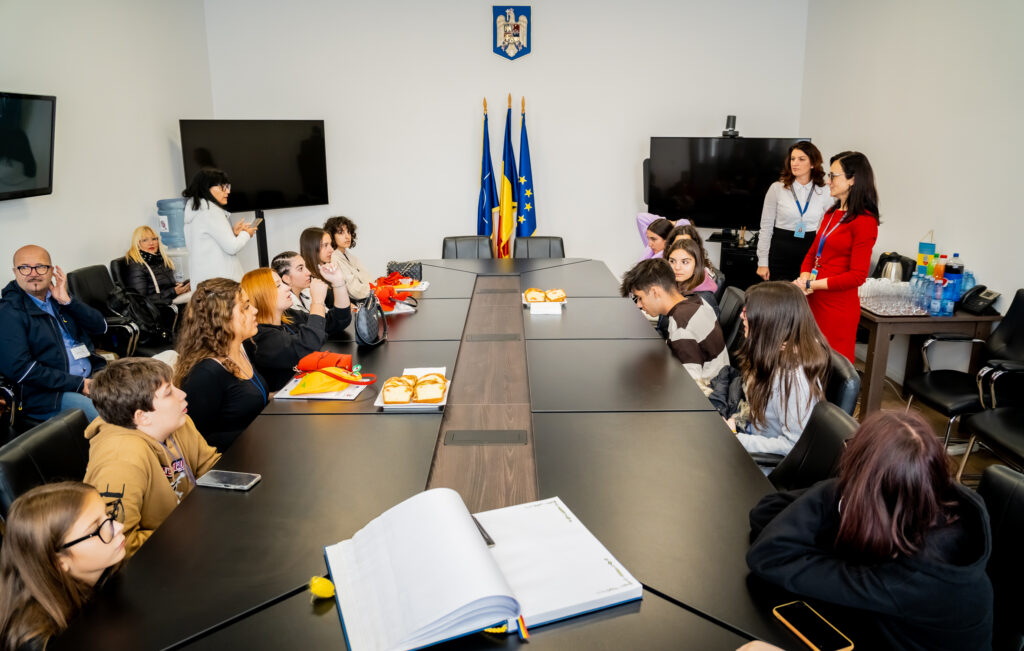
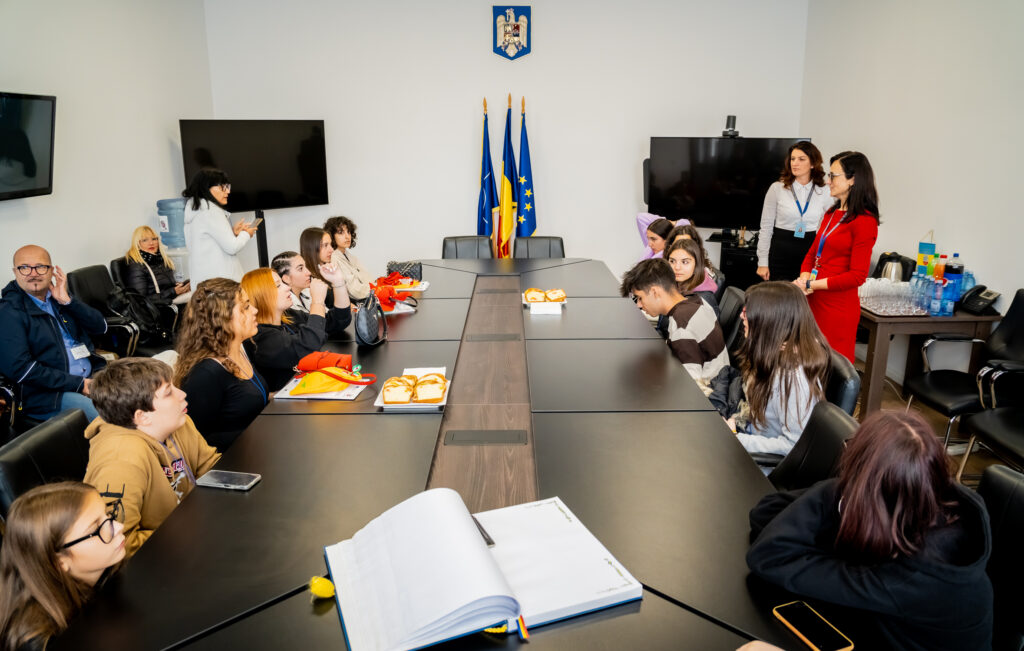
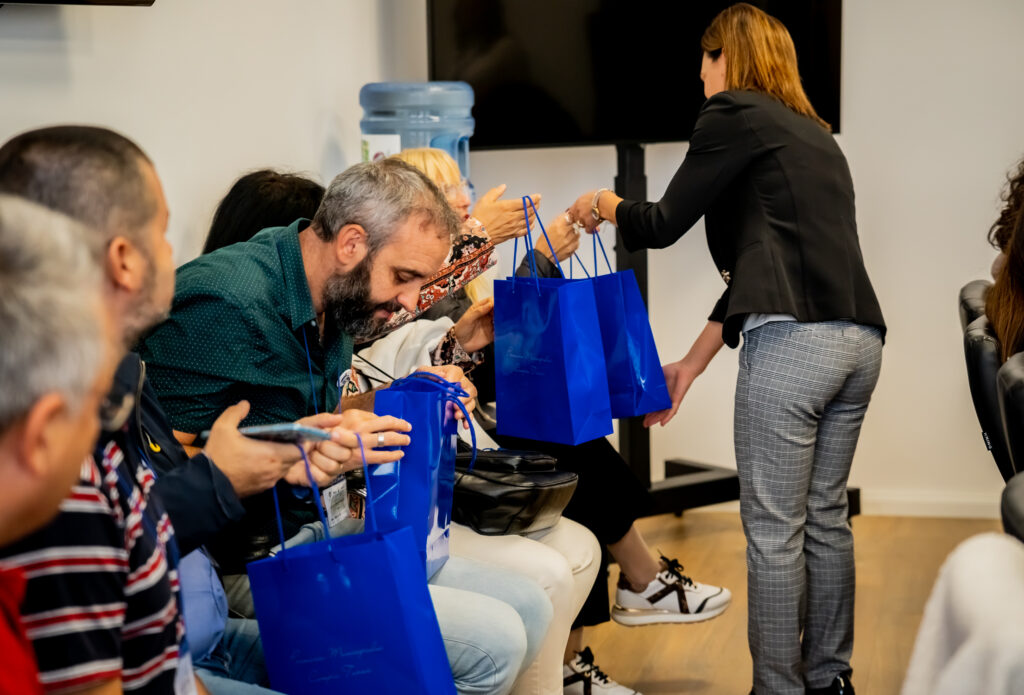
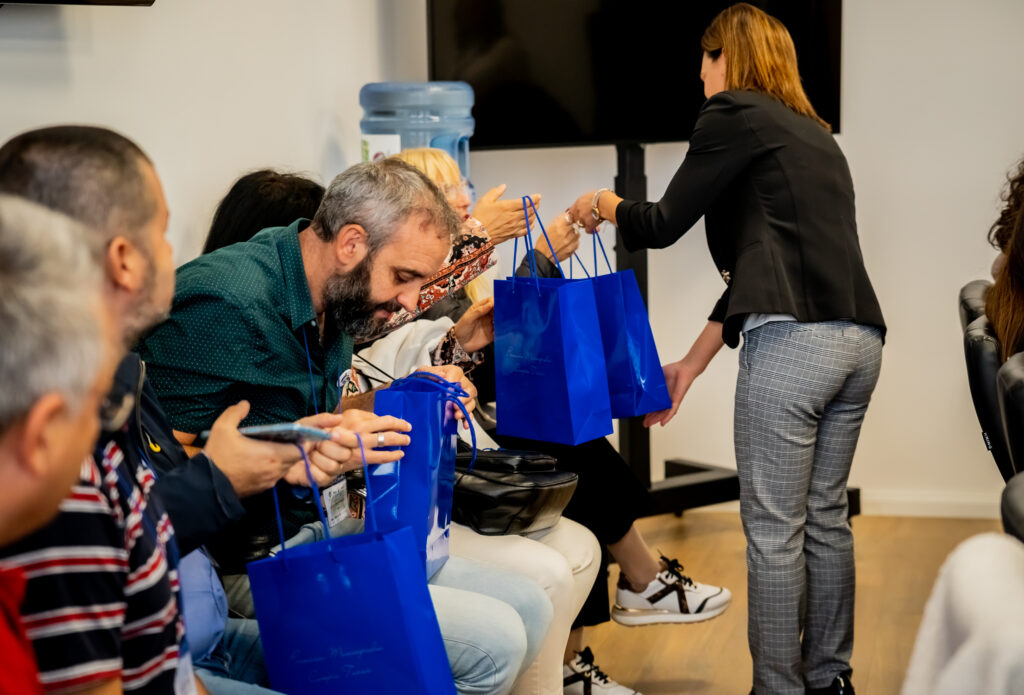
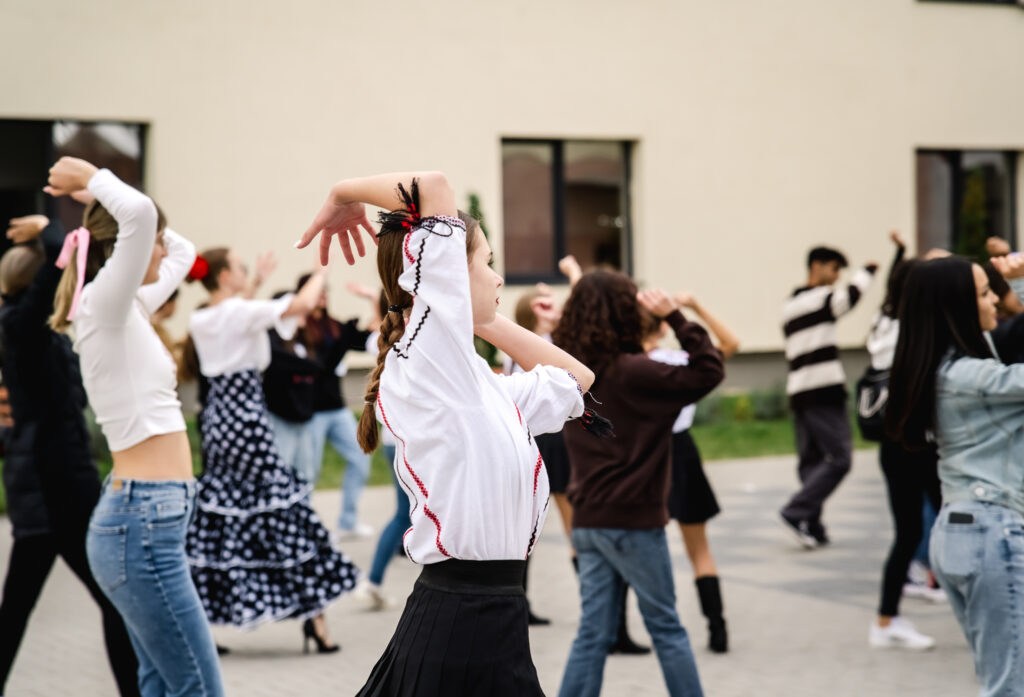
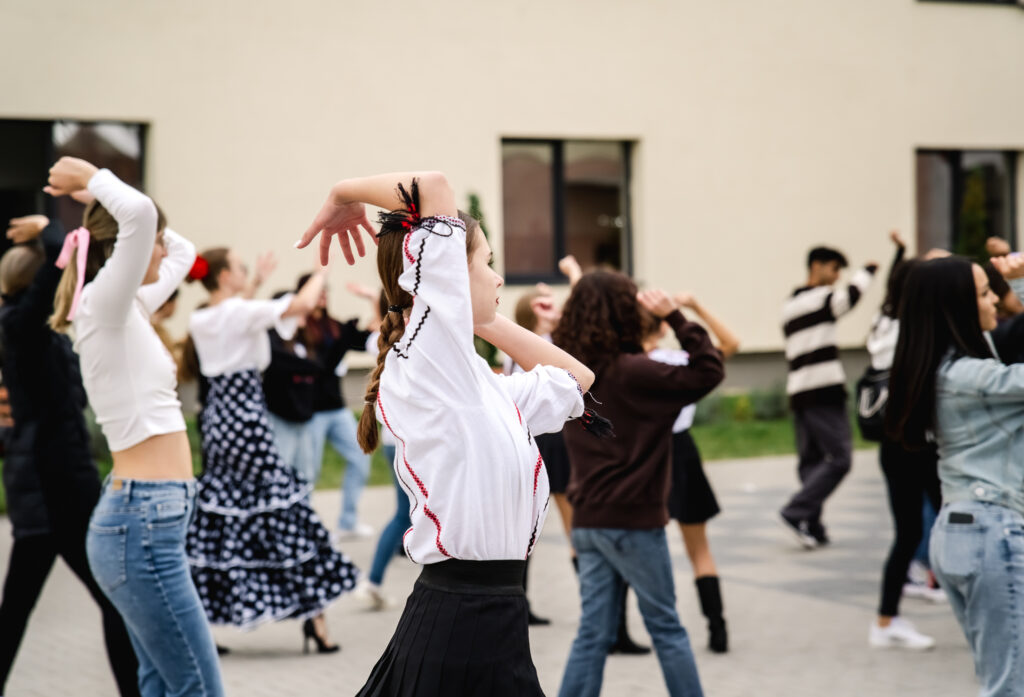
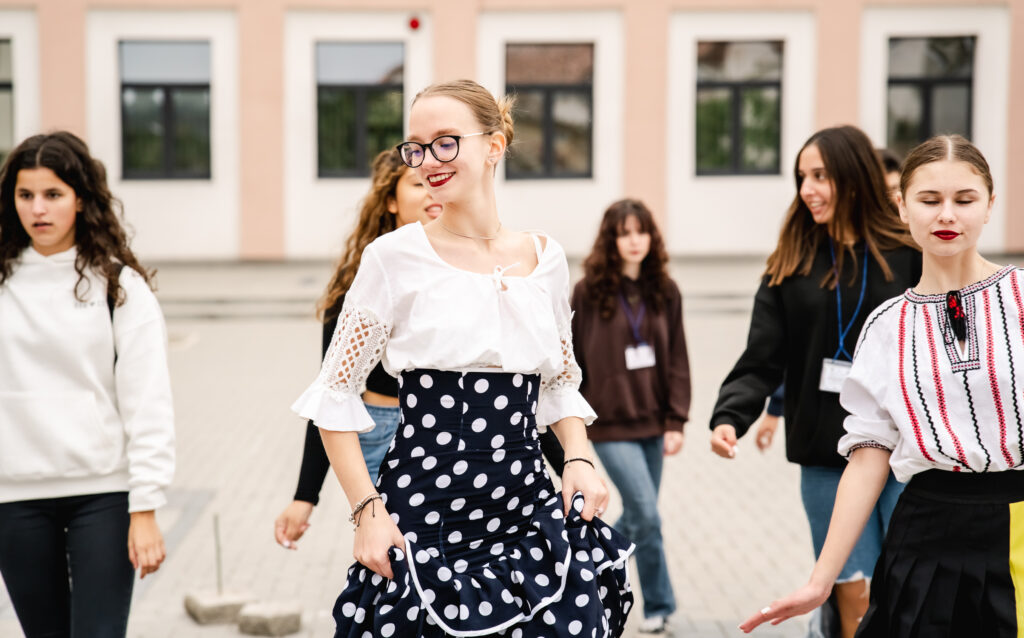
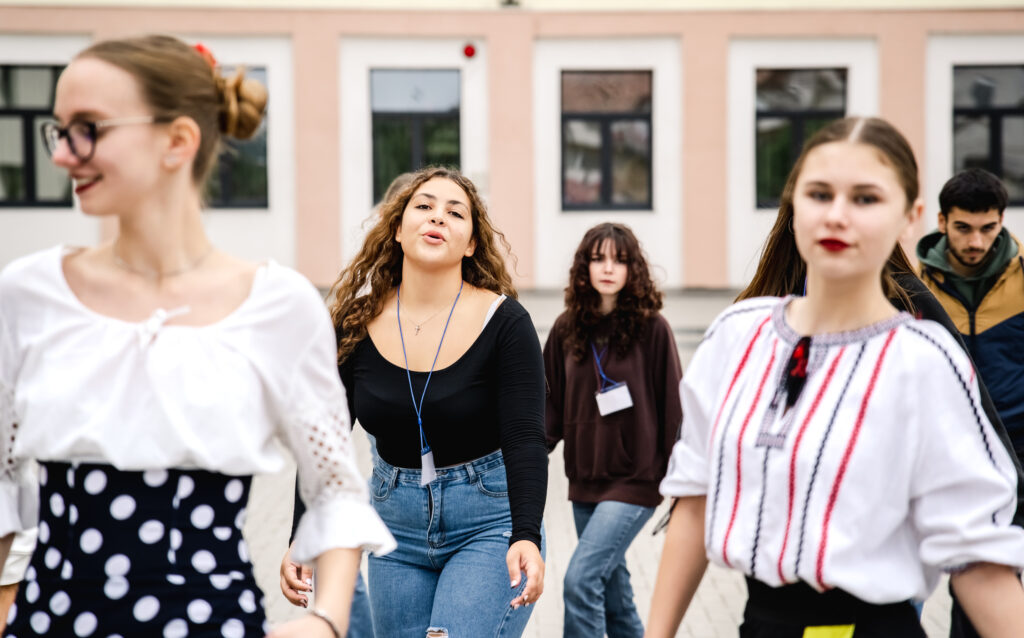
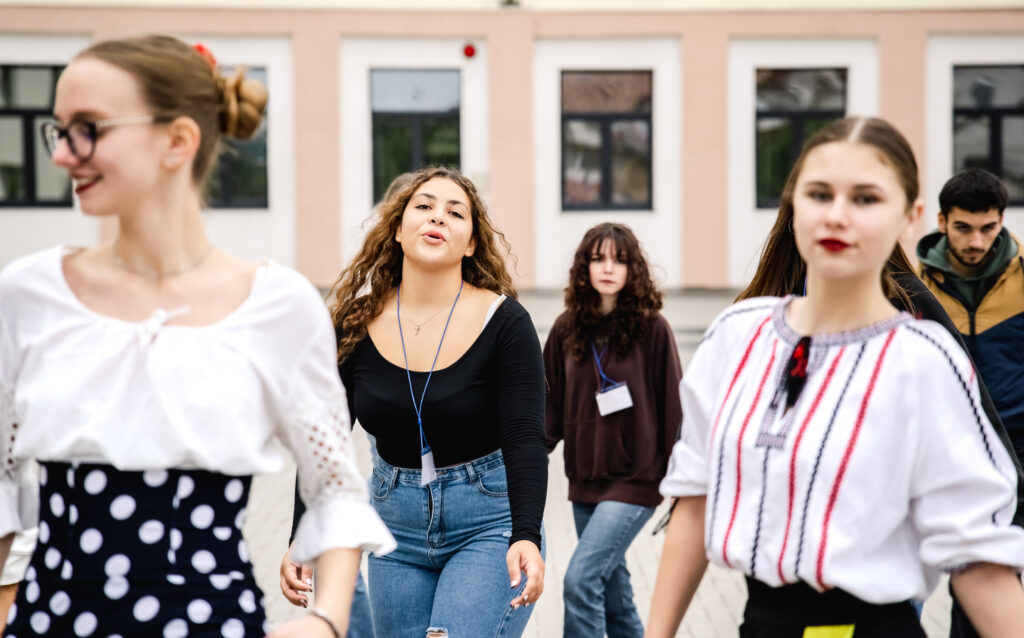
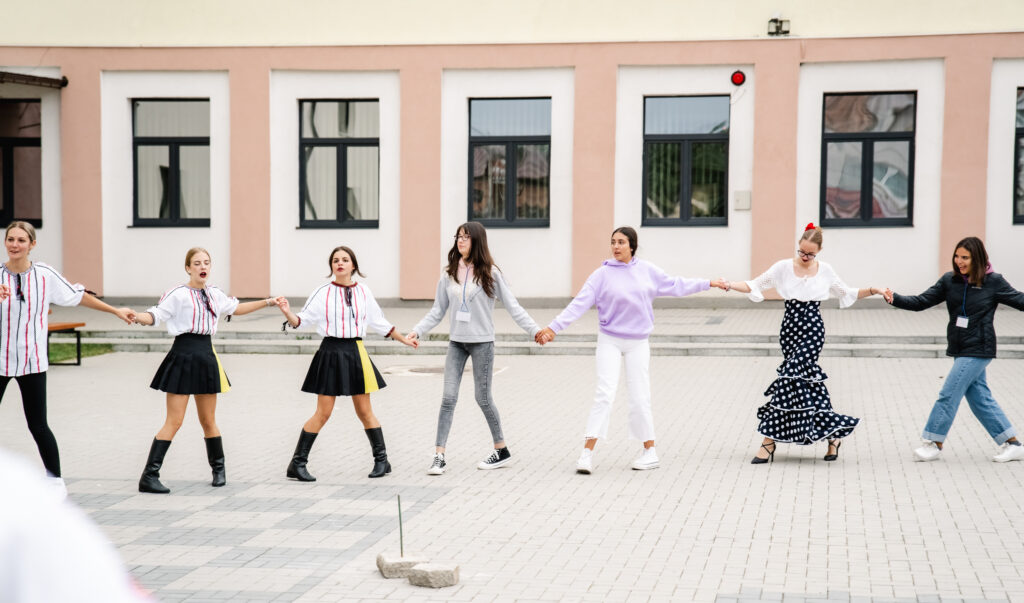
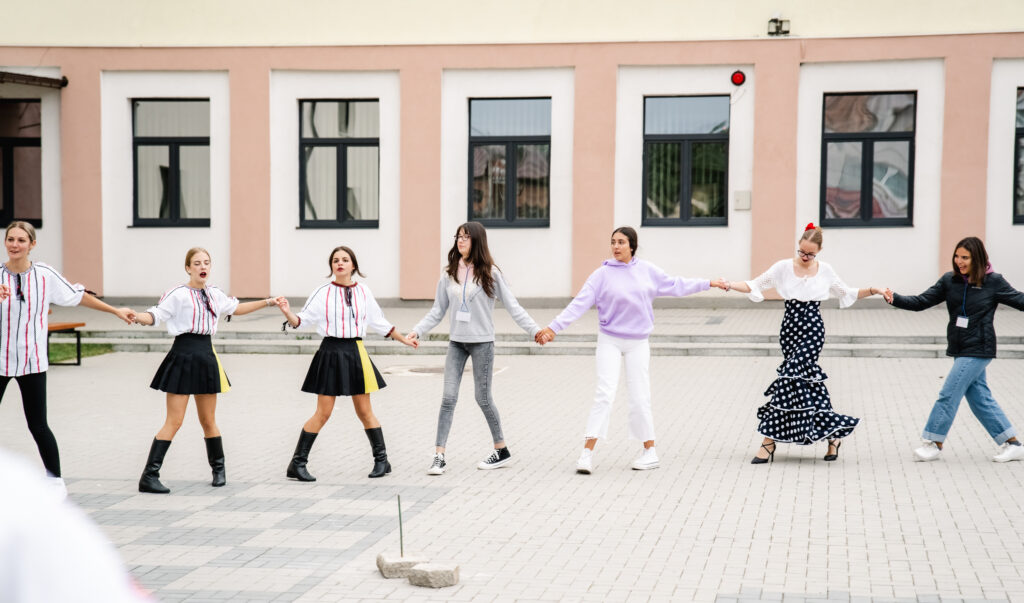
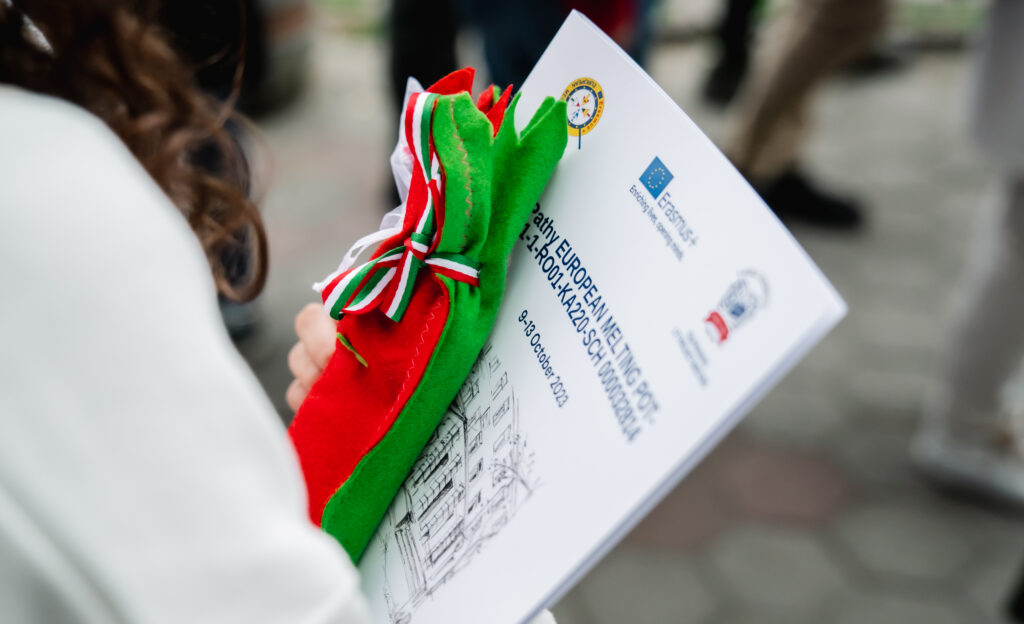
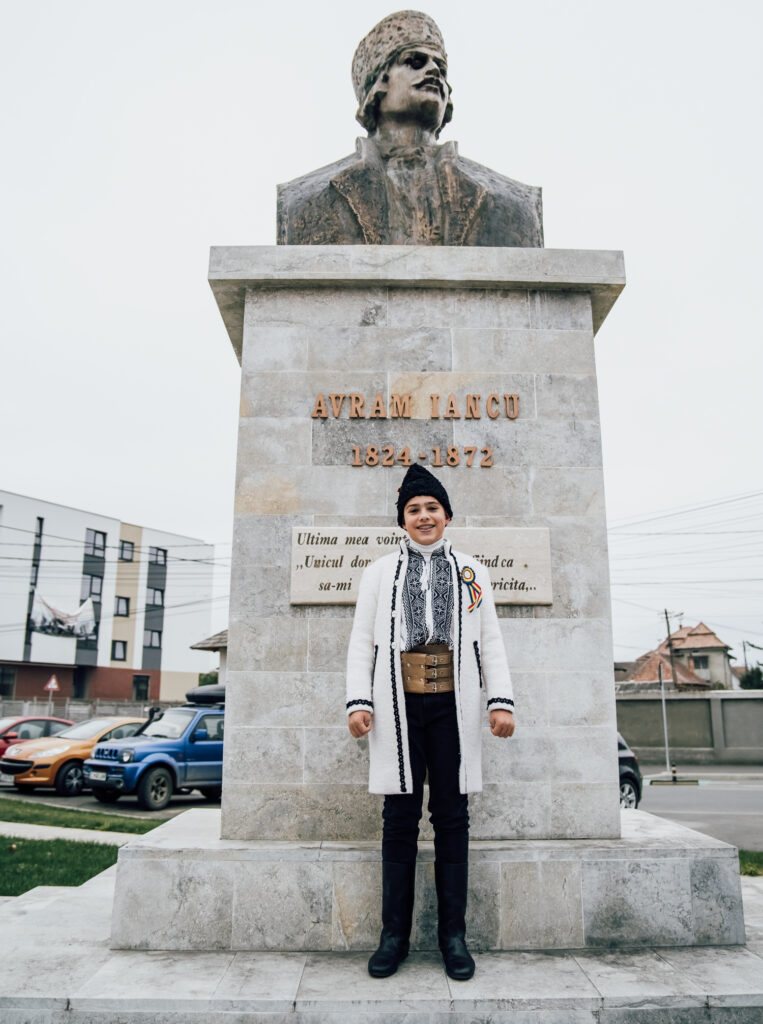
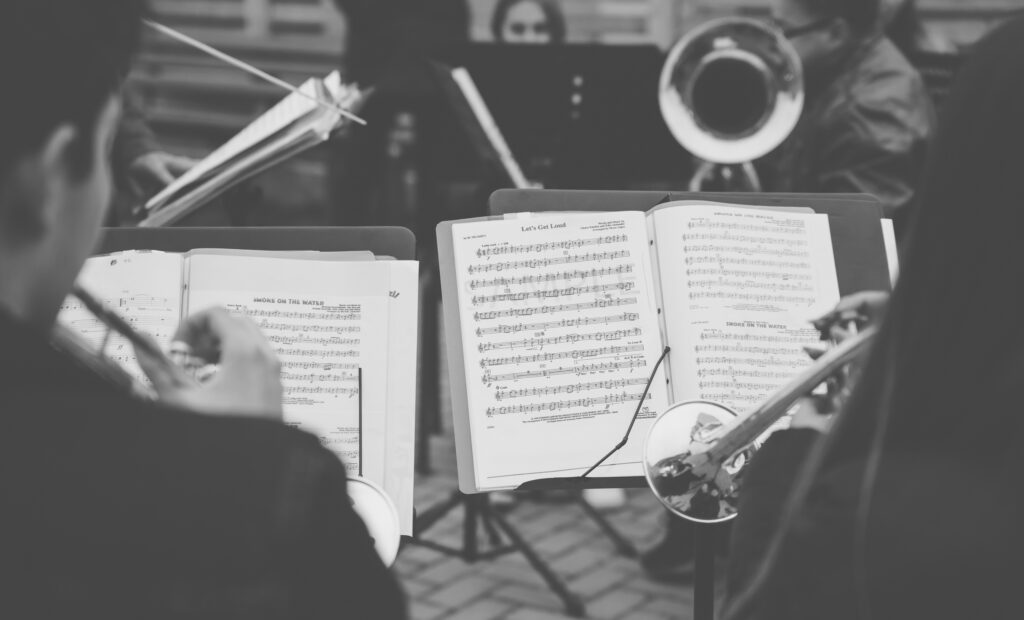
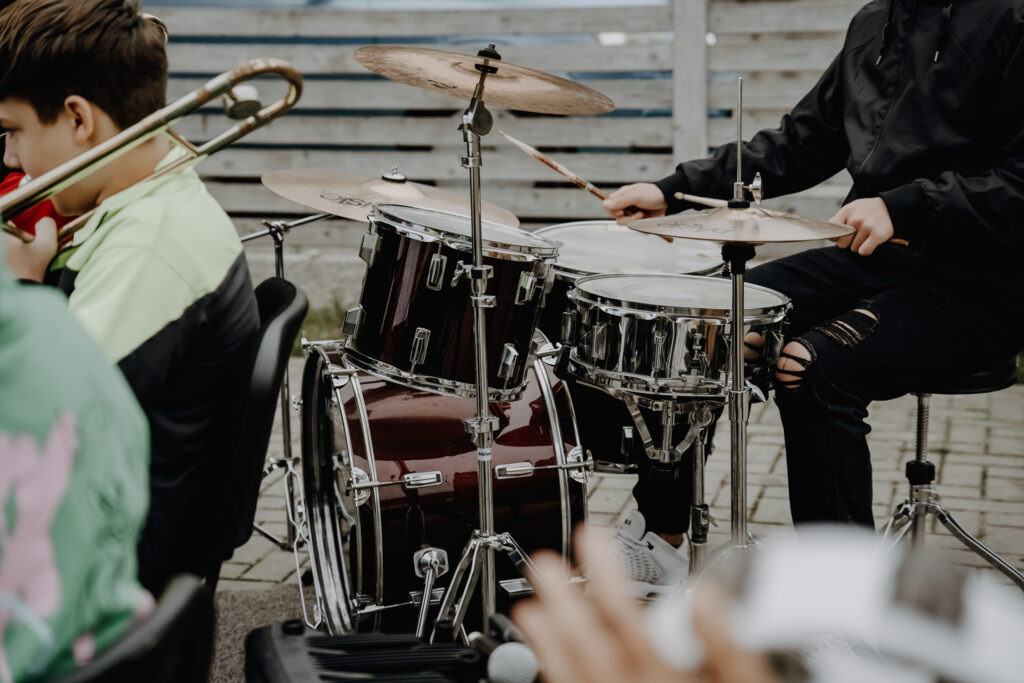
DAY TWO#
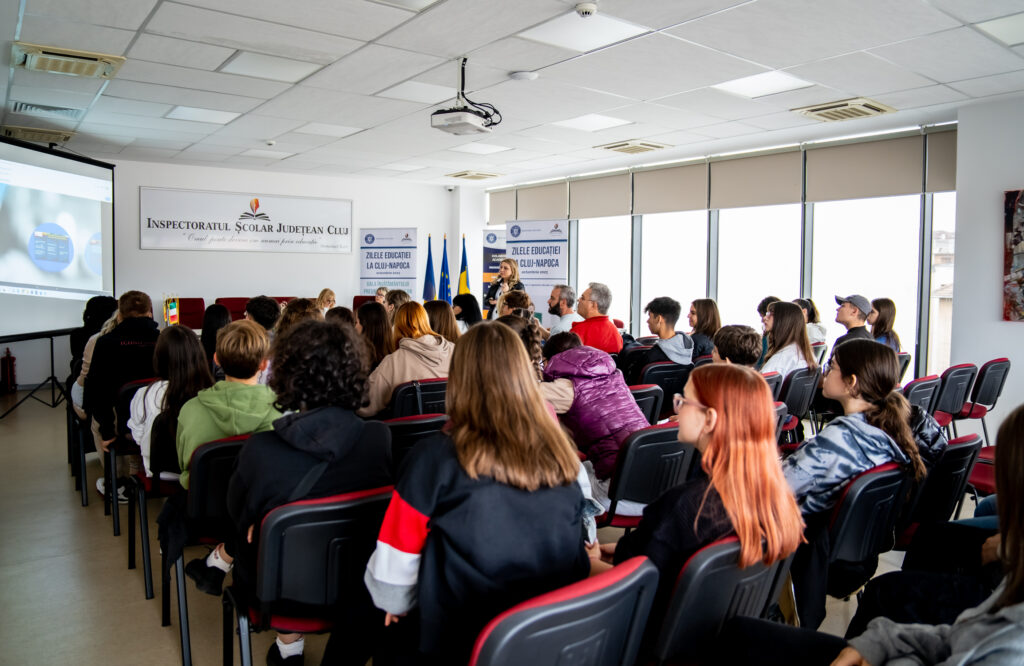
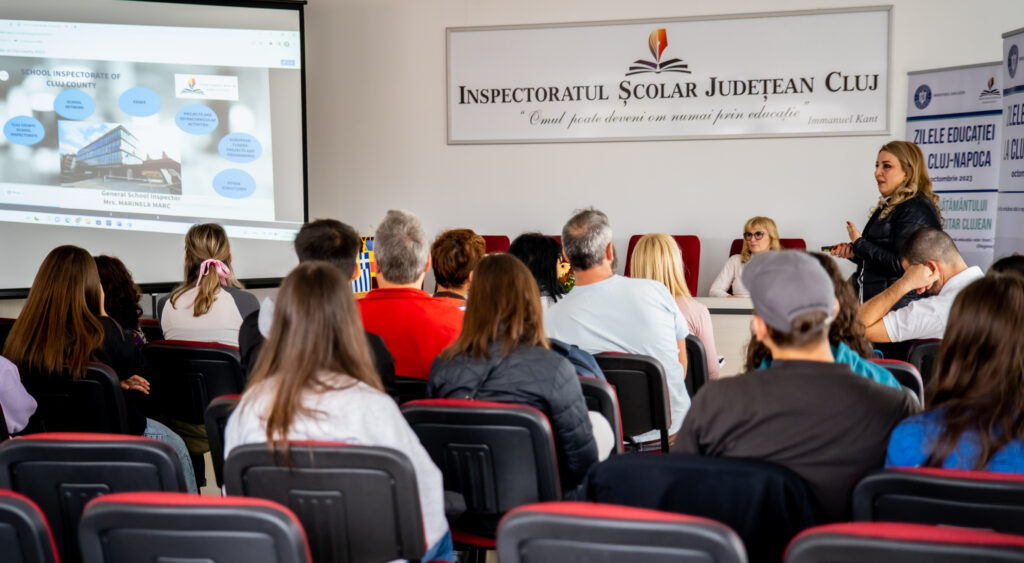
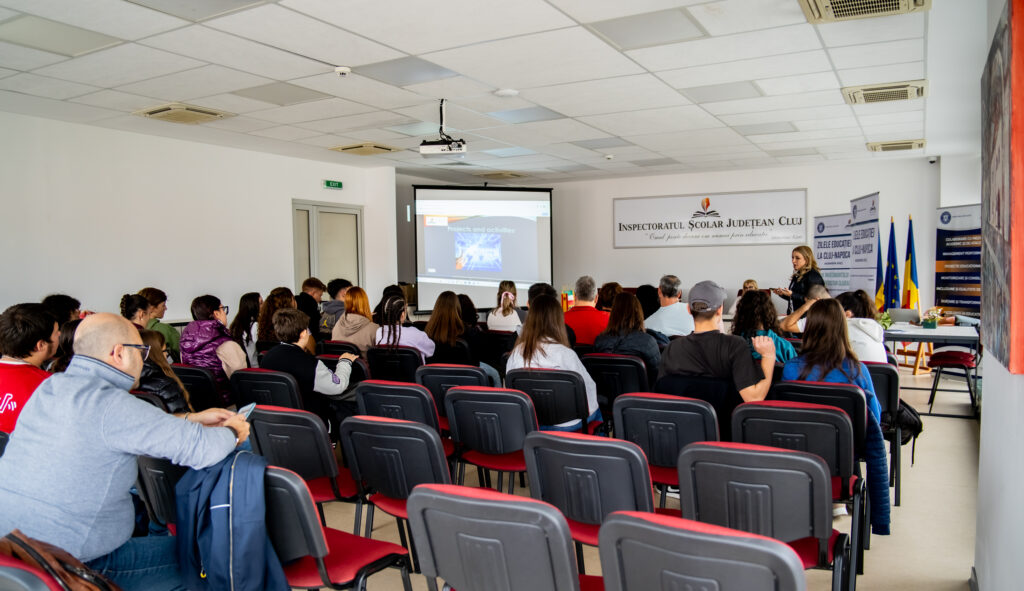
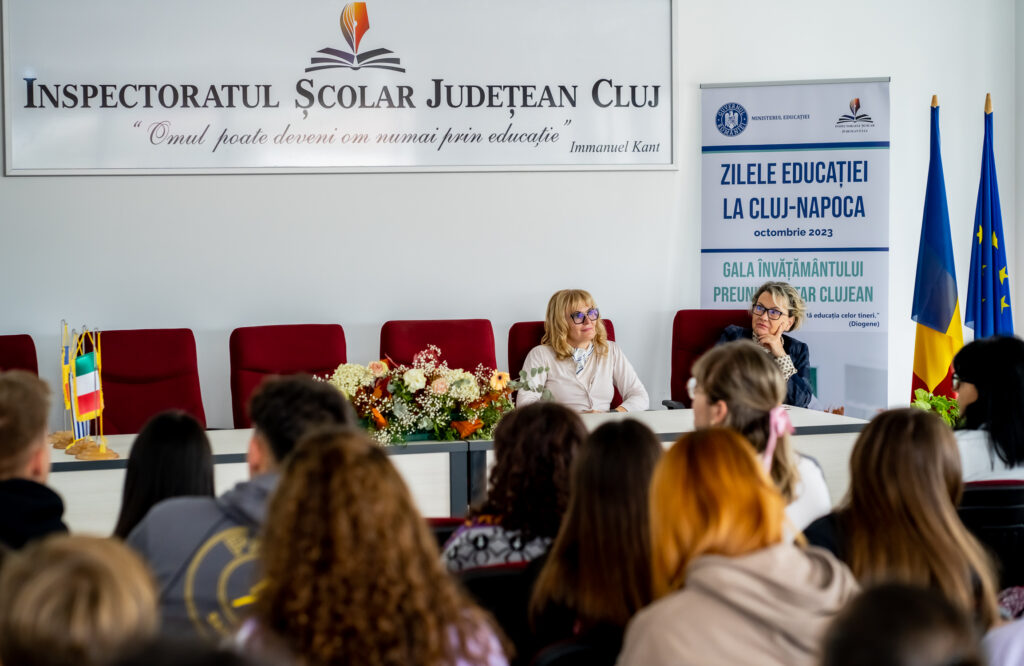
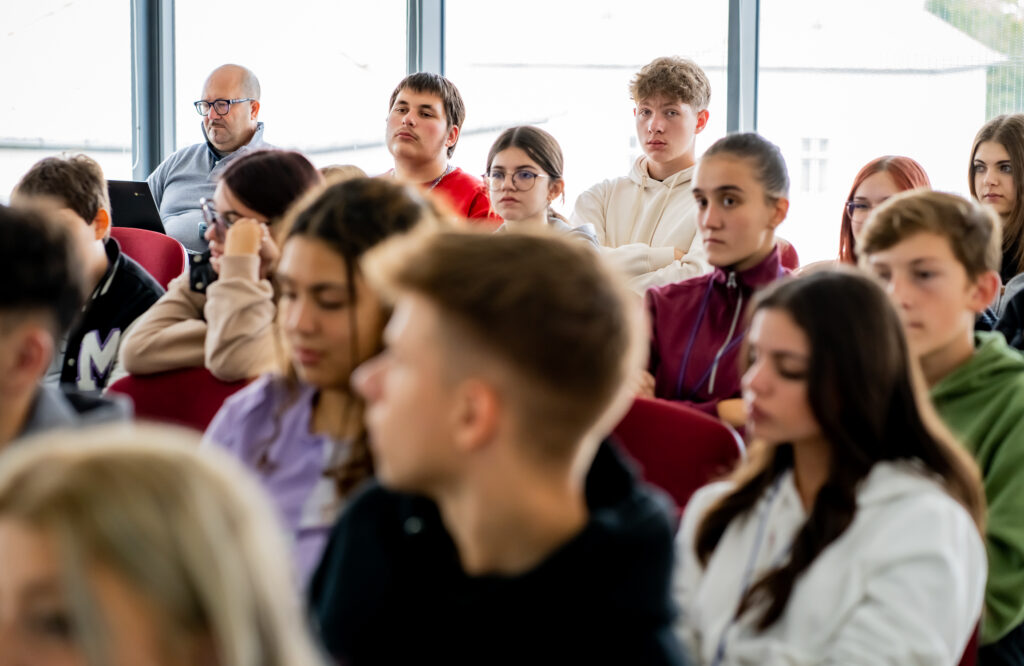
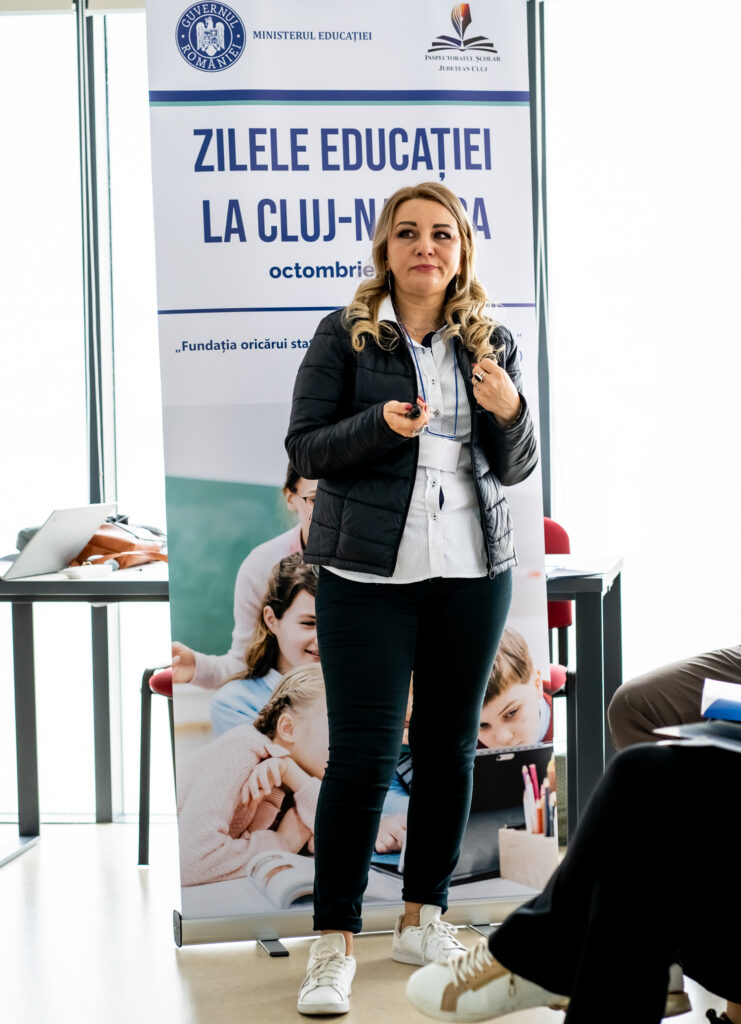
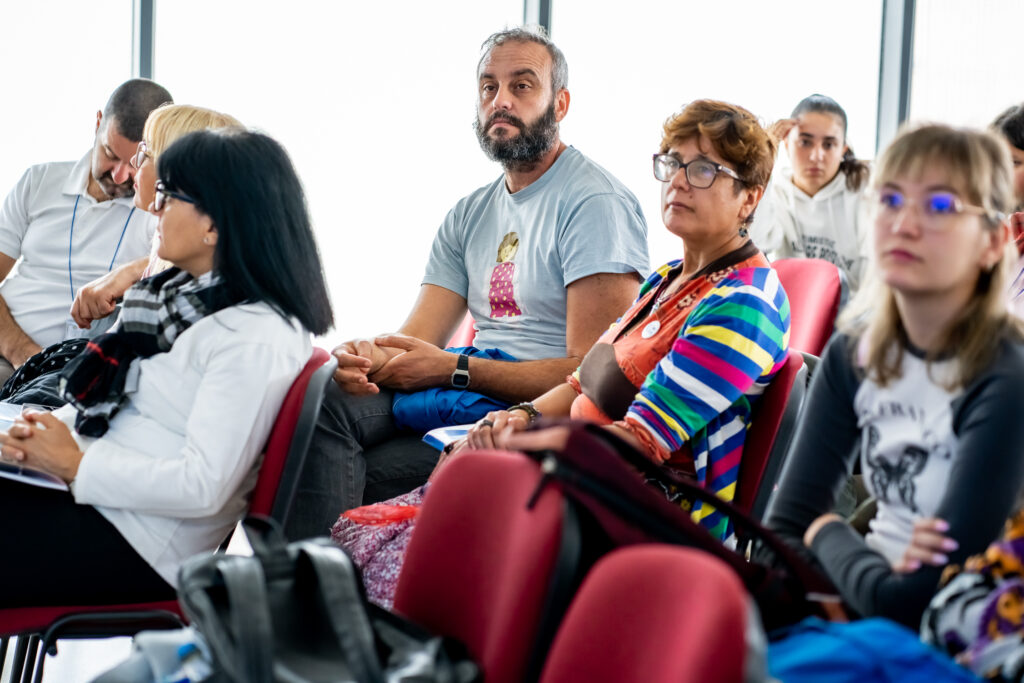
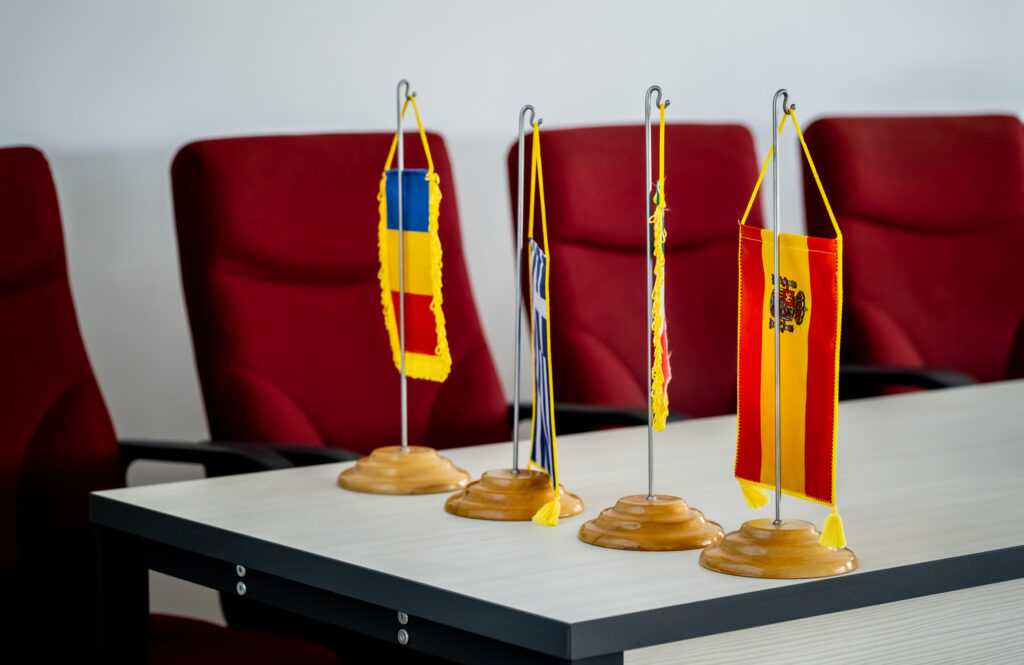
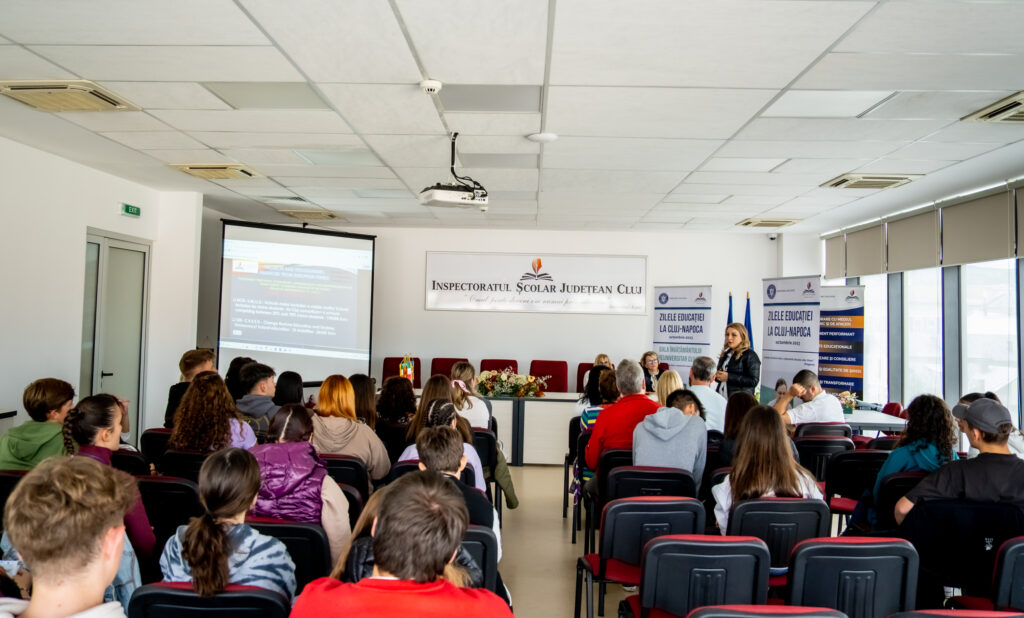
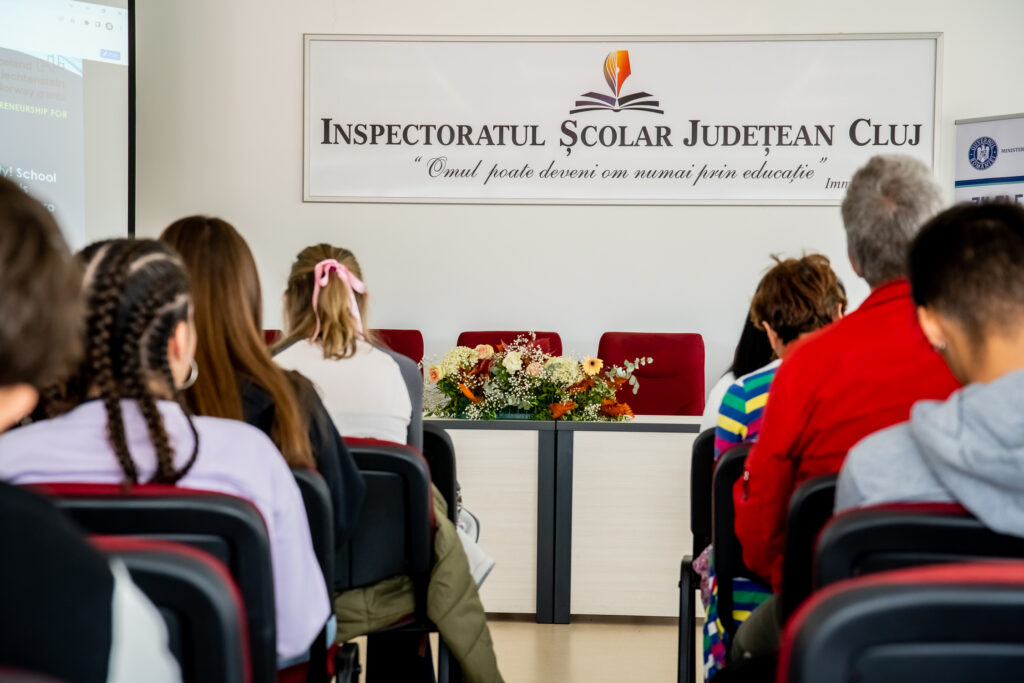
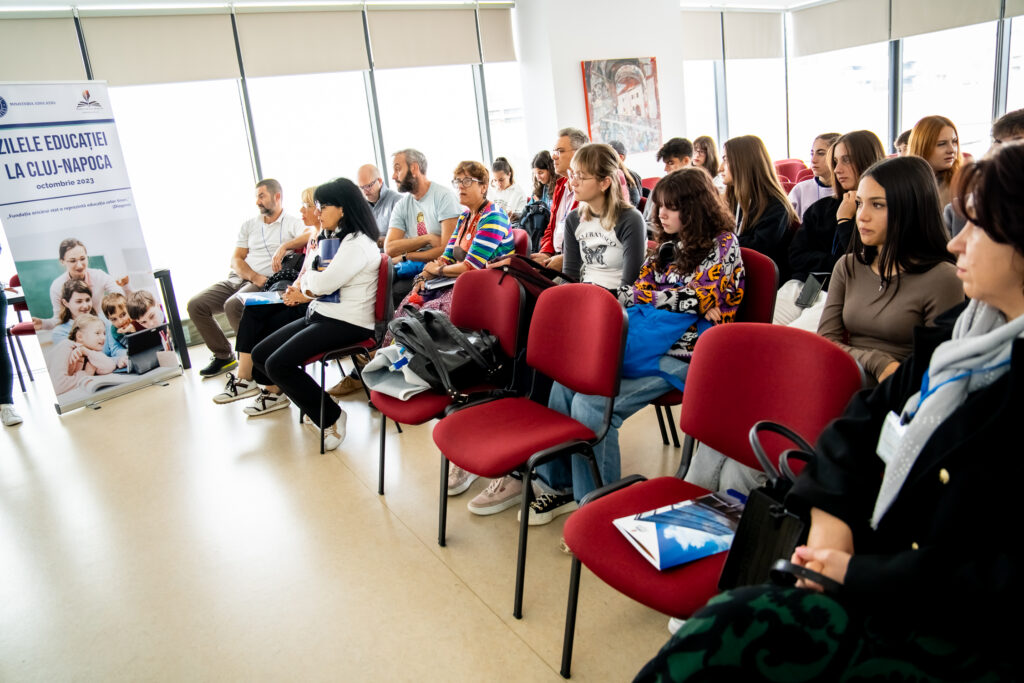
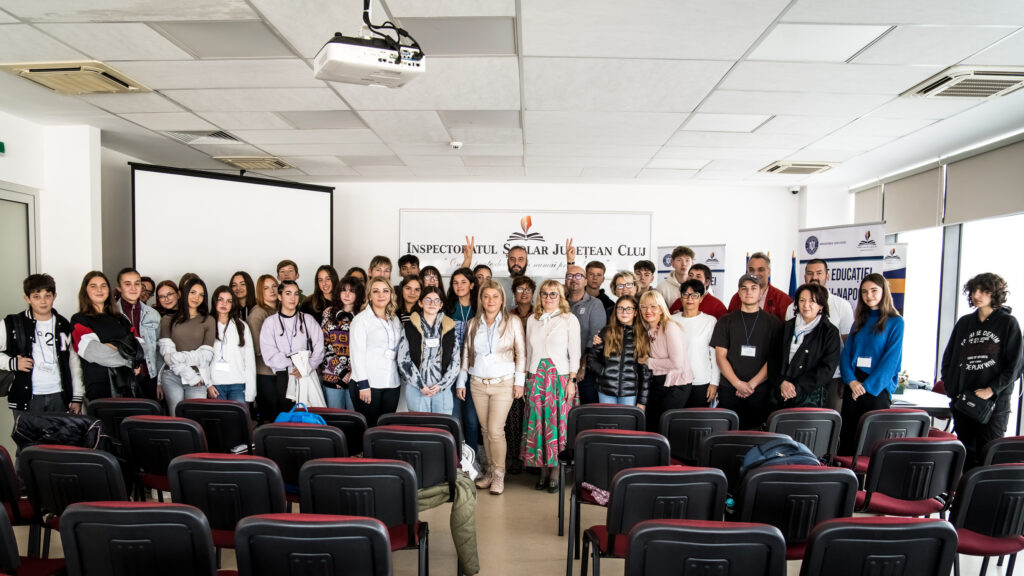
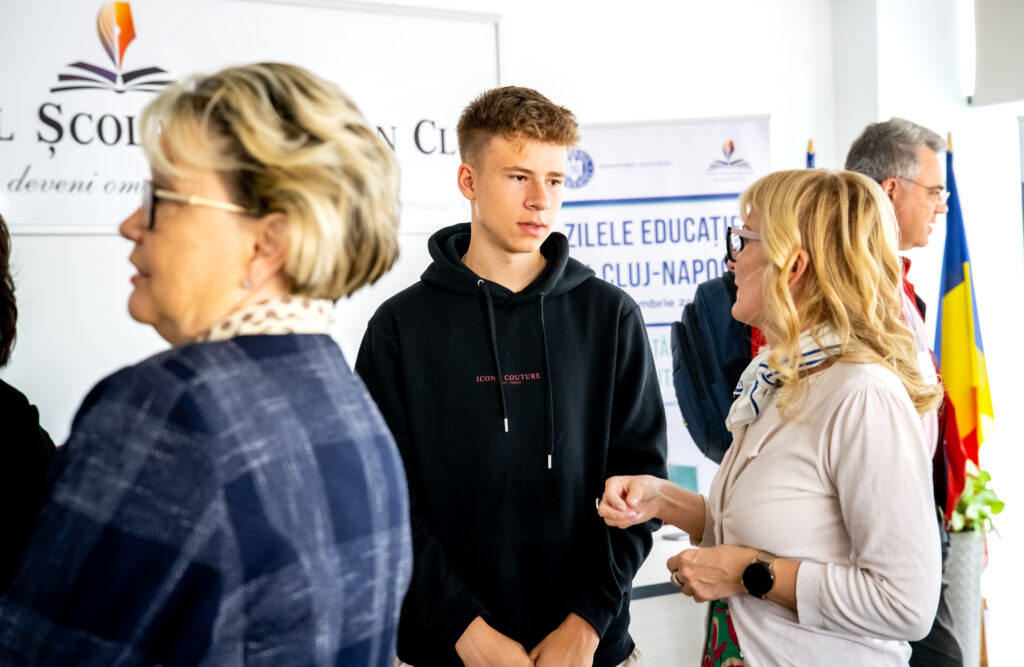
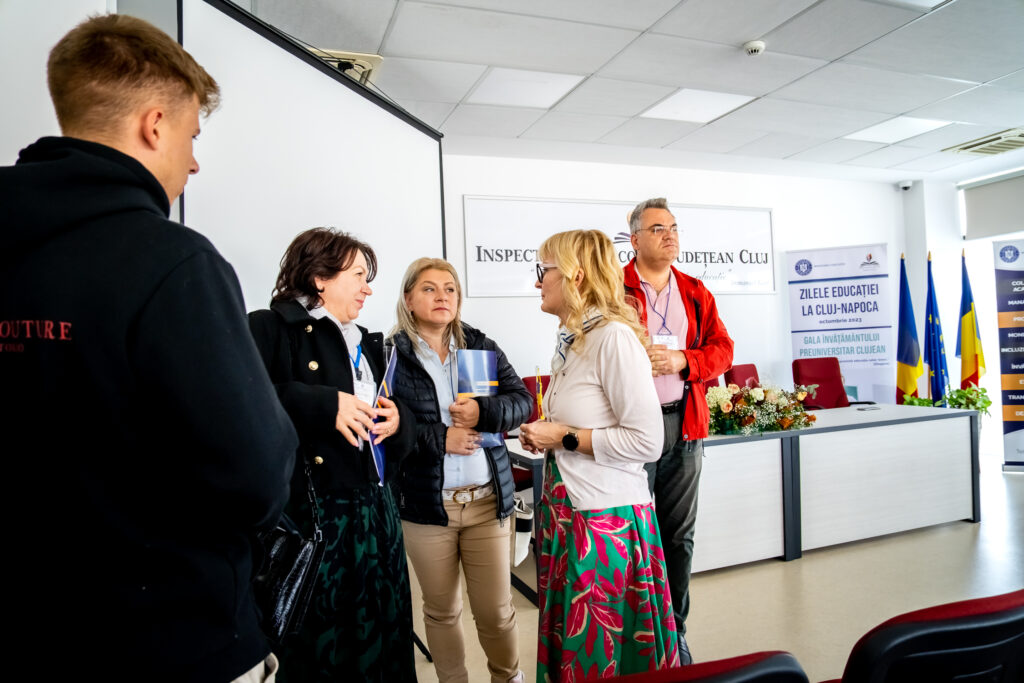
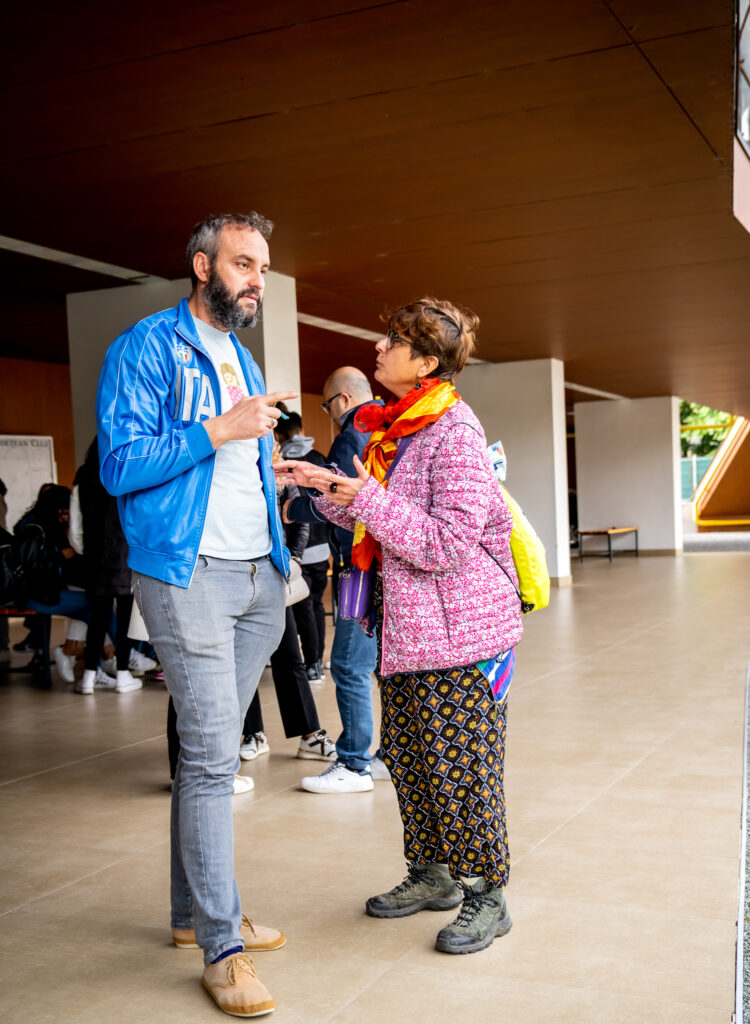
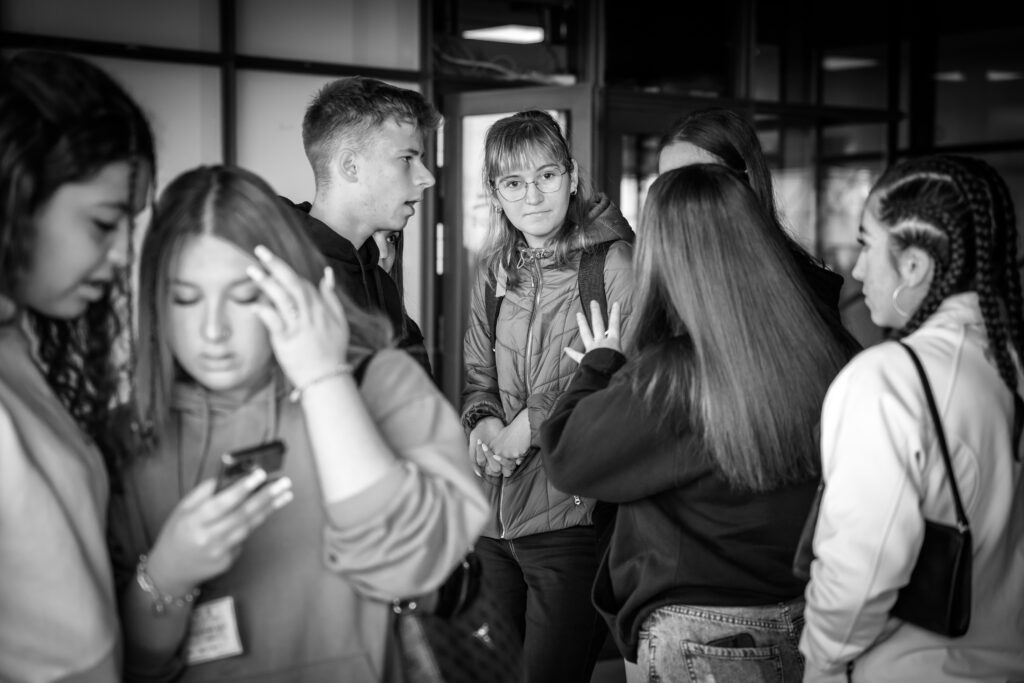
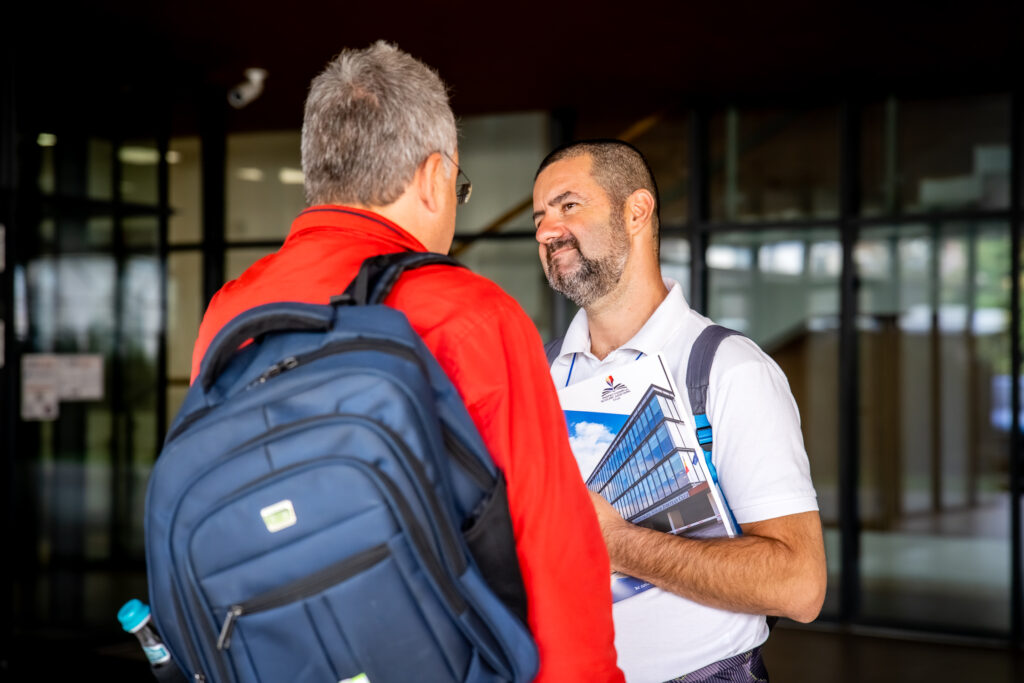
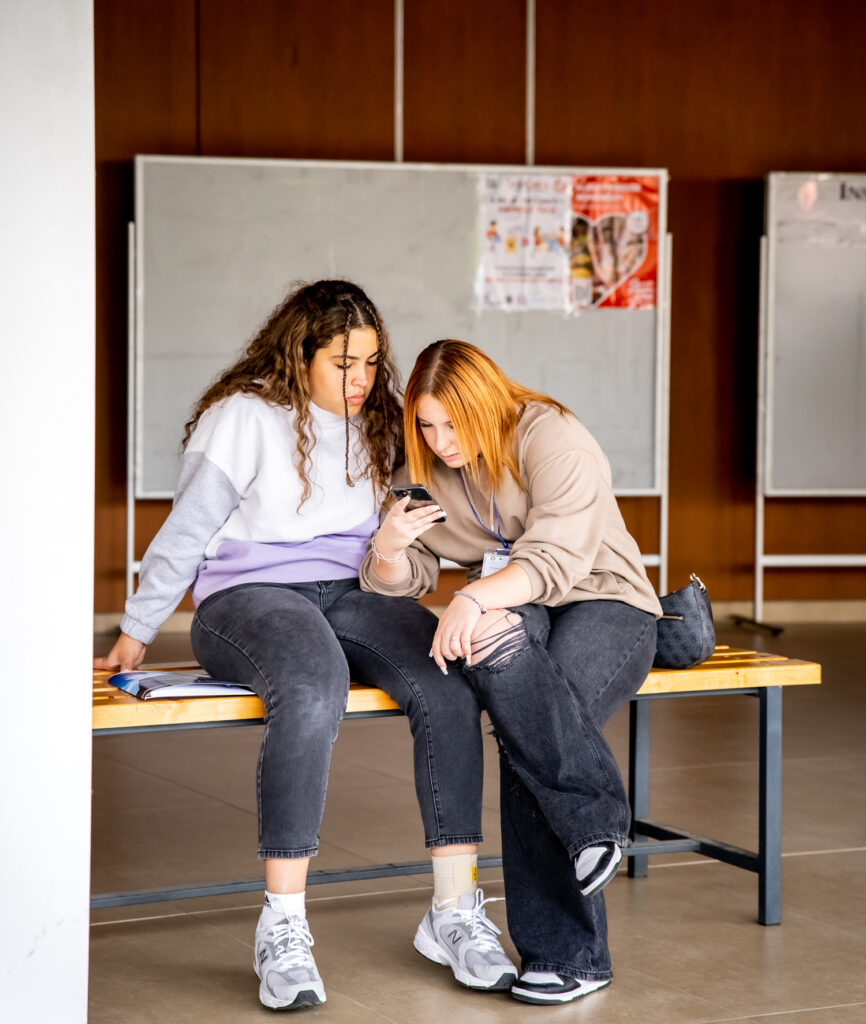
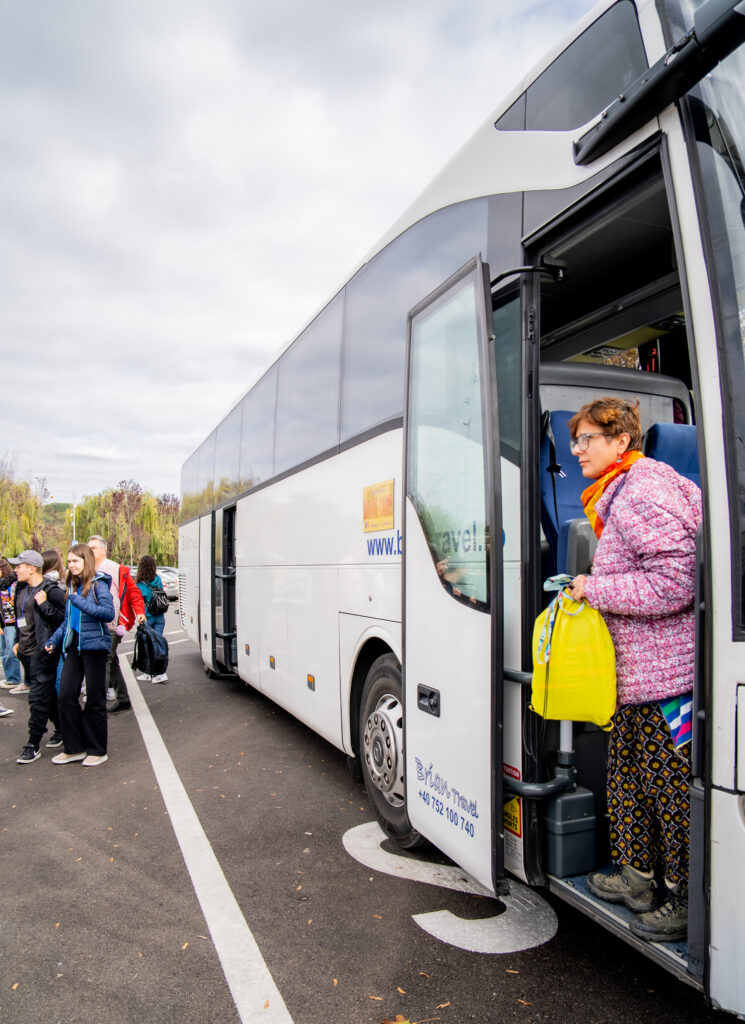
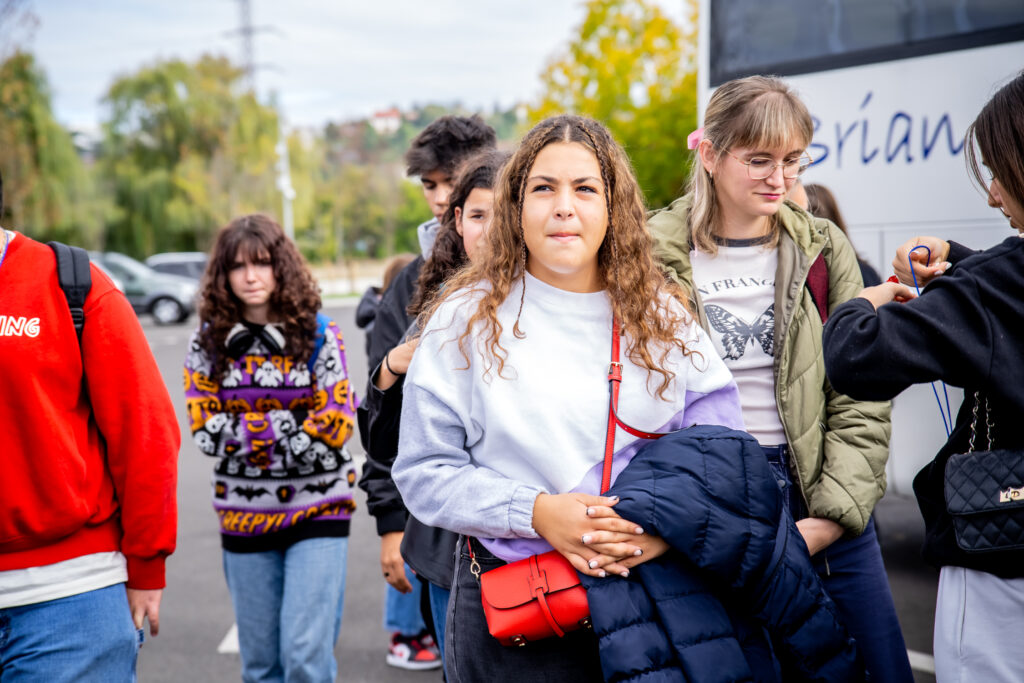
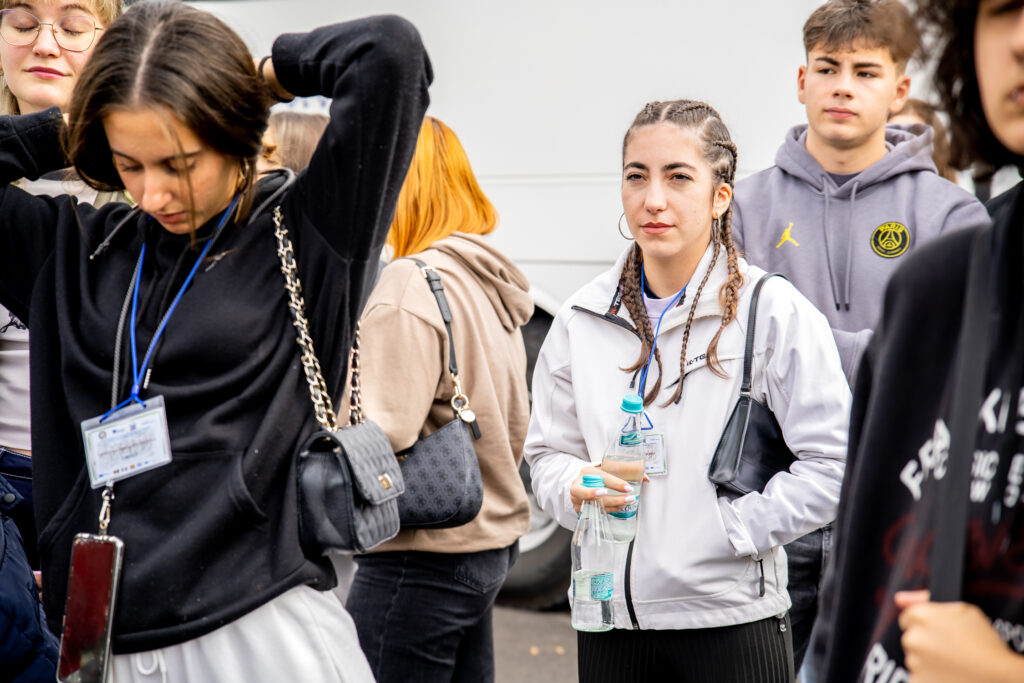
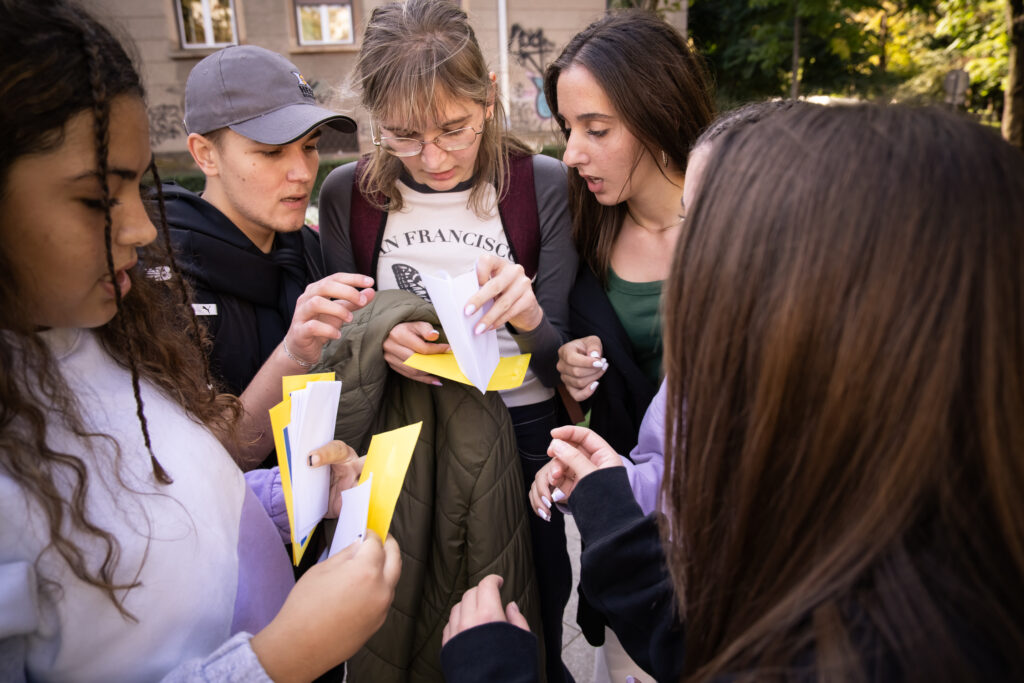
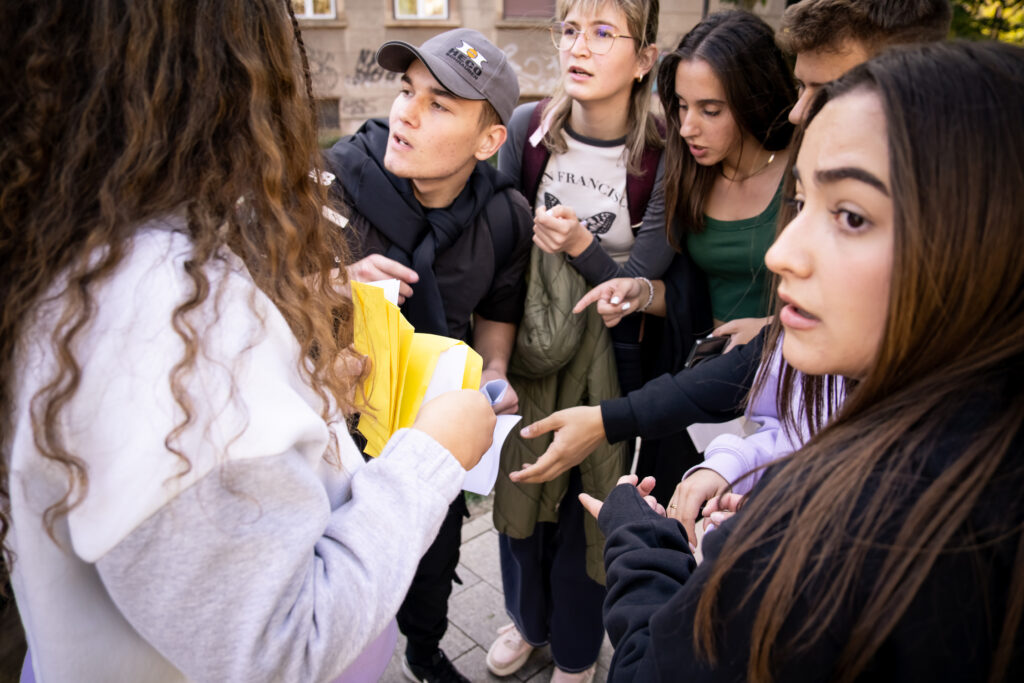
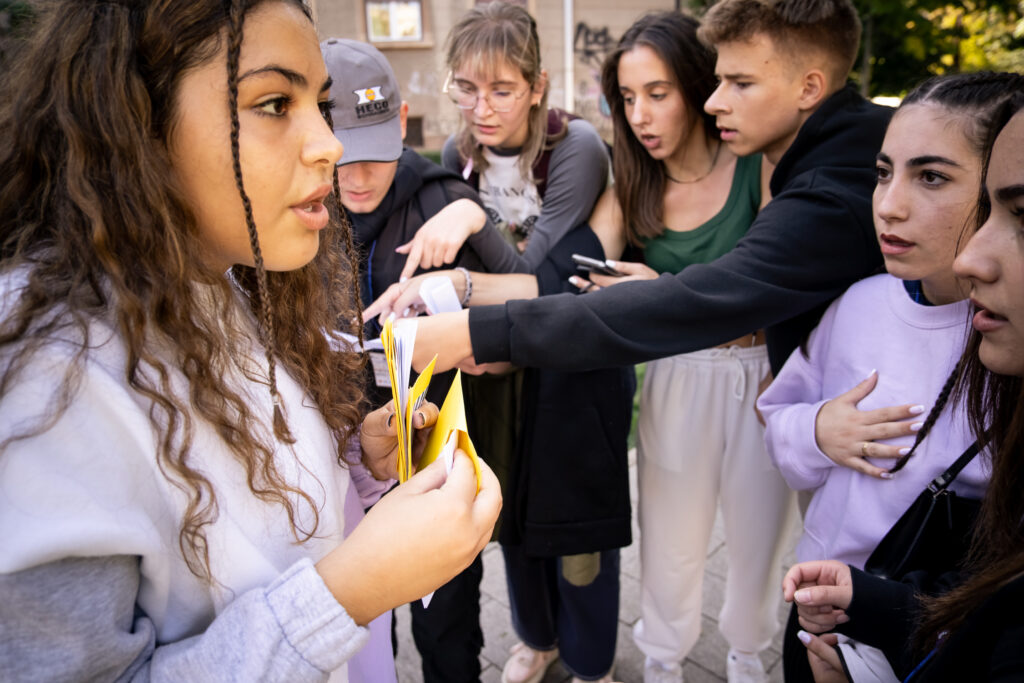
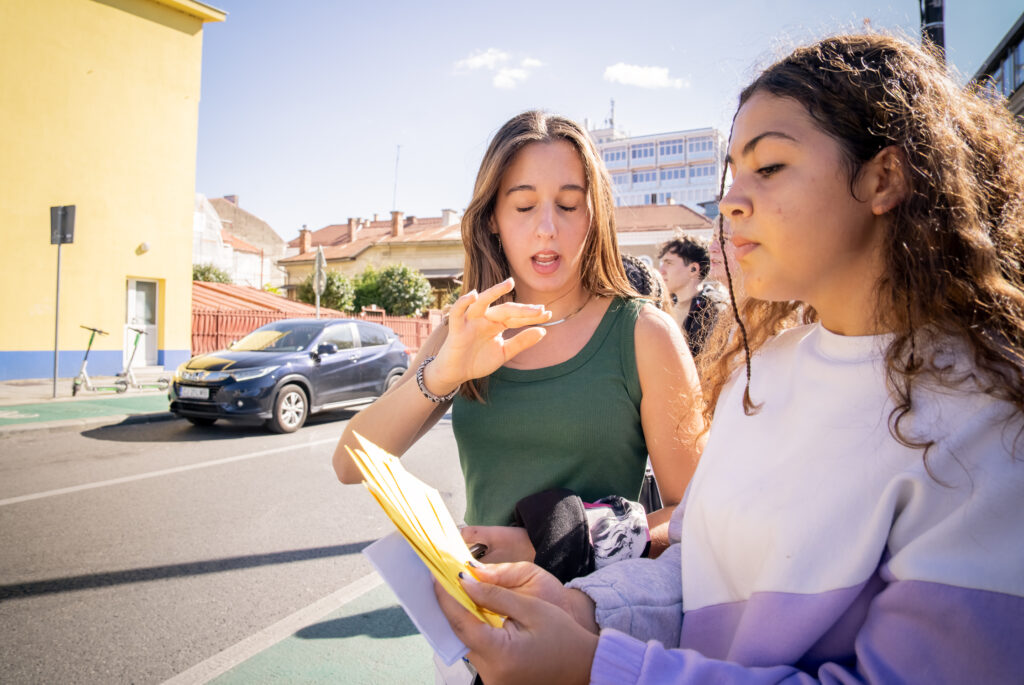
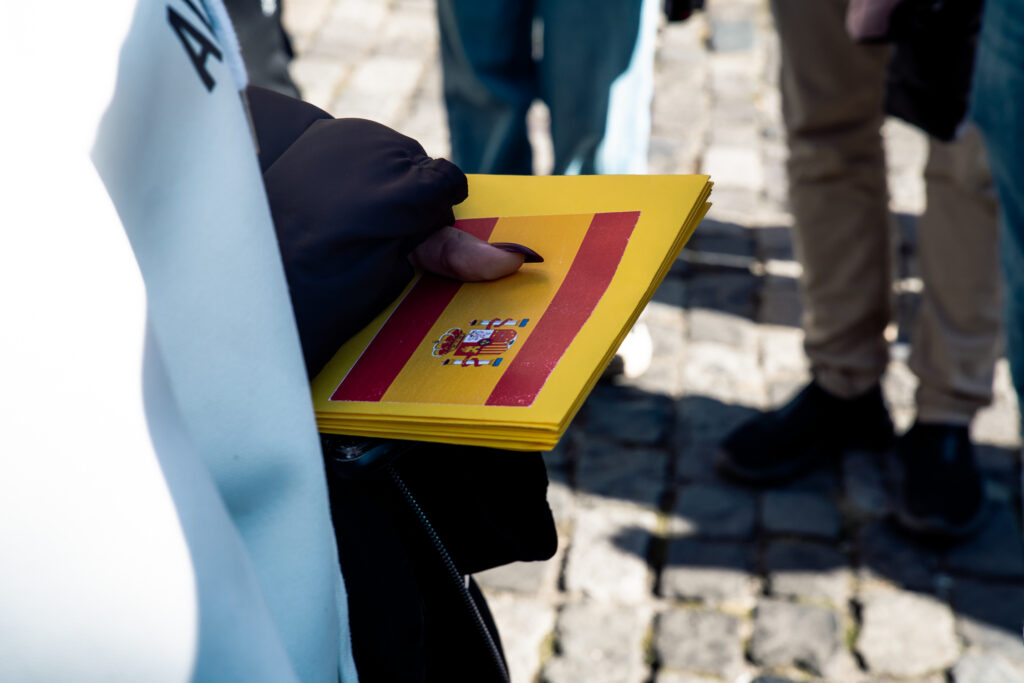
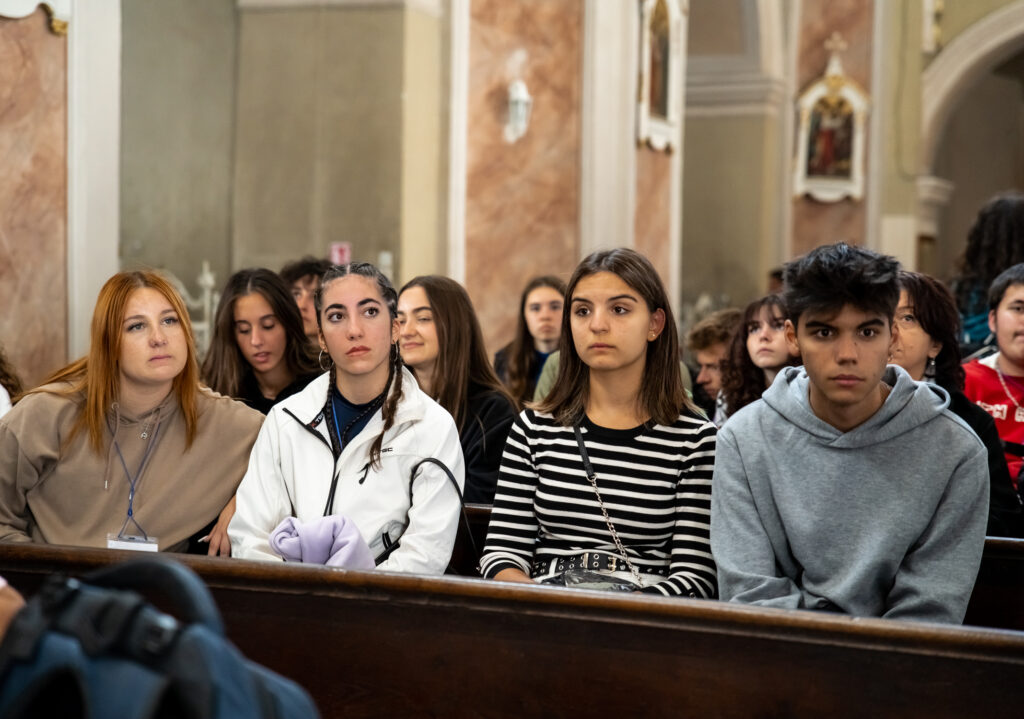
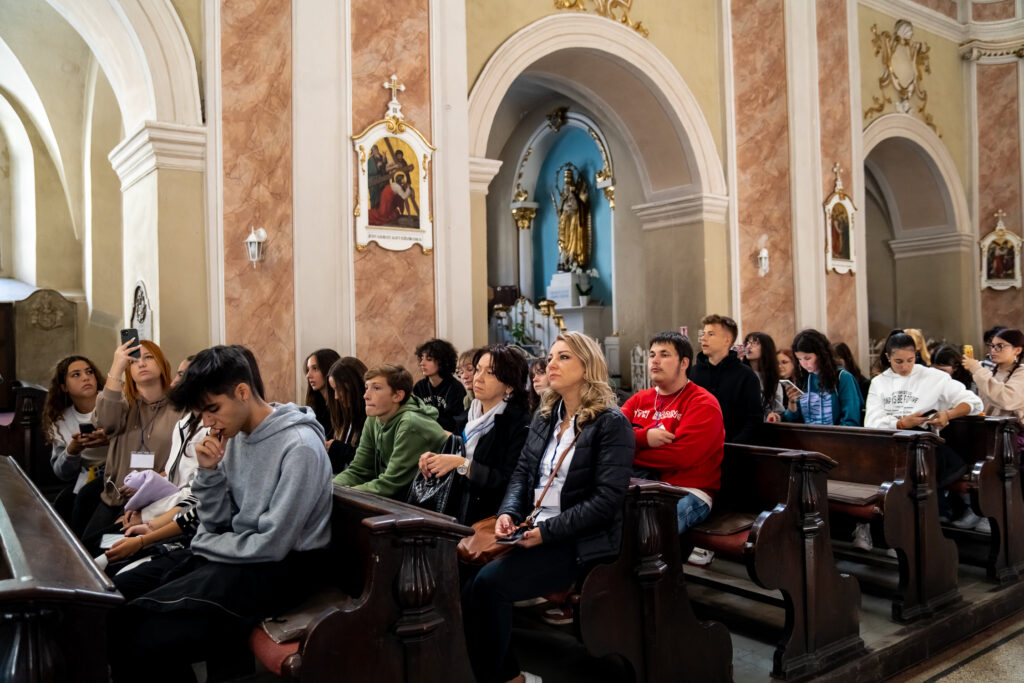
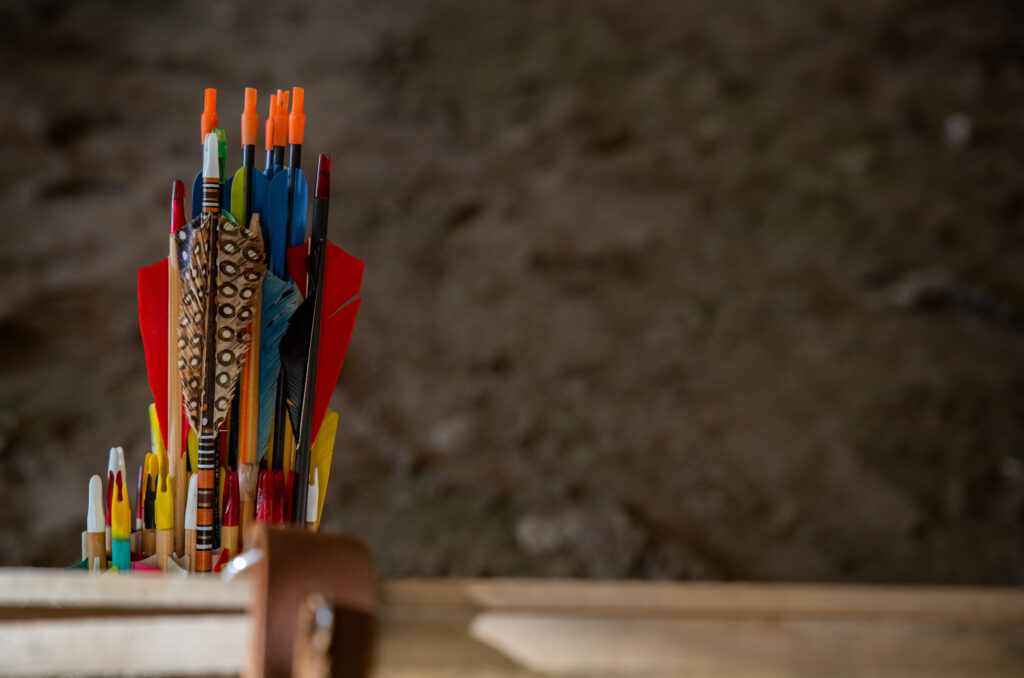
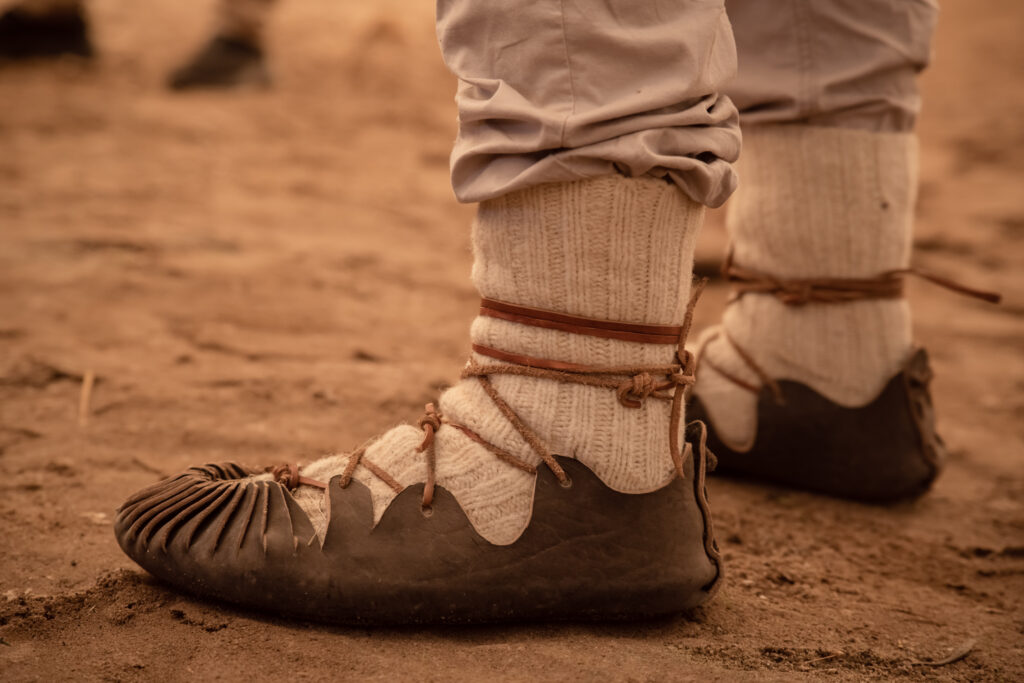
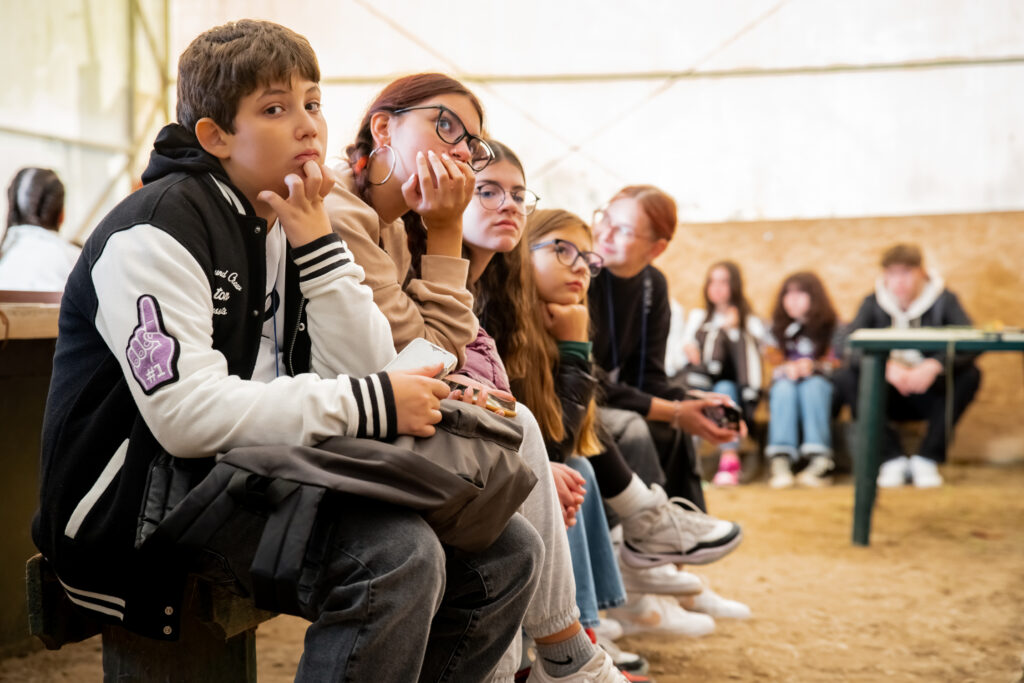
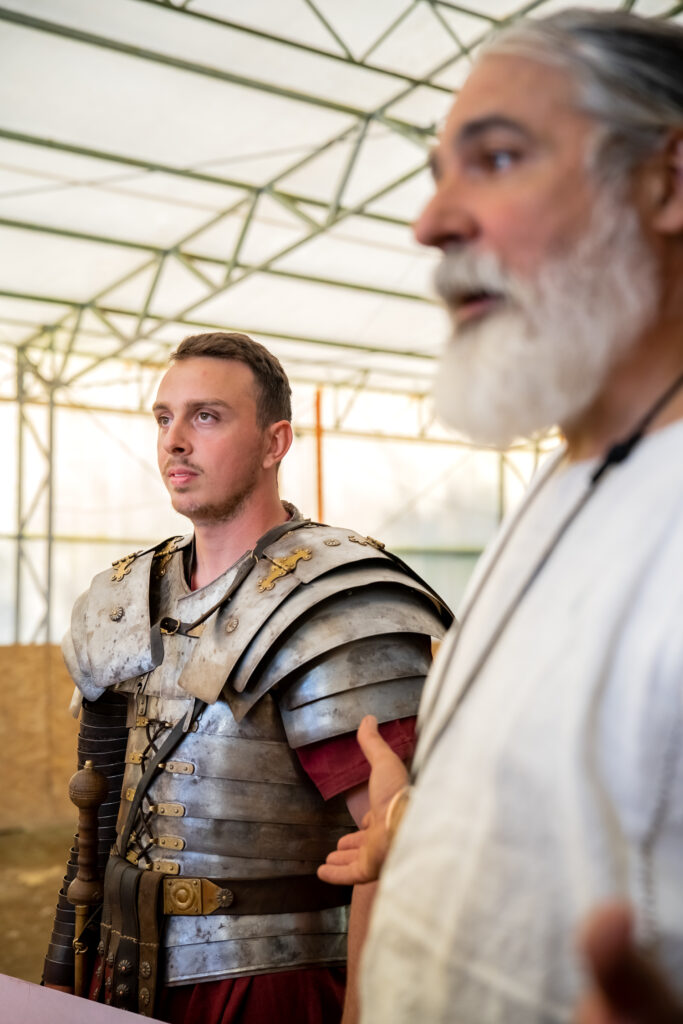
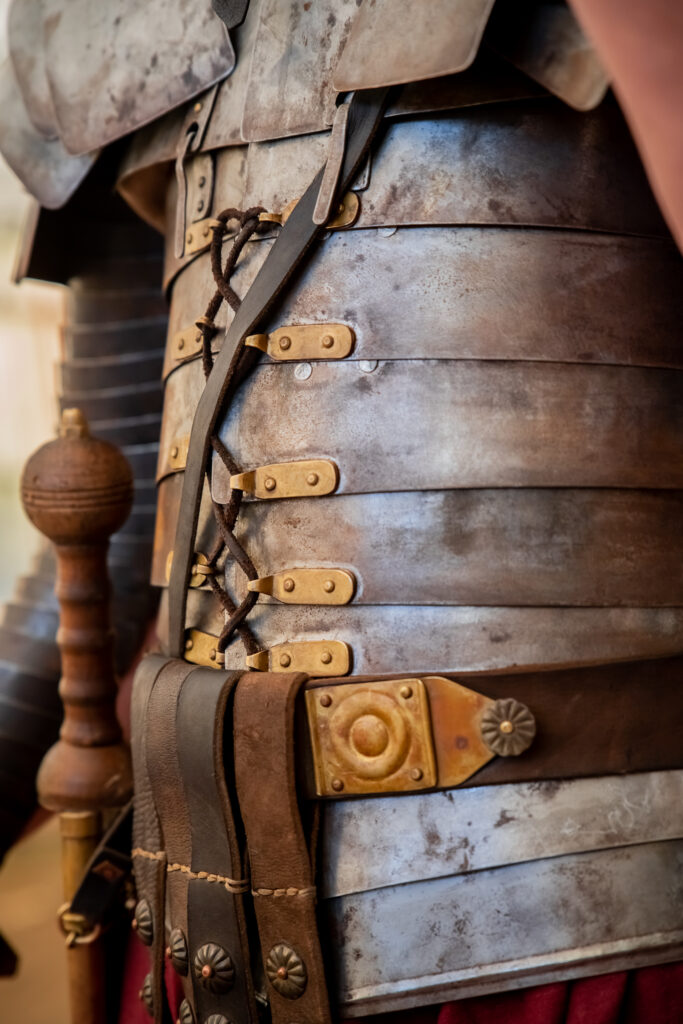
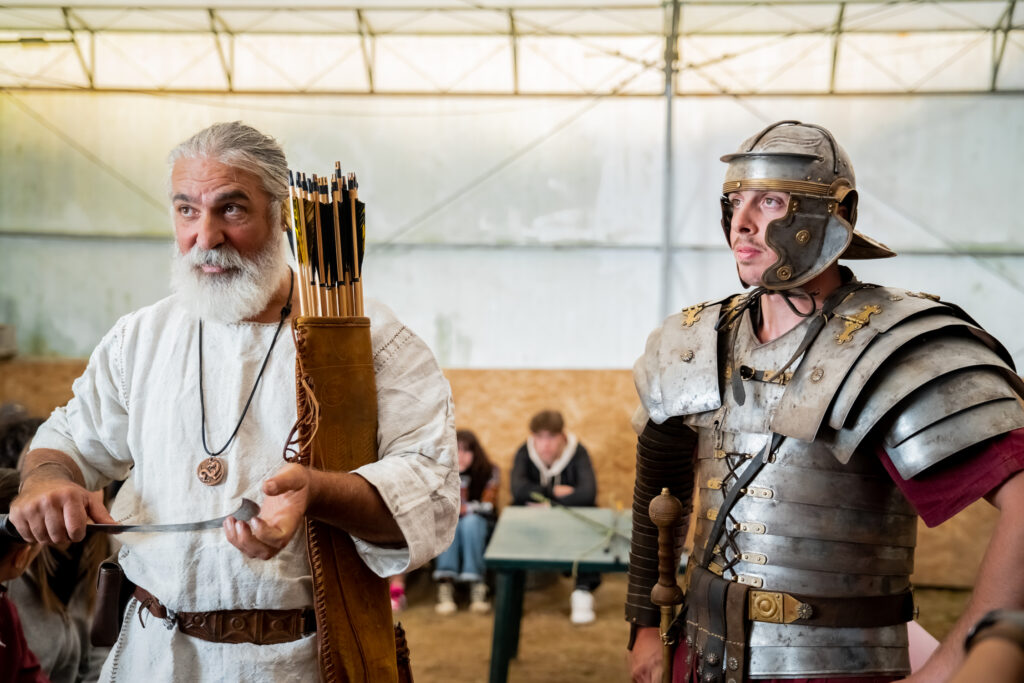
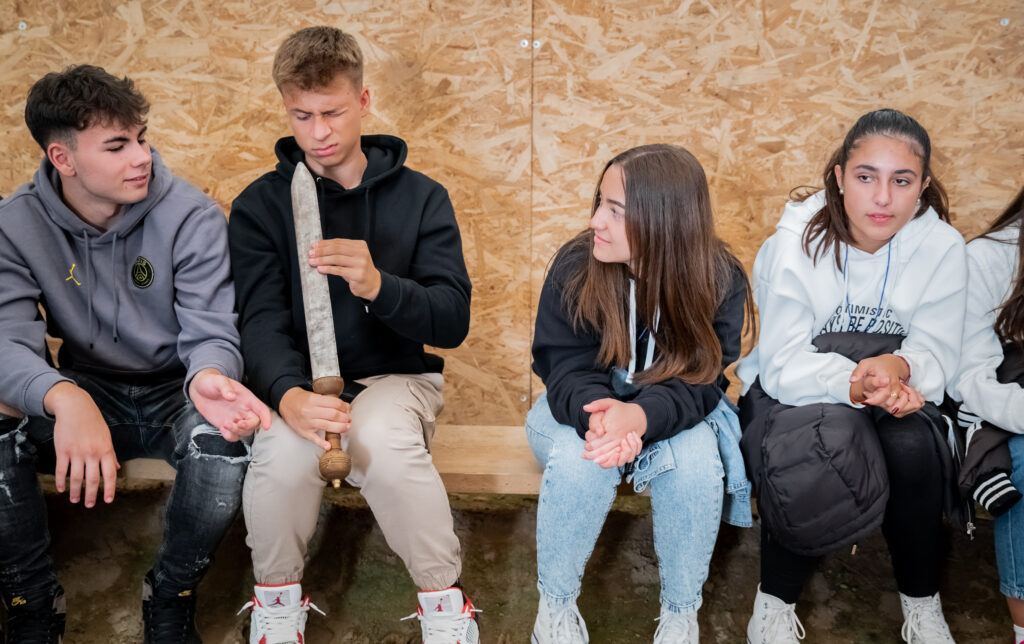
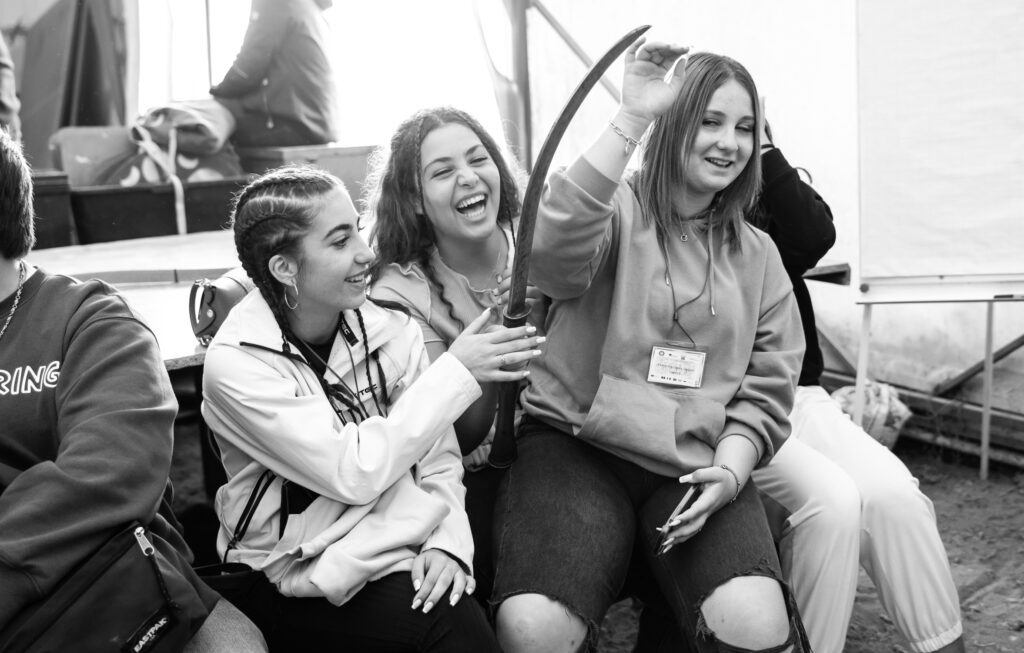
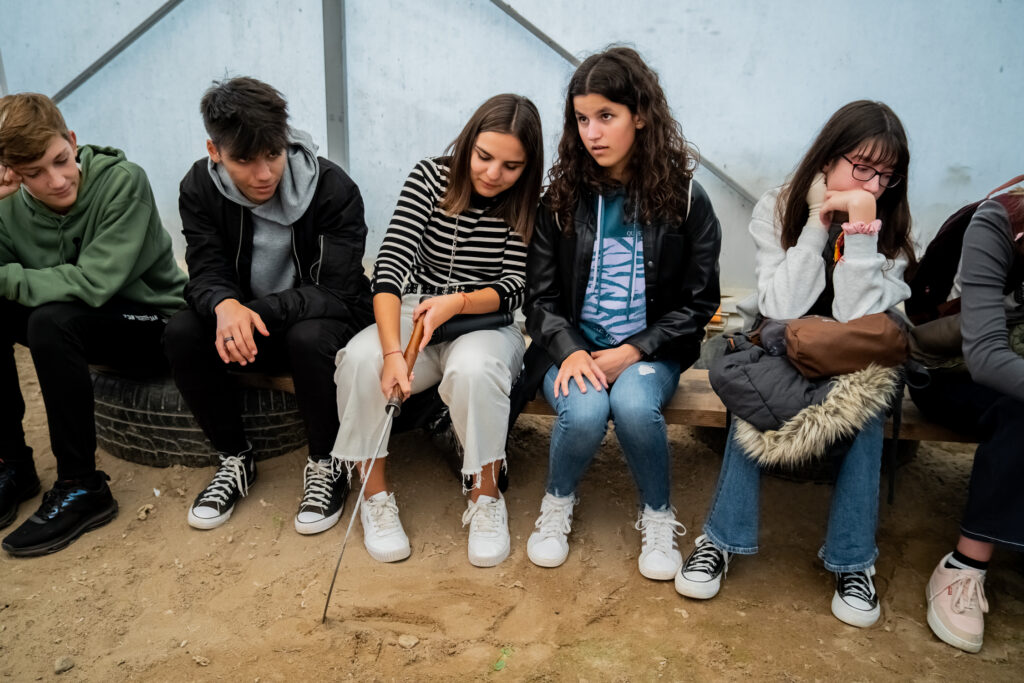
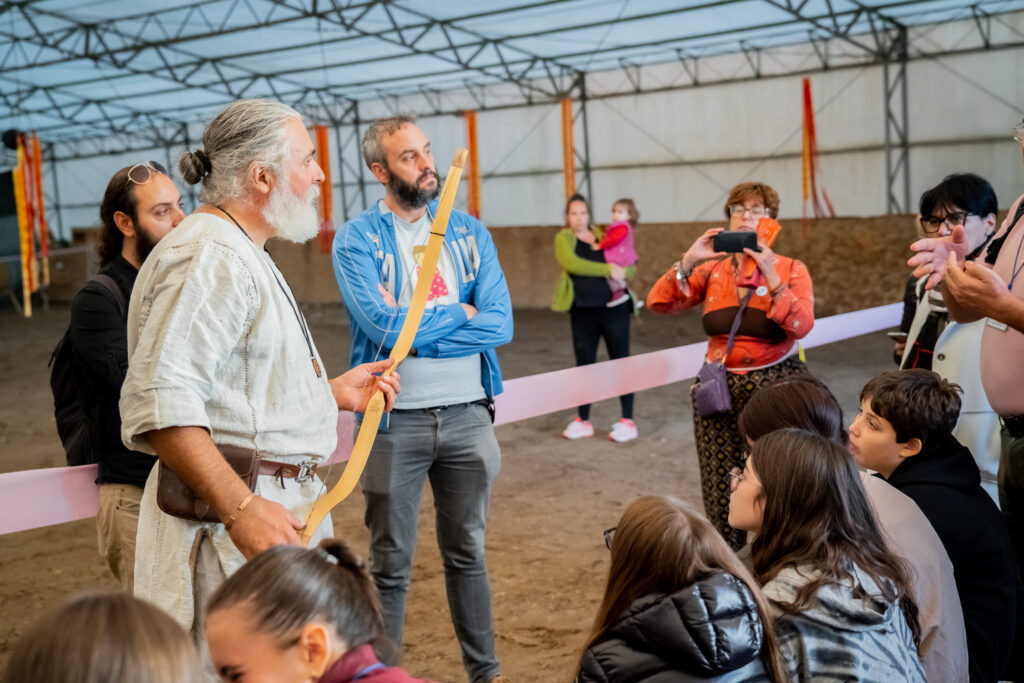
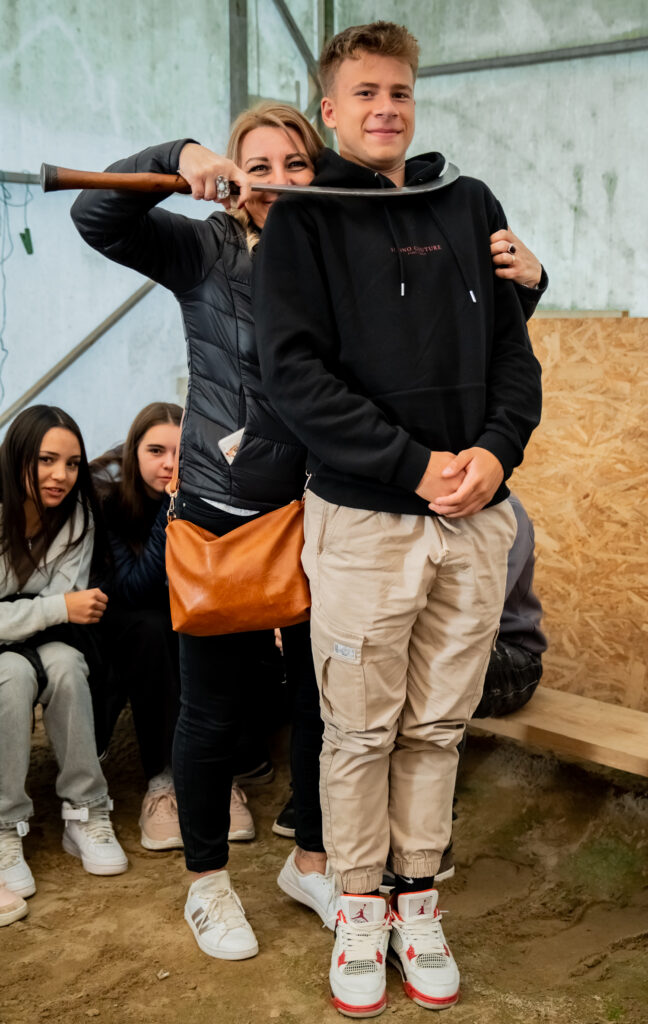
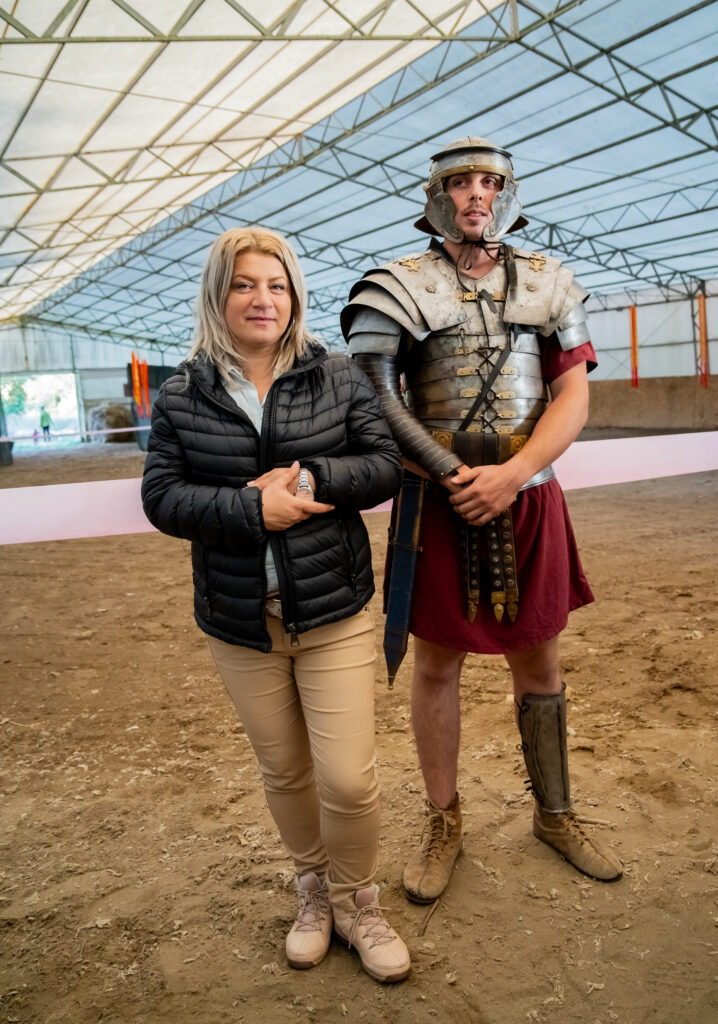
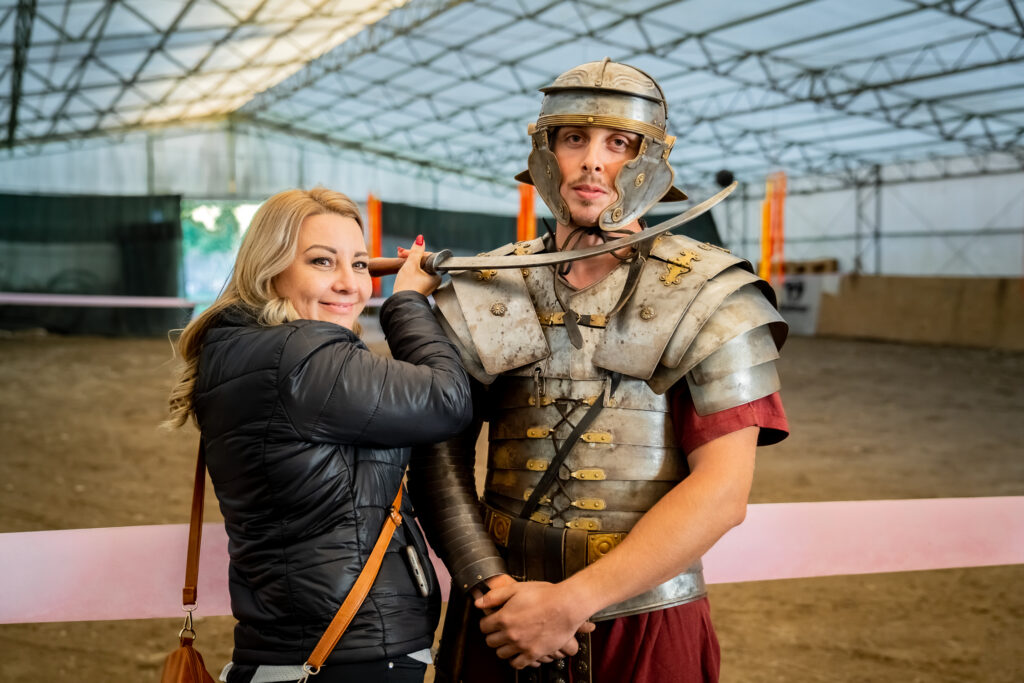
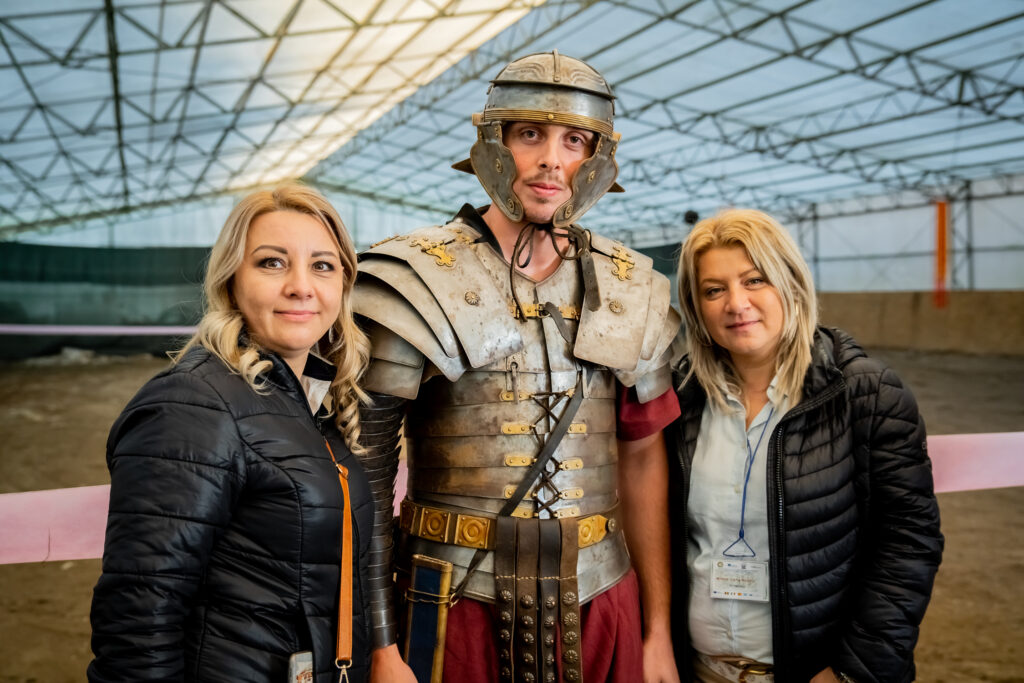
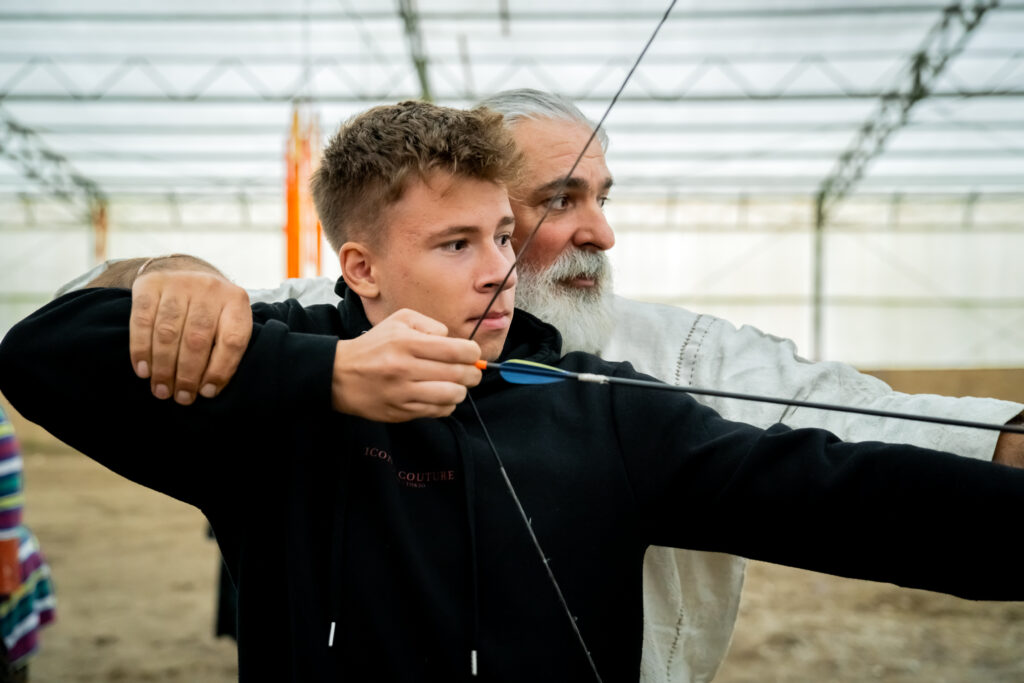
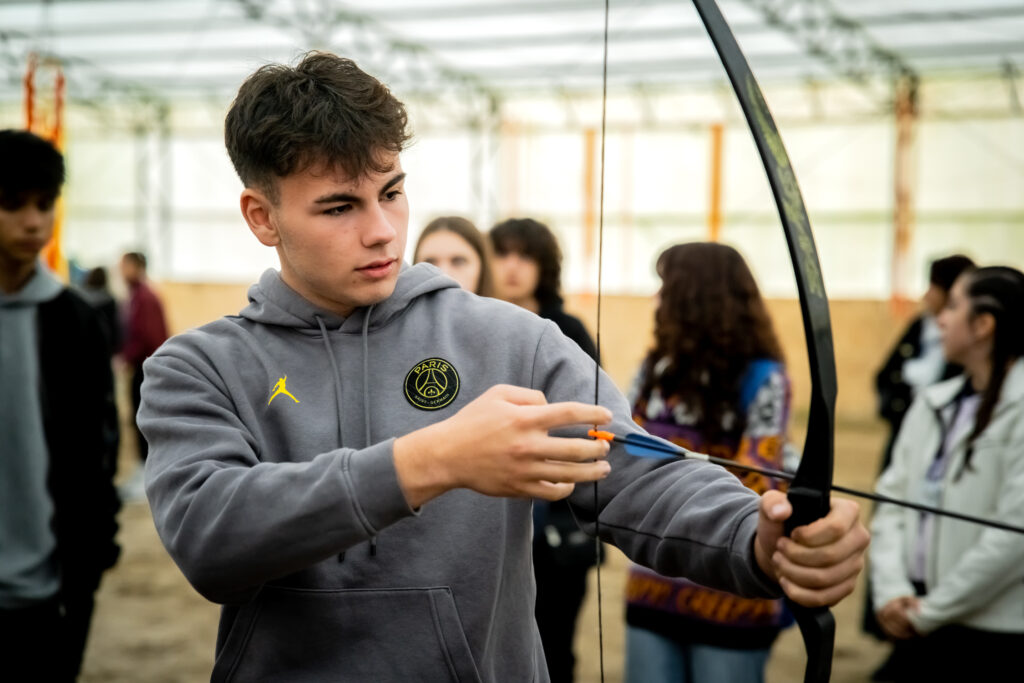
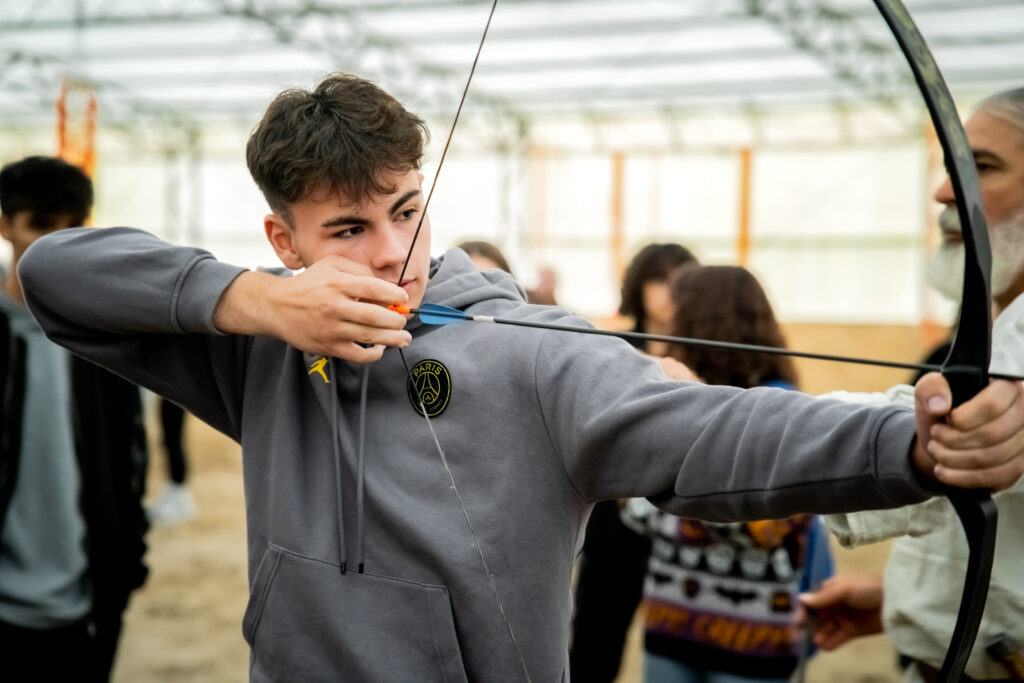
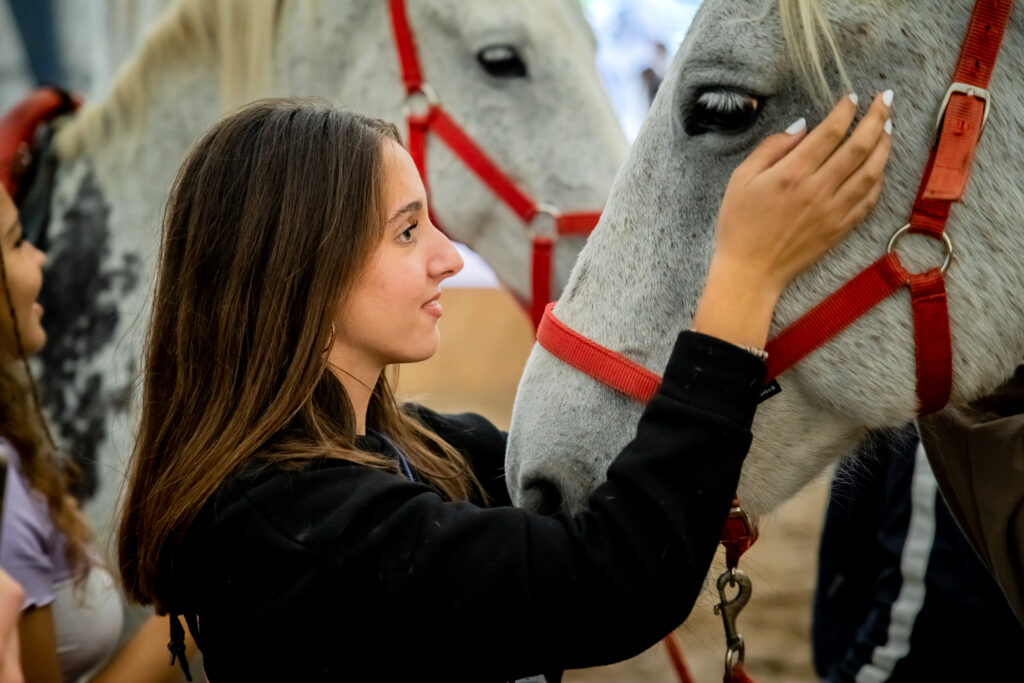
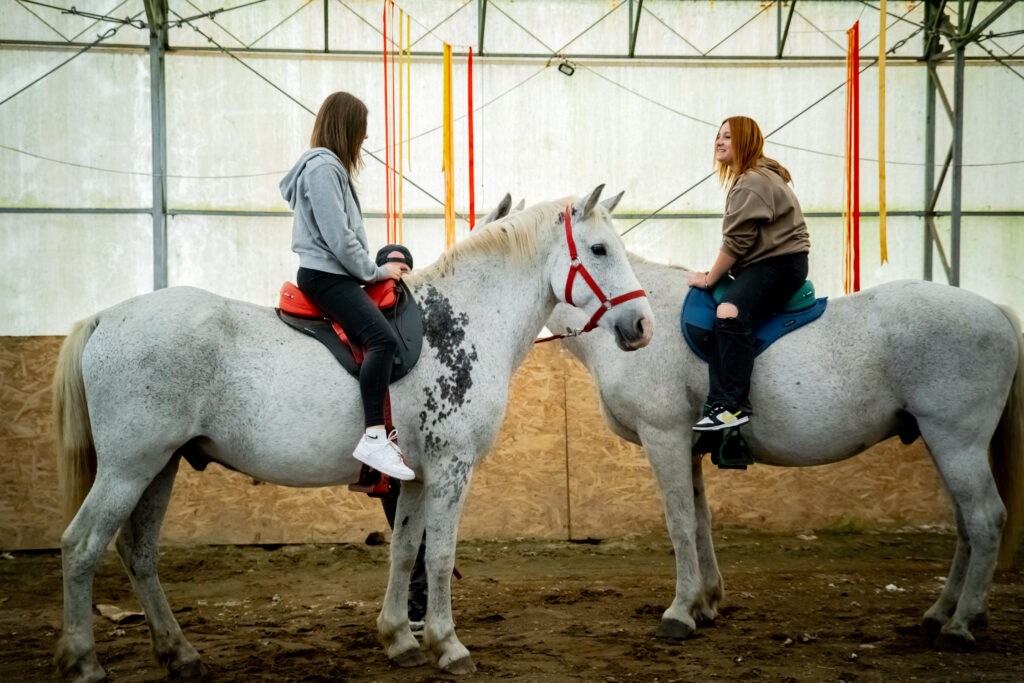
#
DAY THREE#
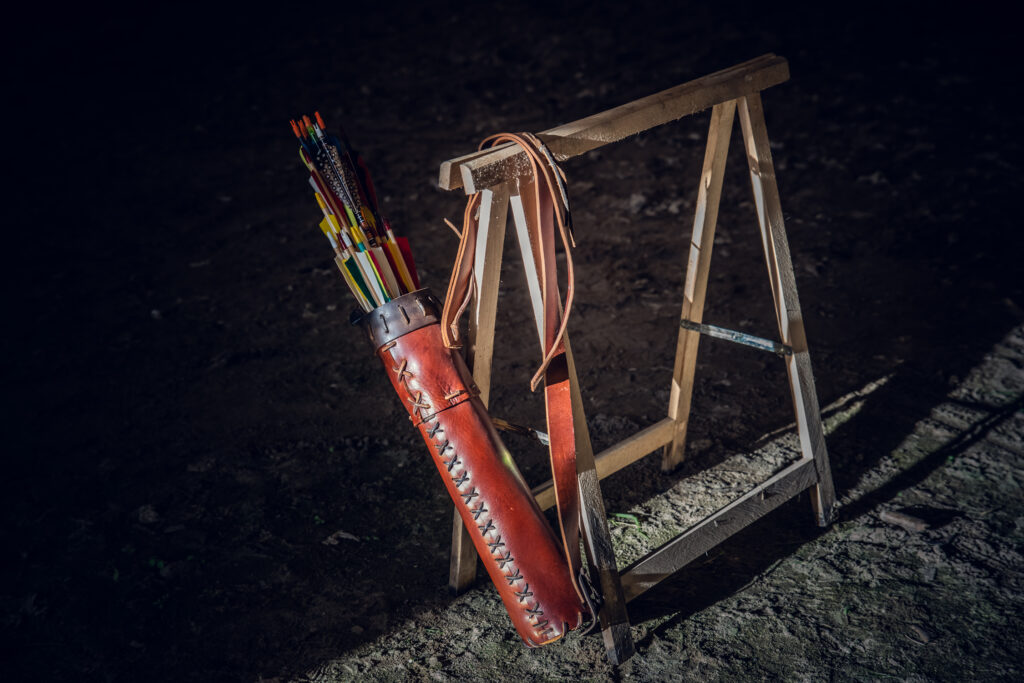
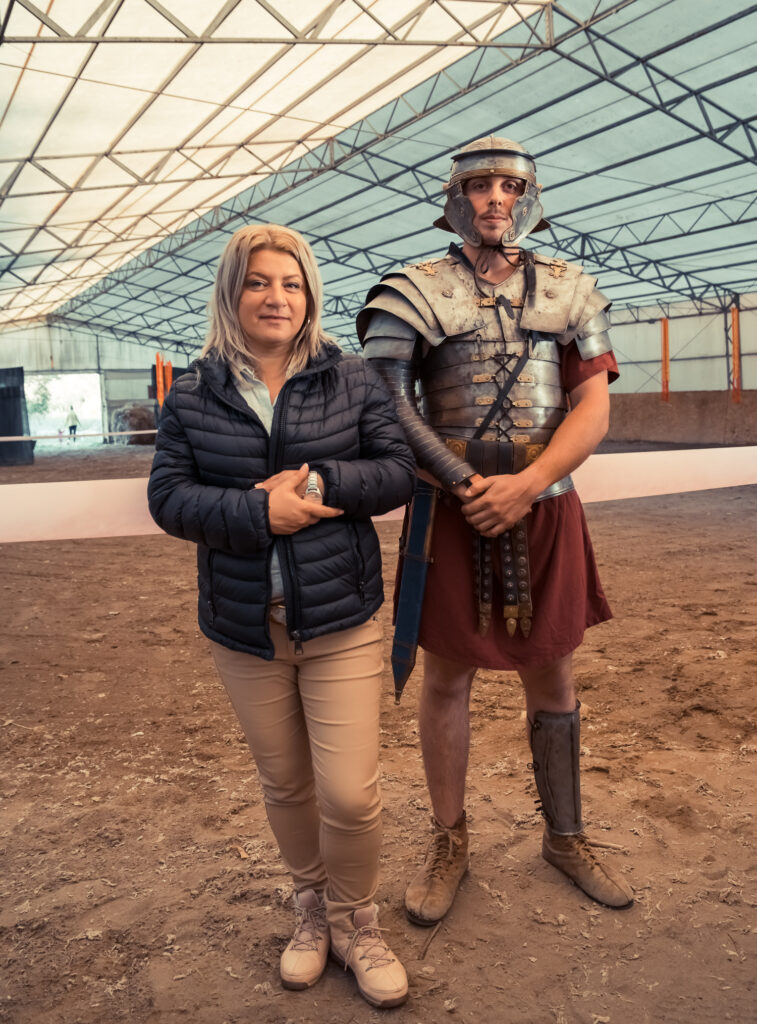
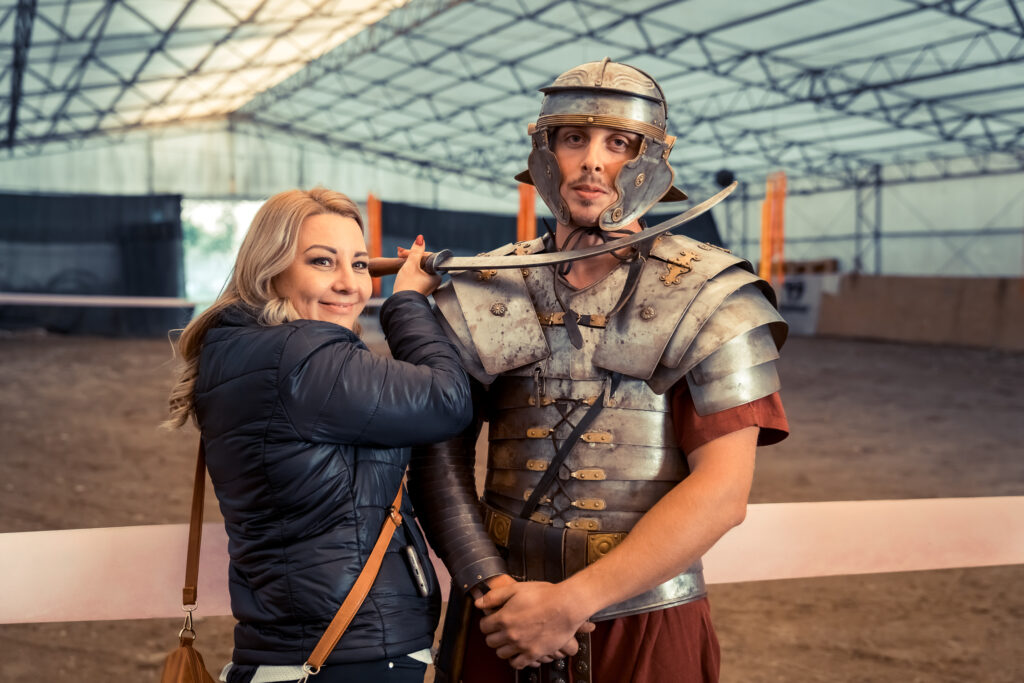
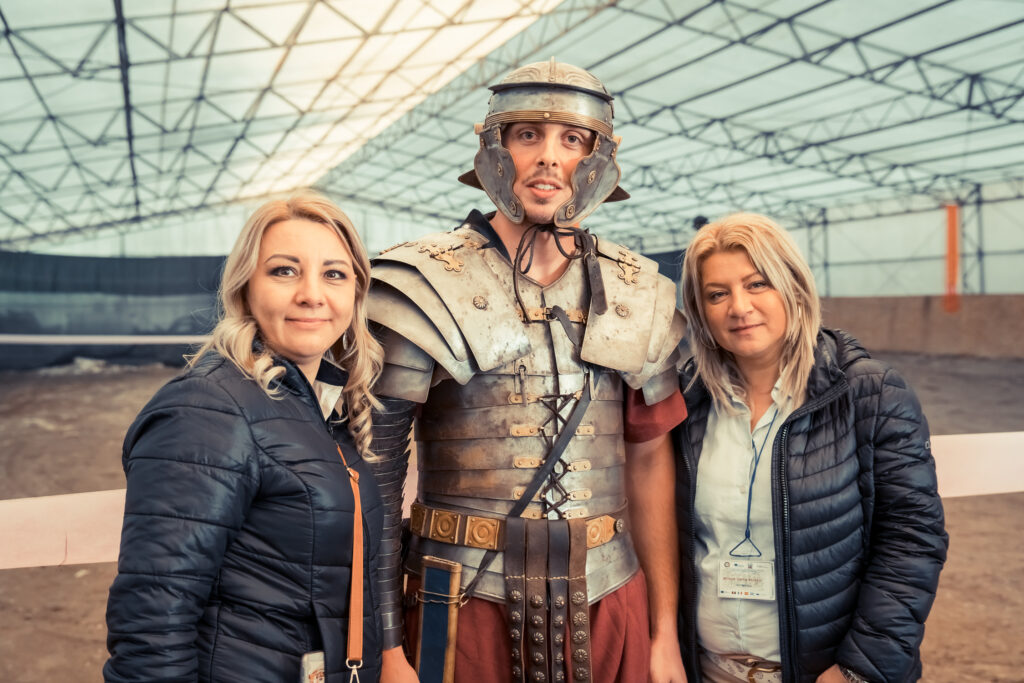
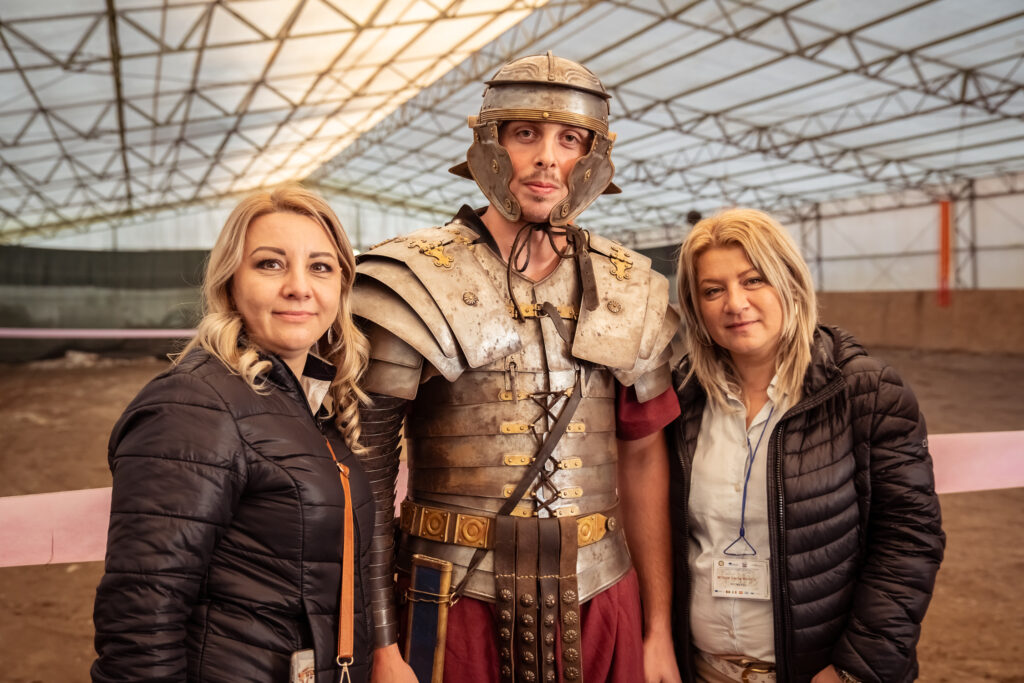
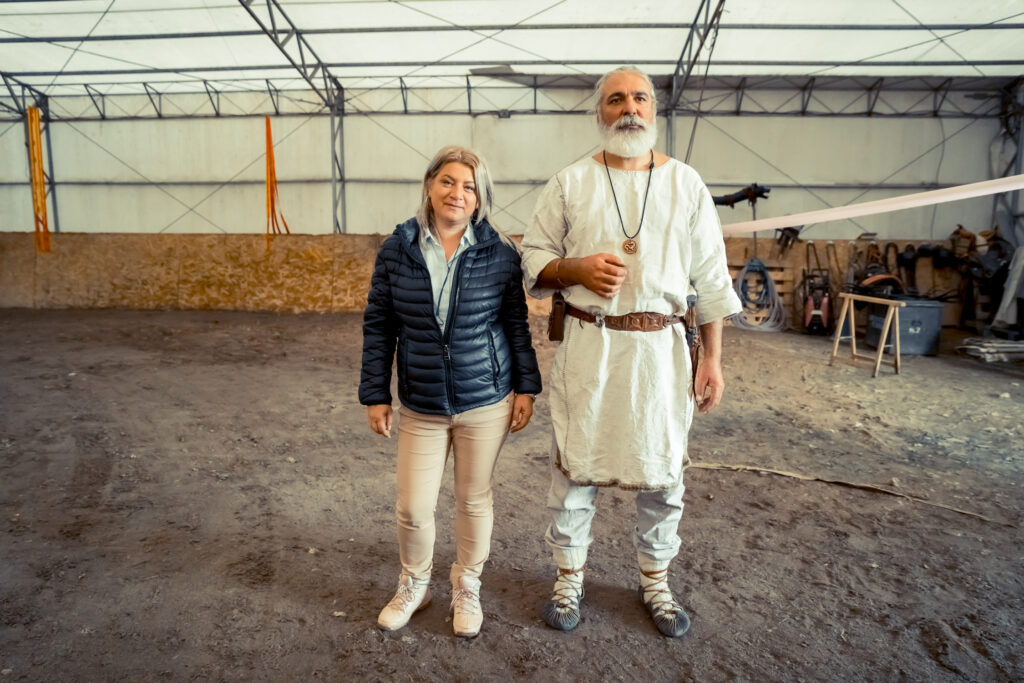
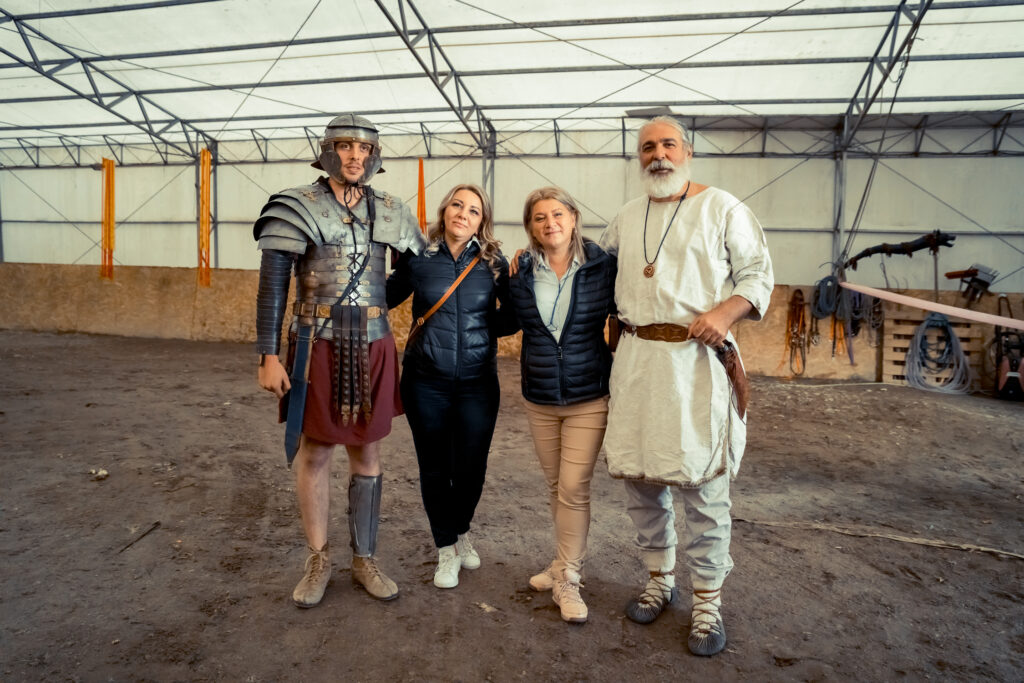
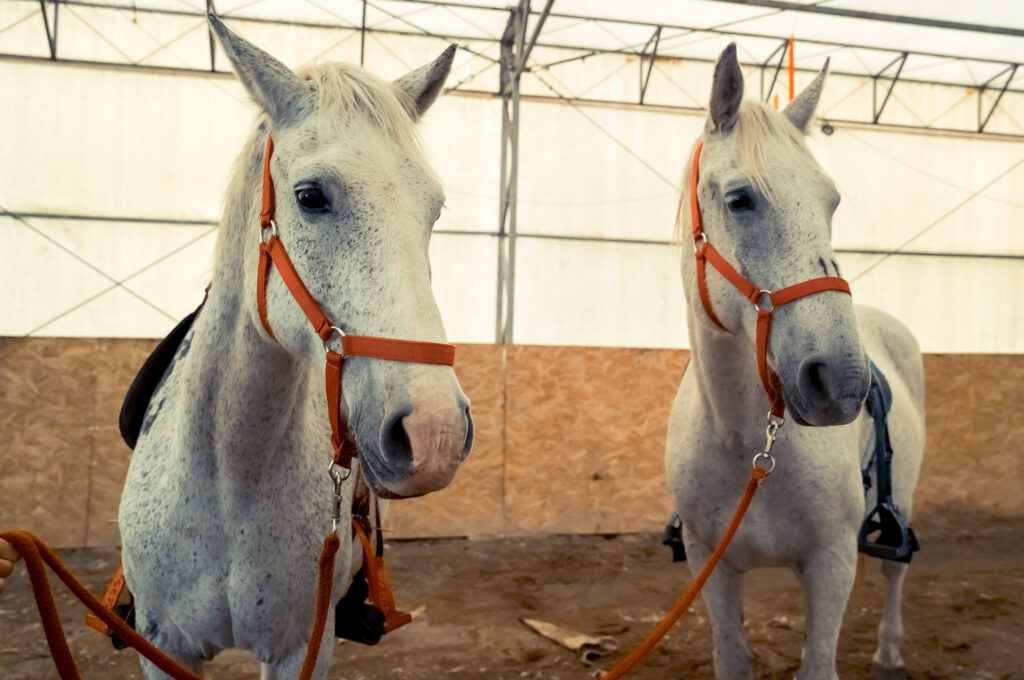
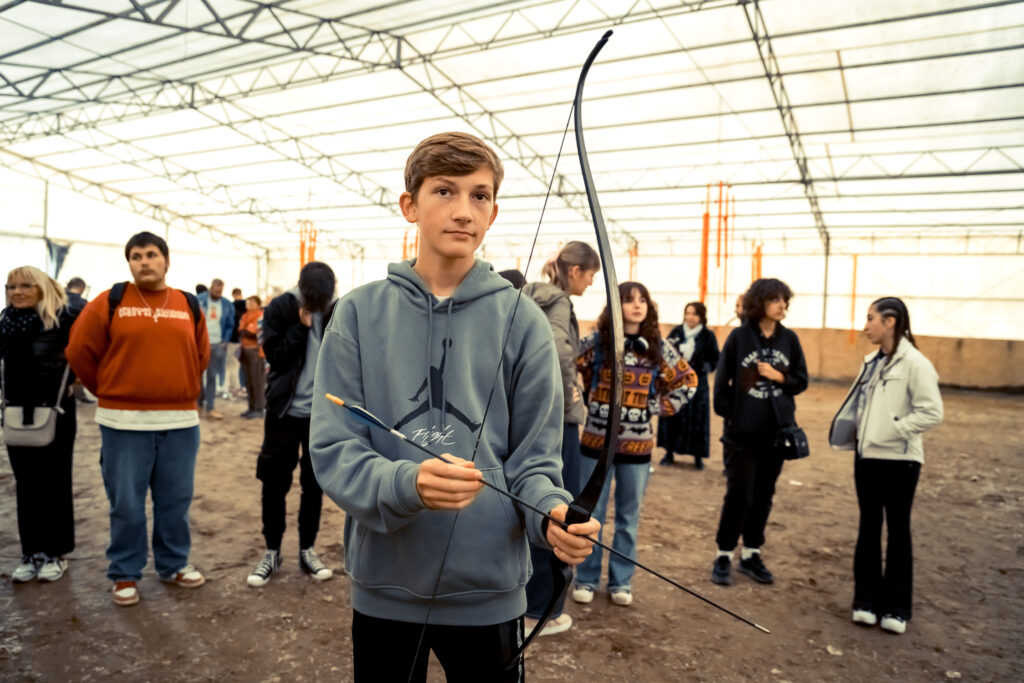
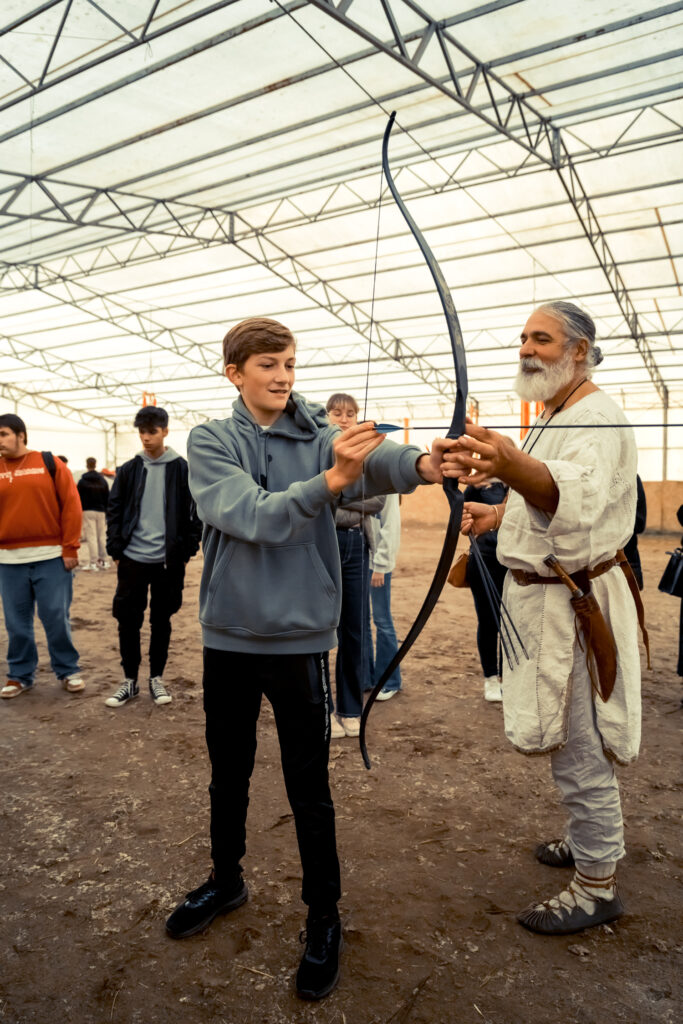
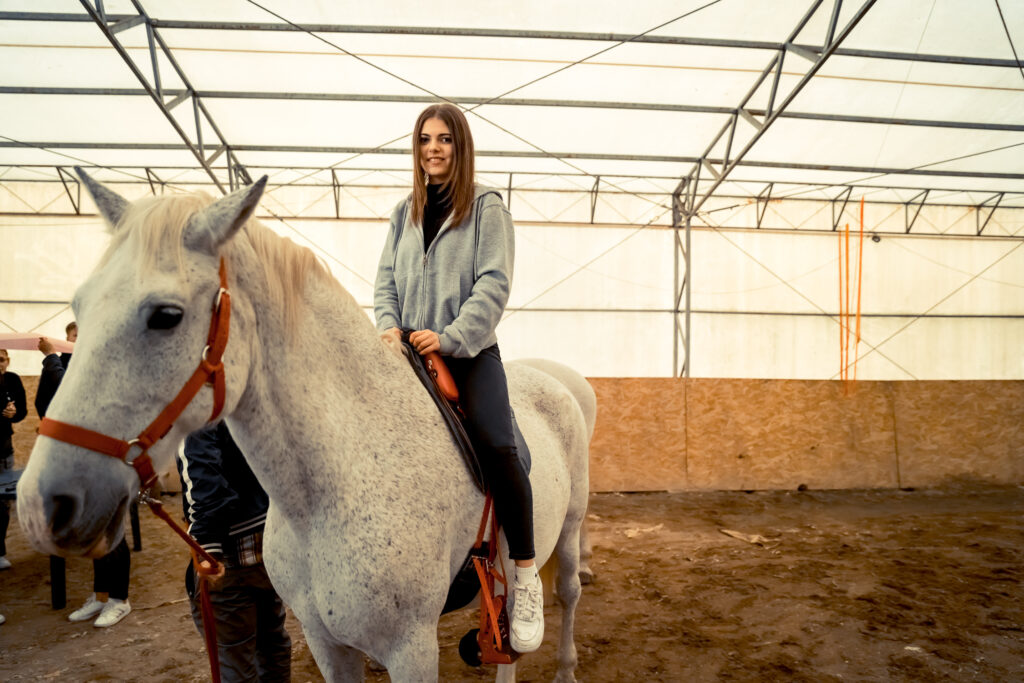
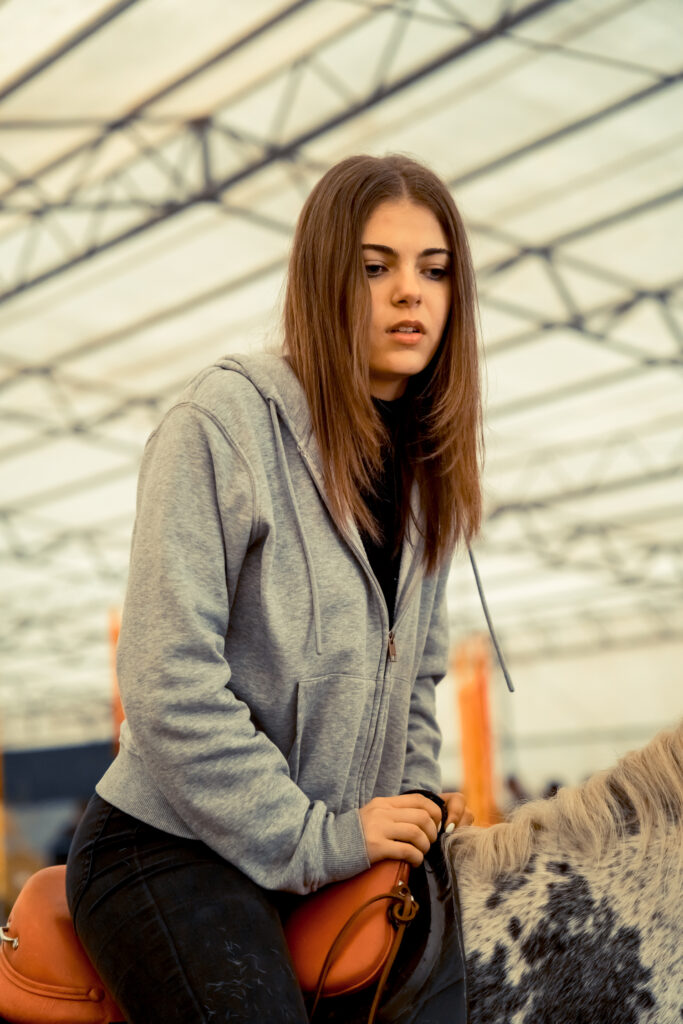
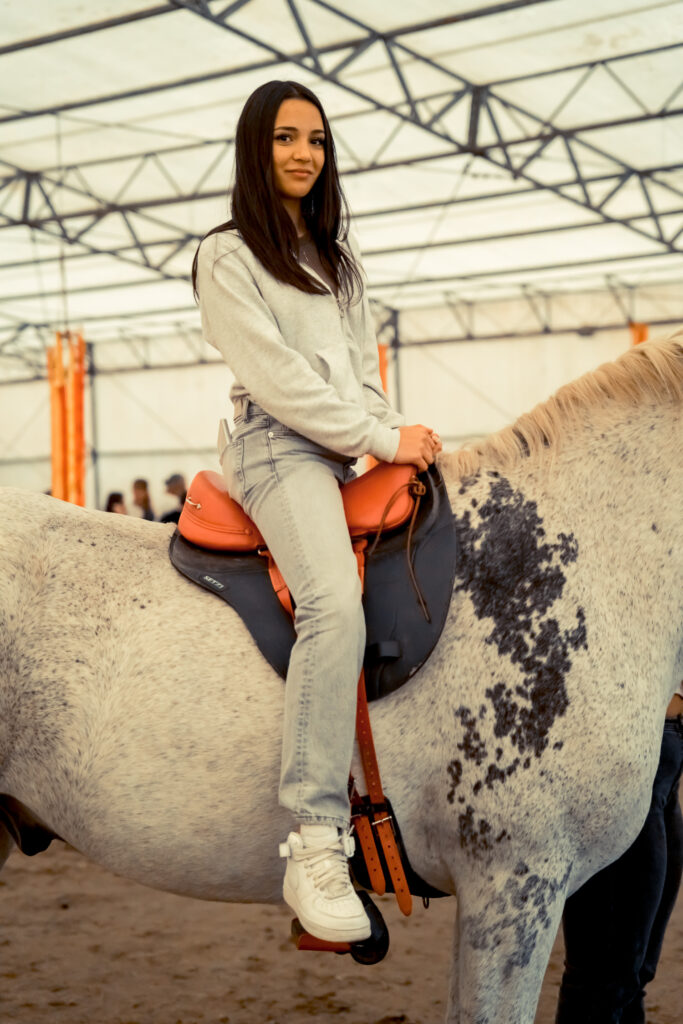
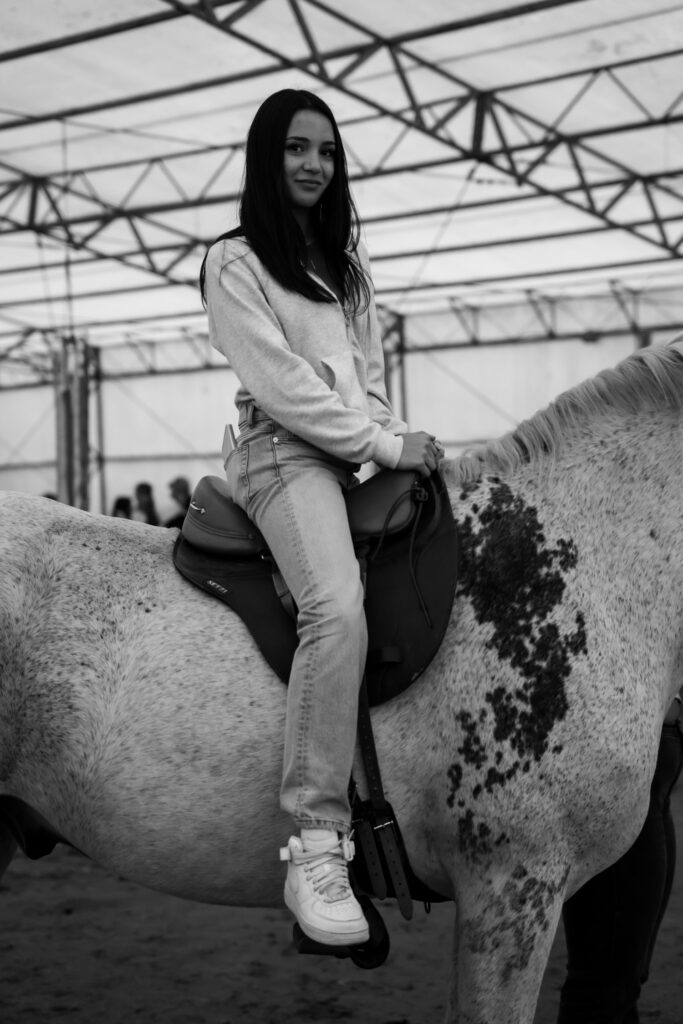
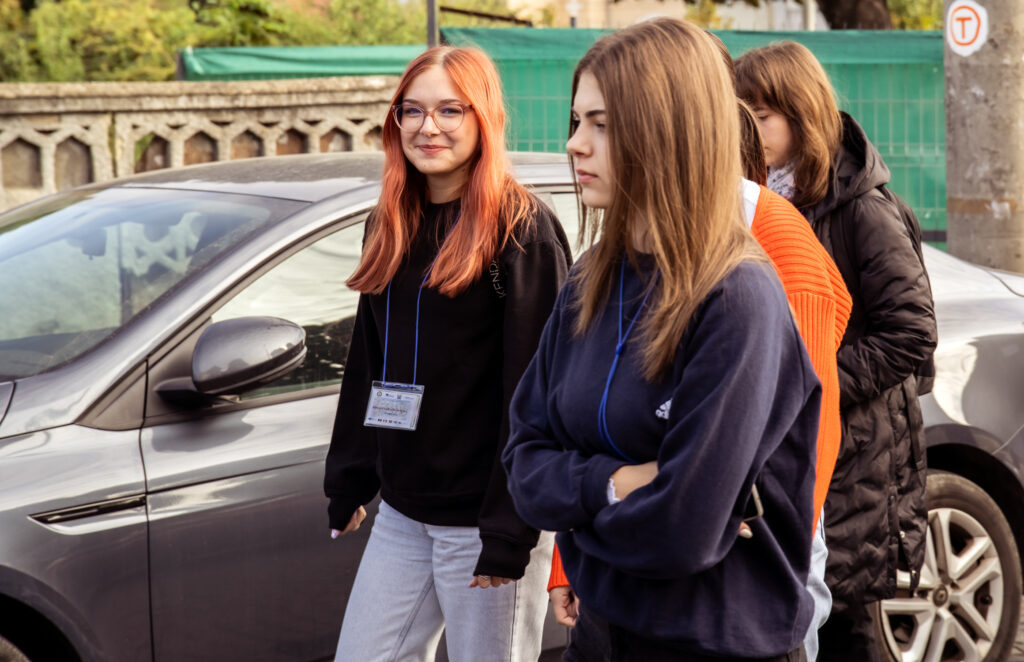
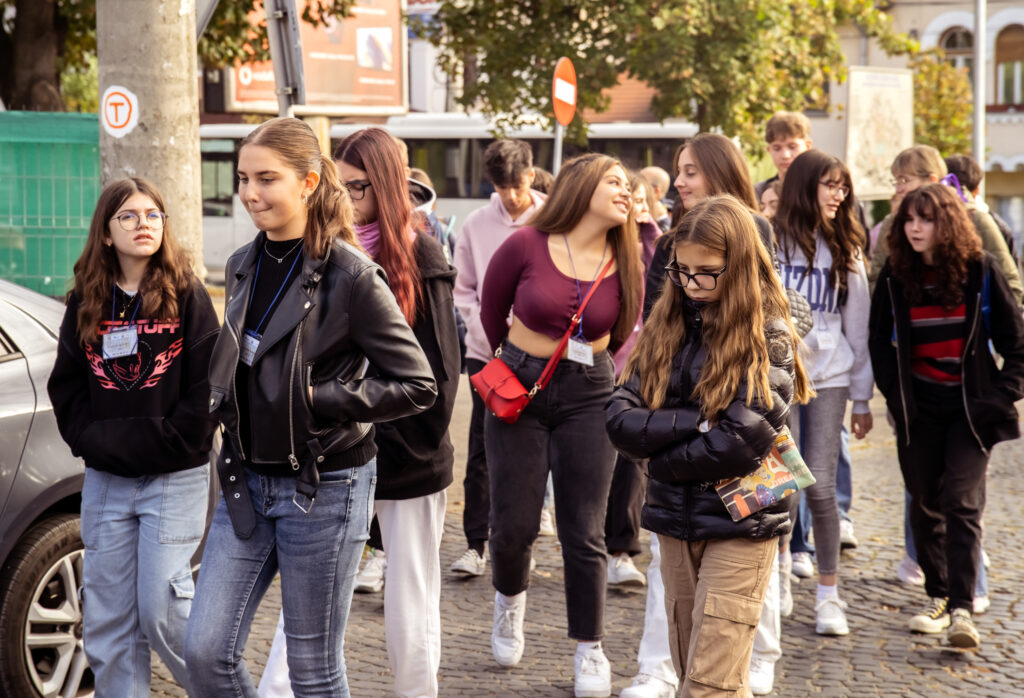
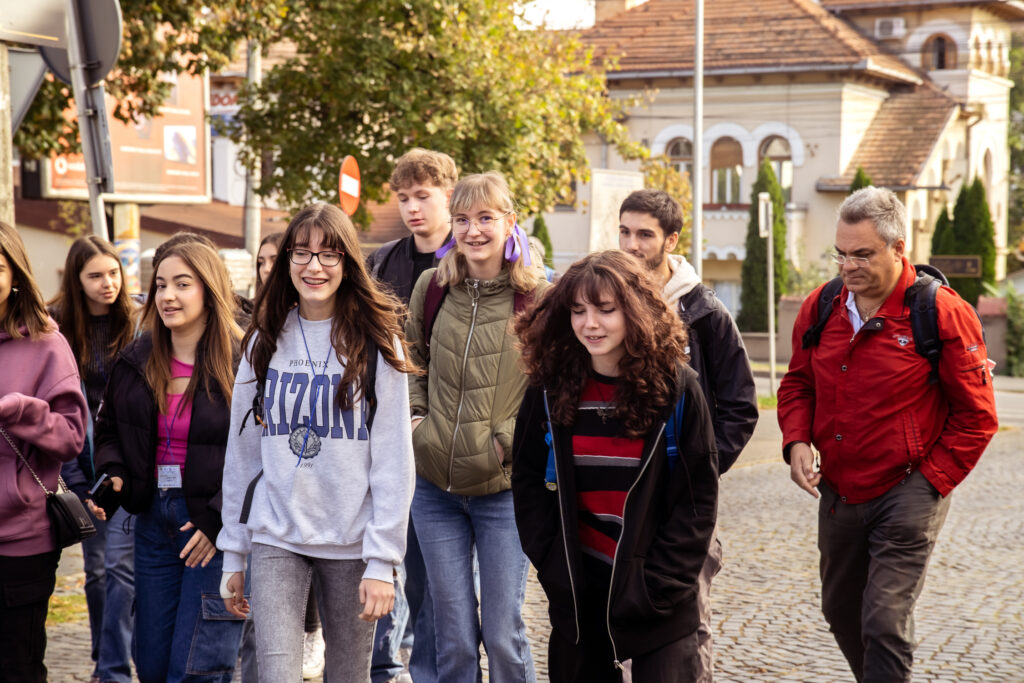
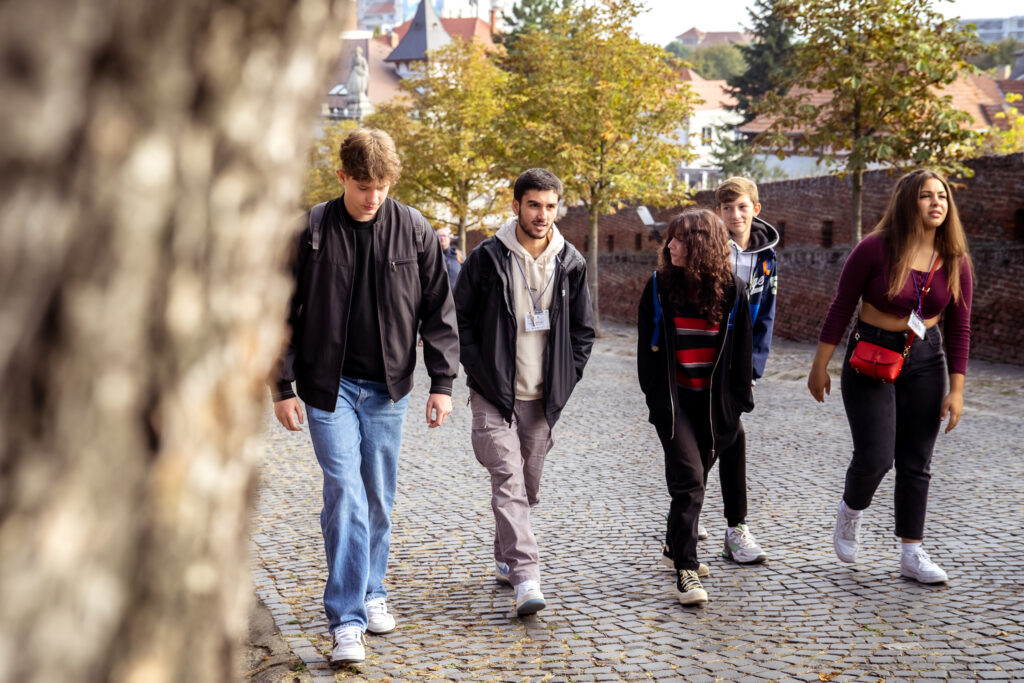
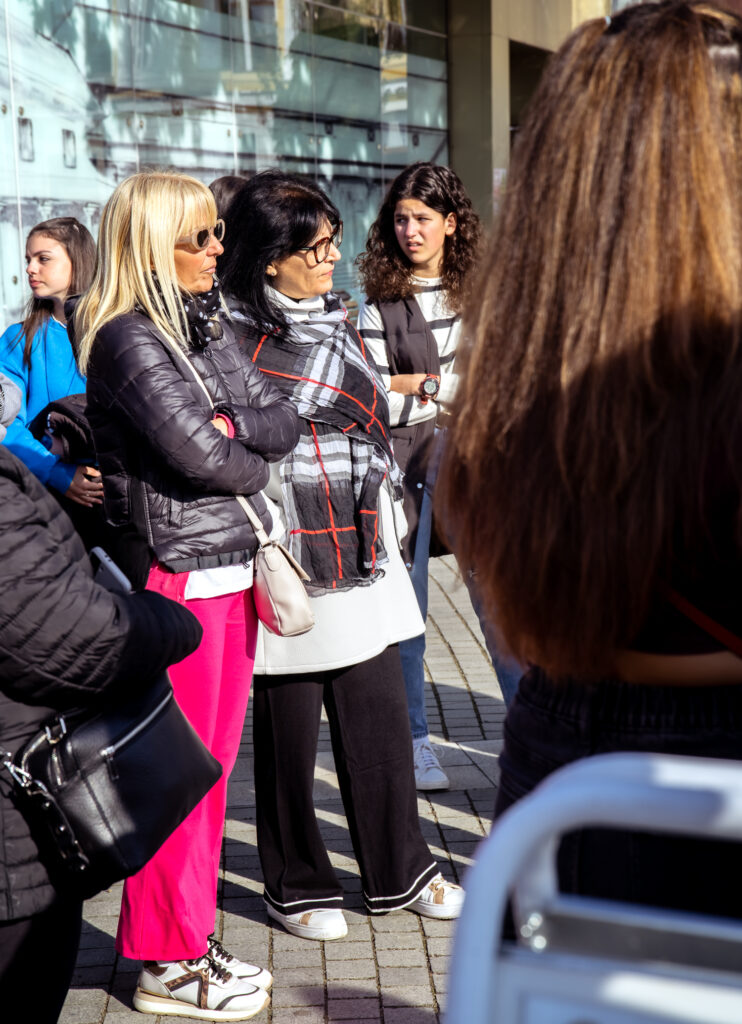
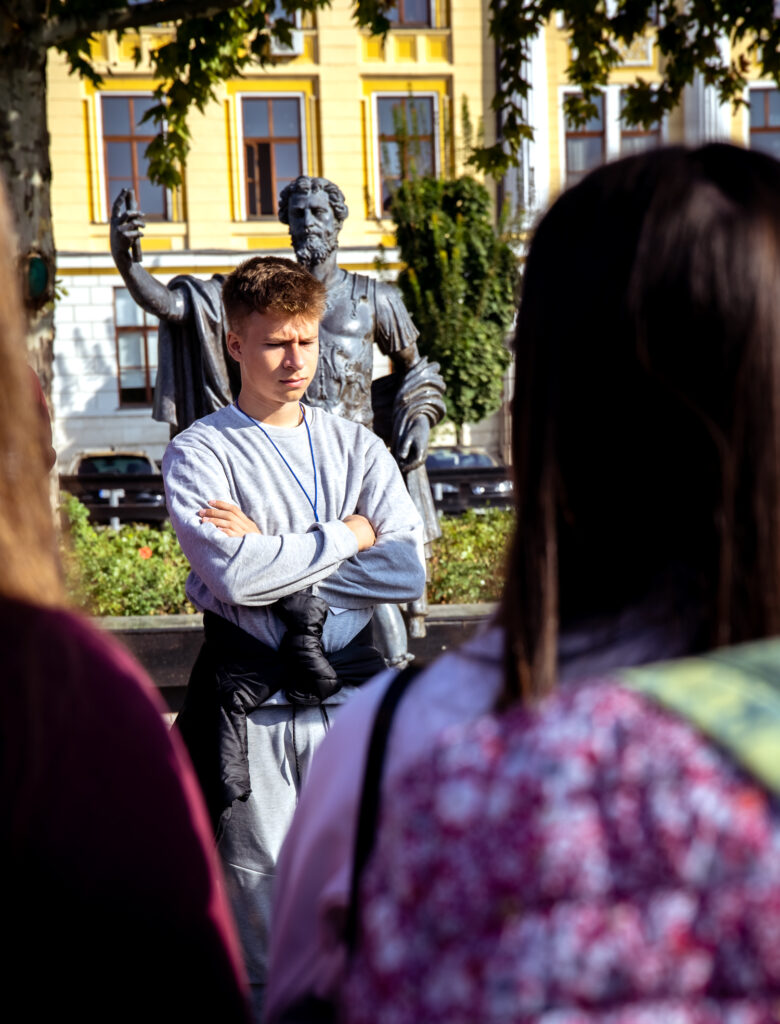
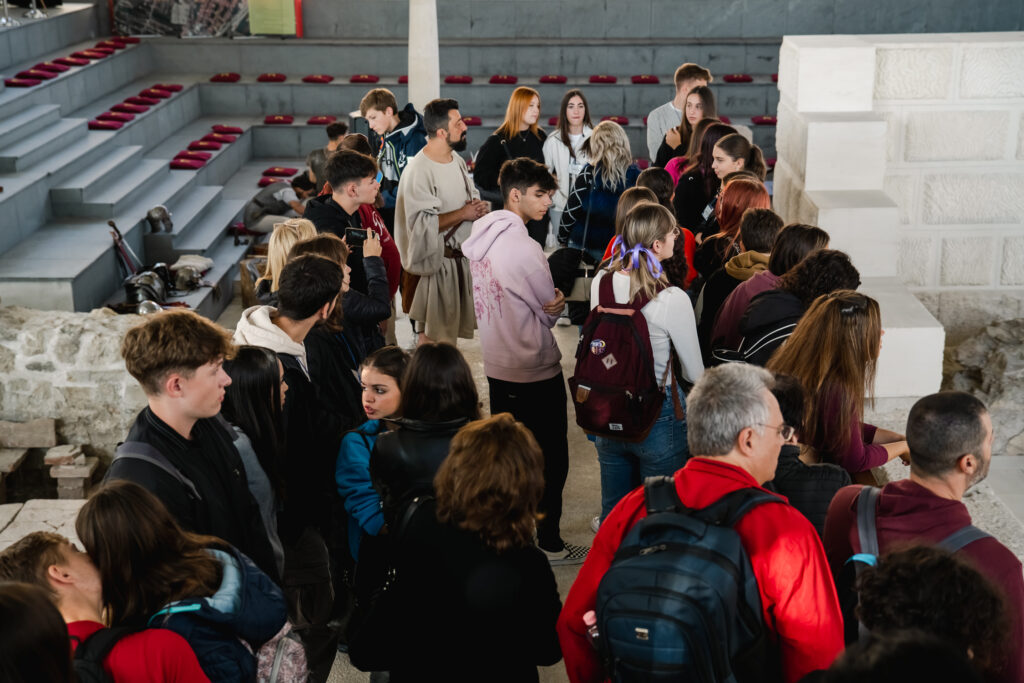
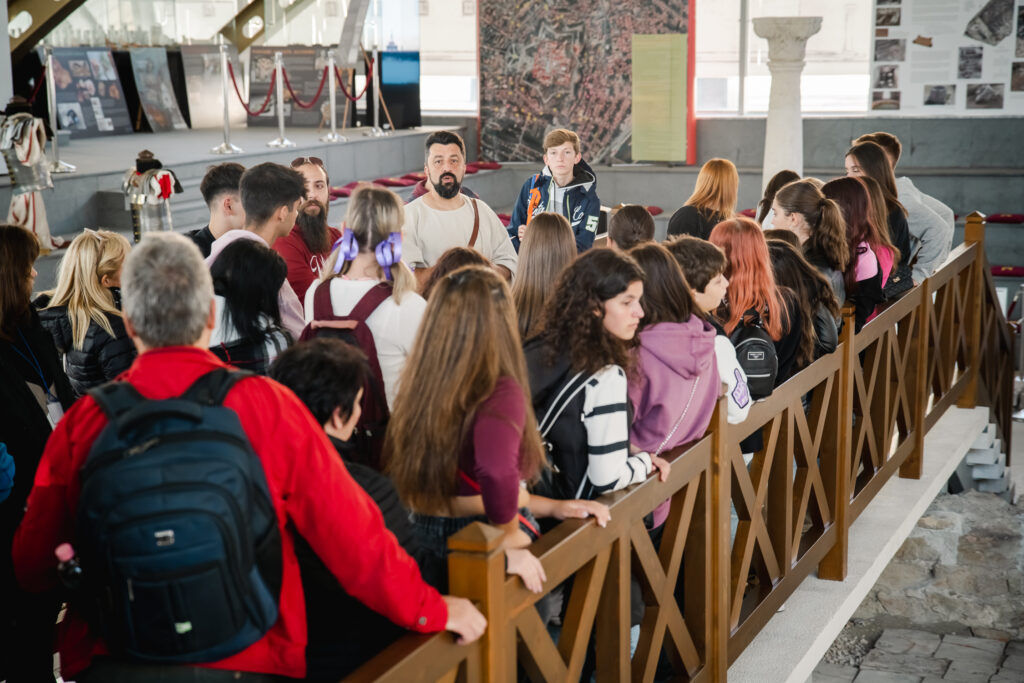
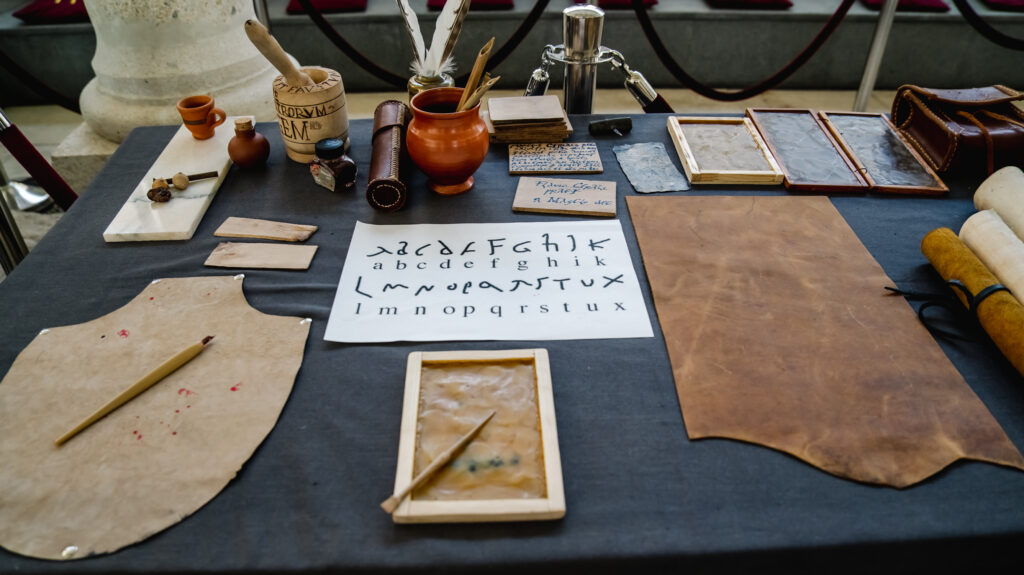
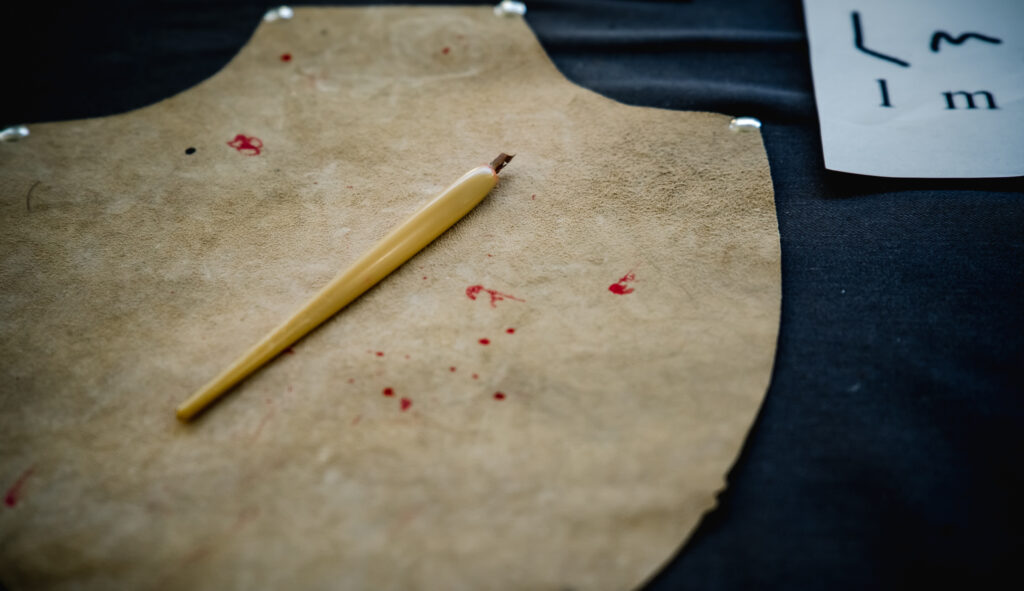
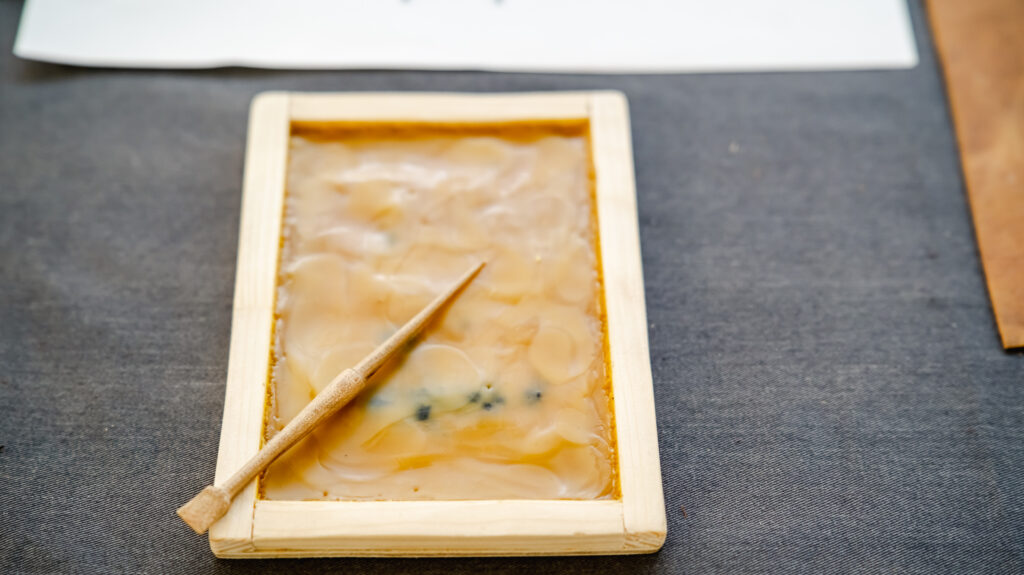
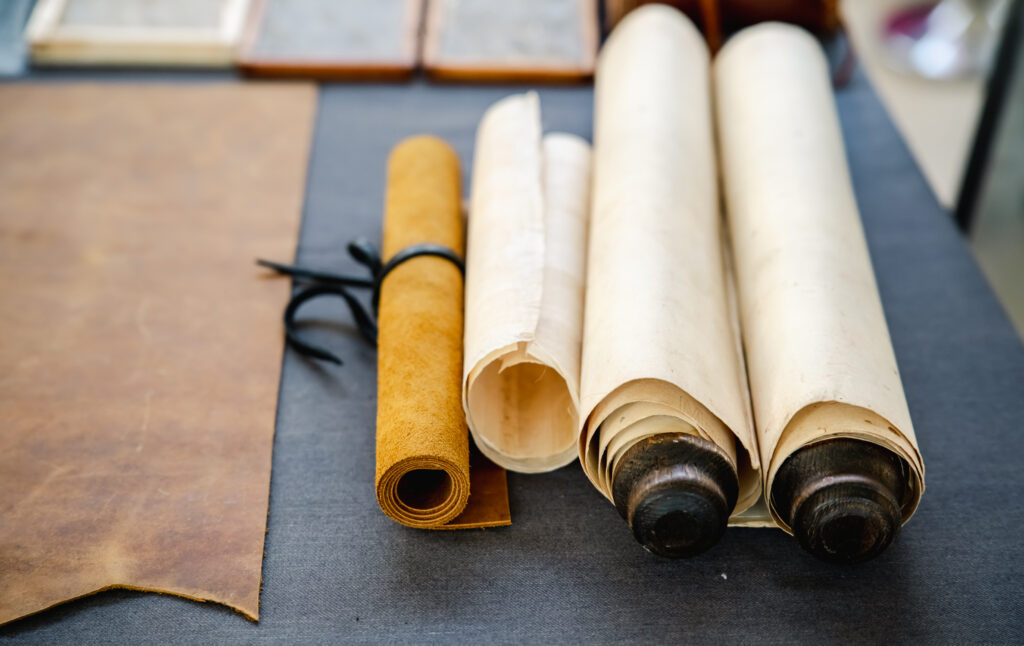
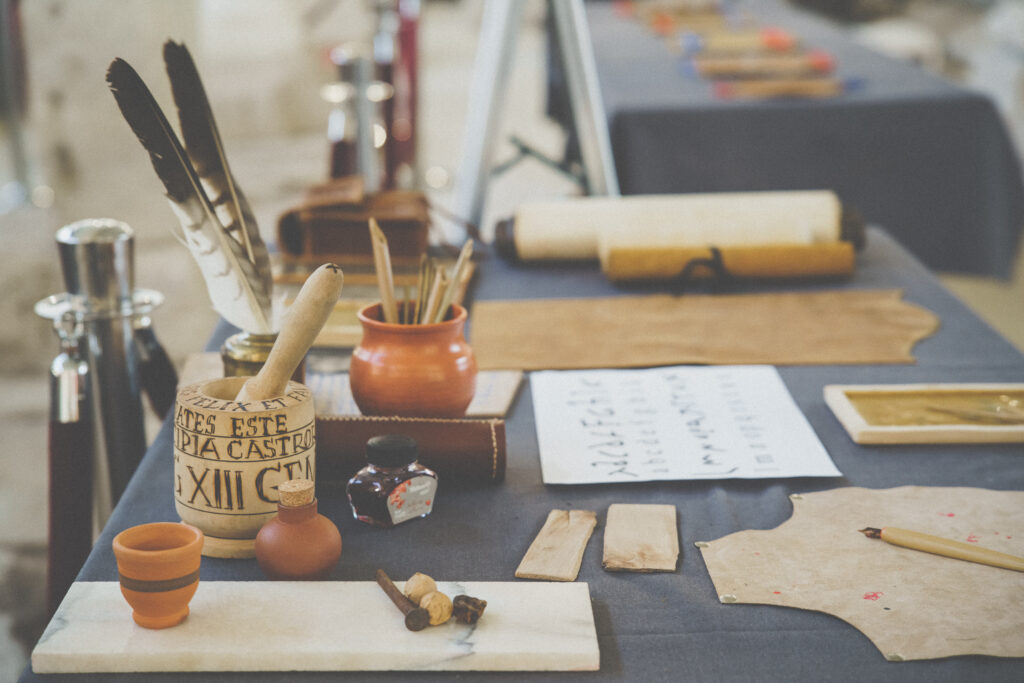
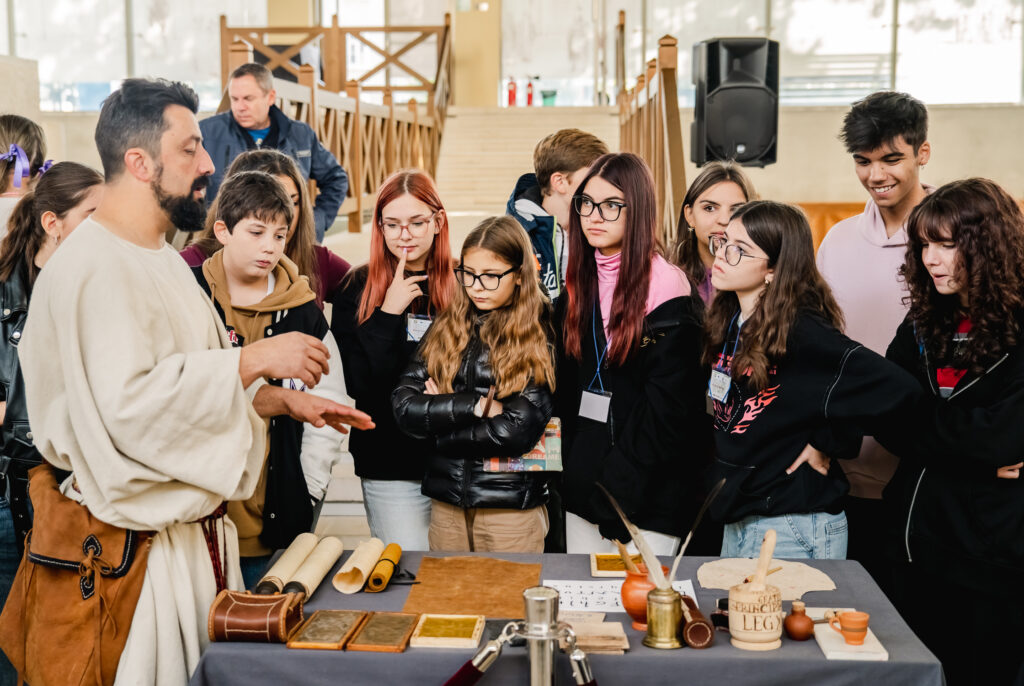
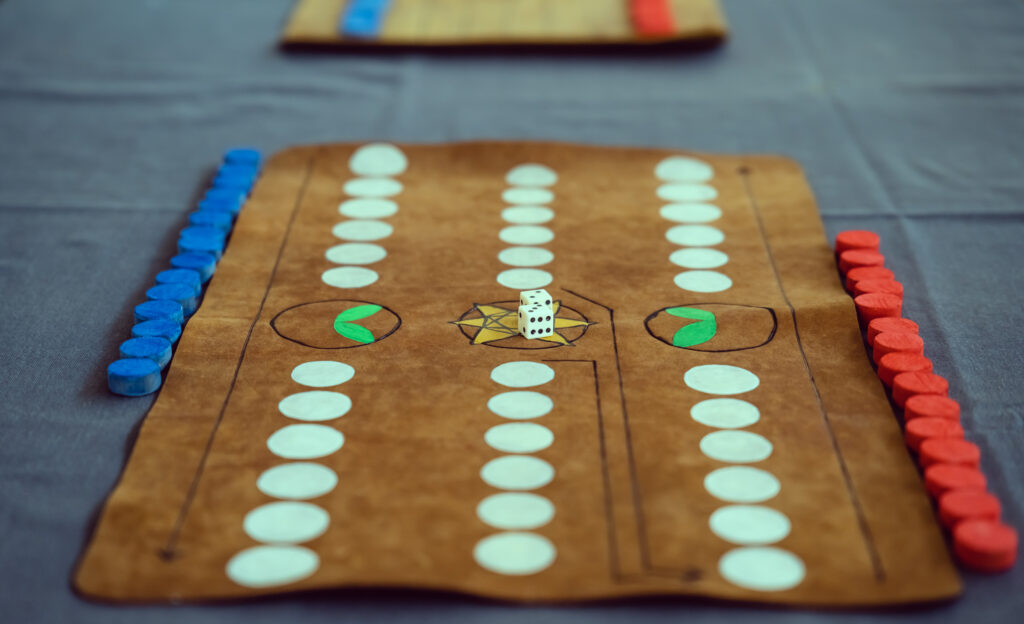
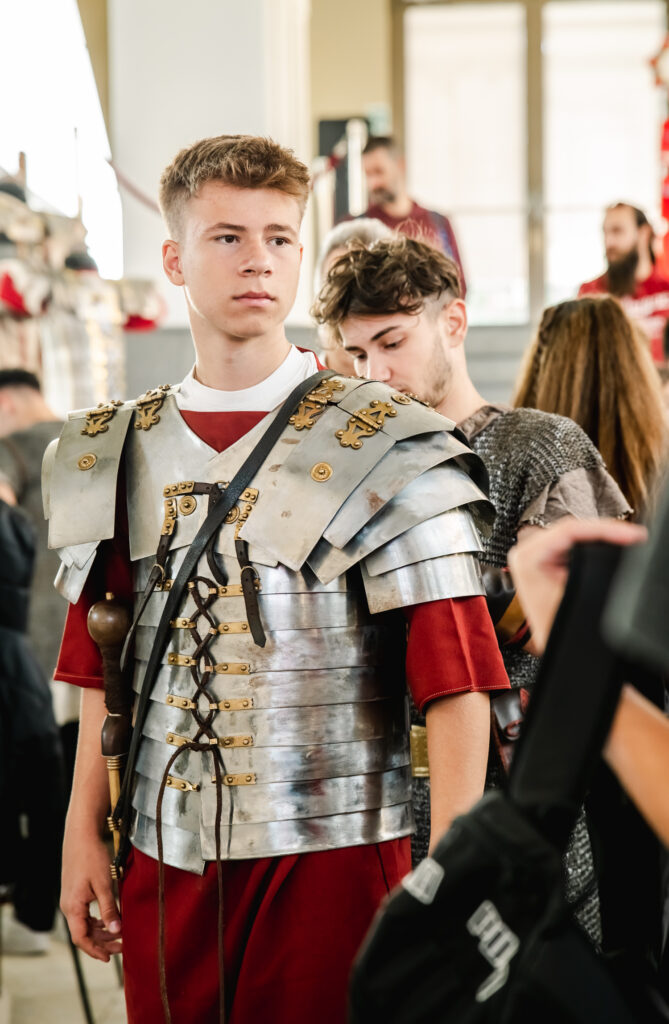
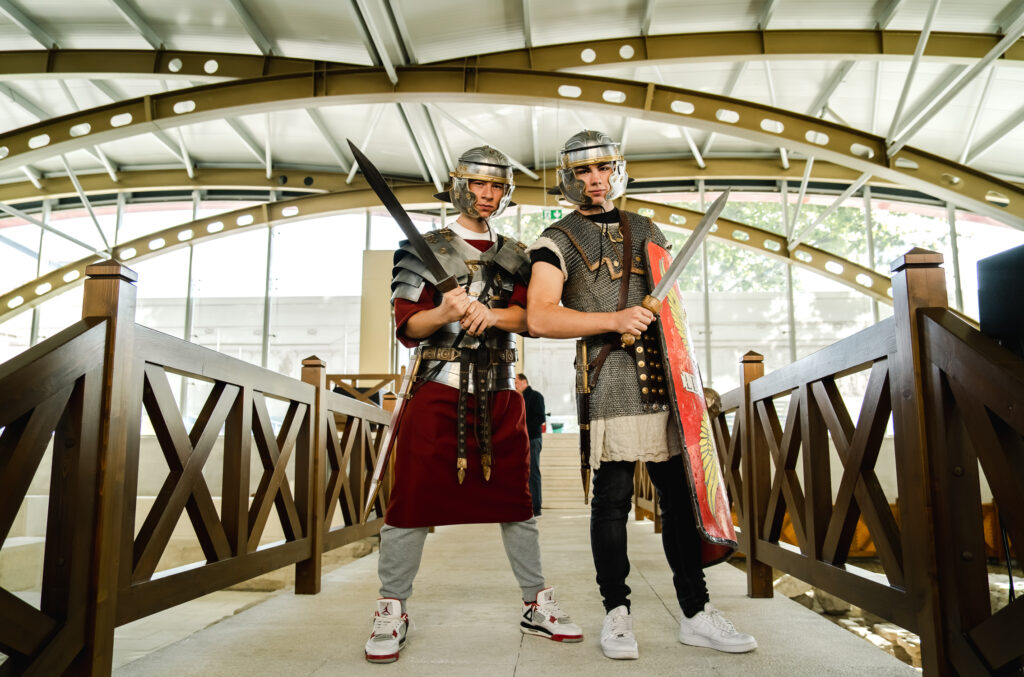
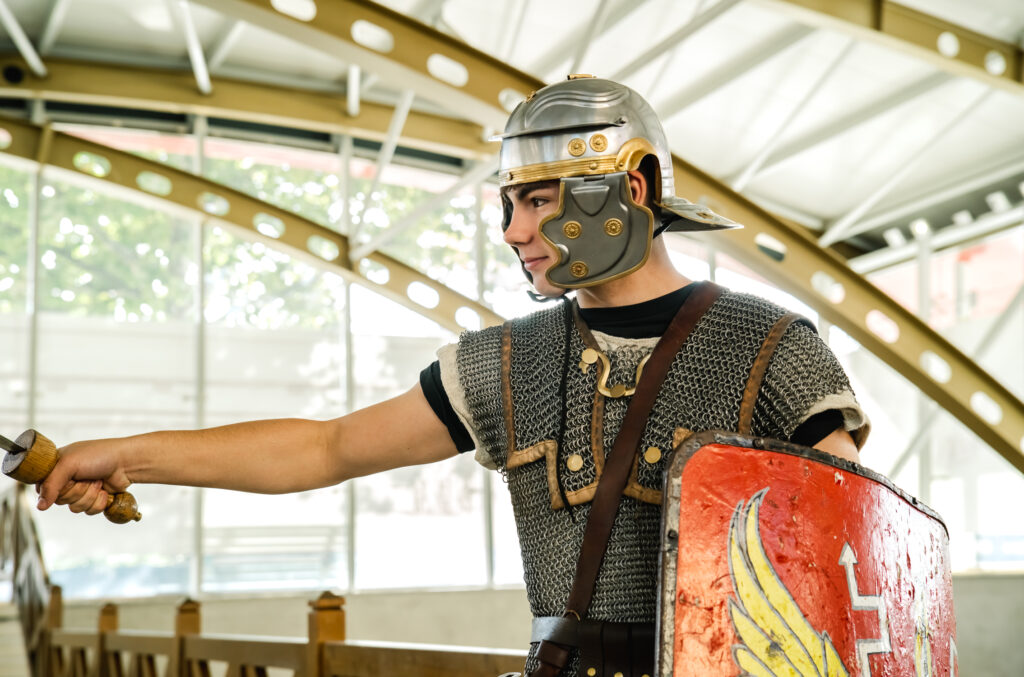
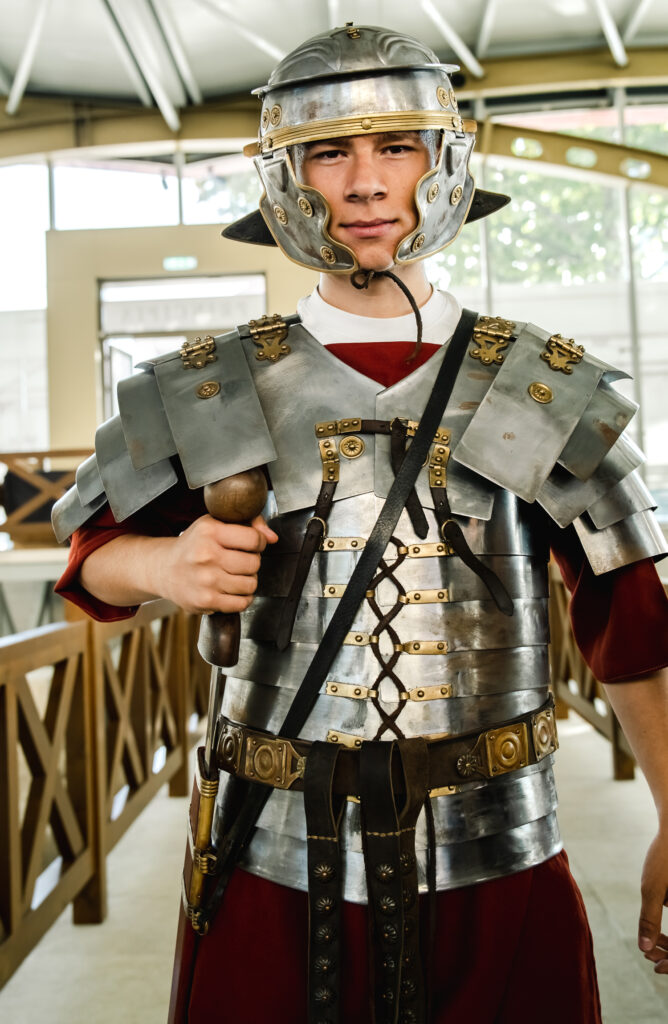
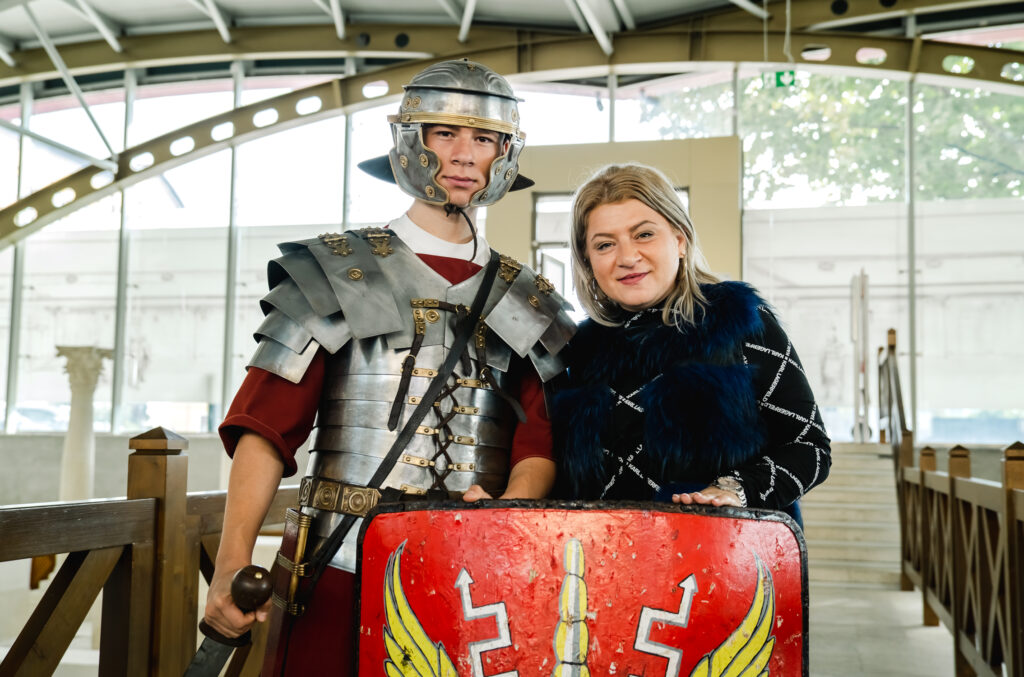
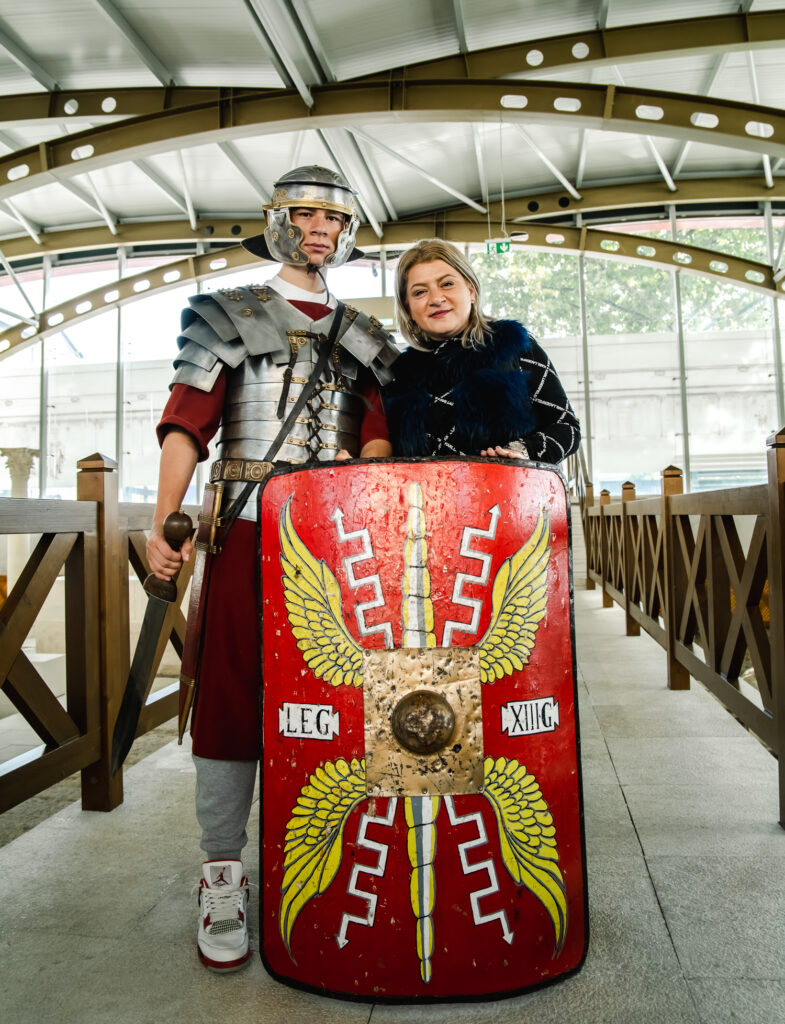
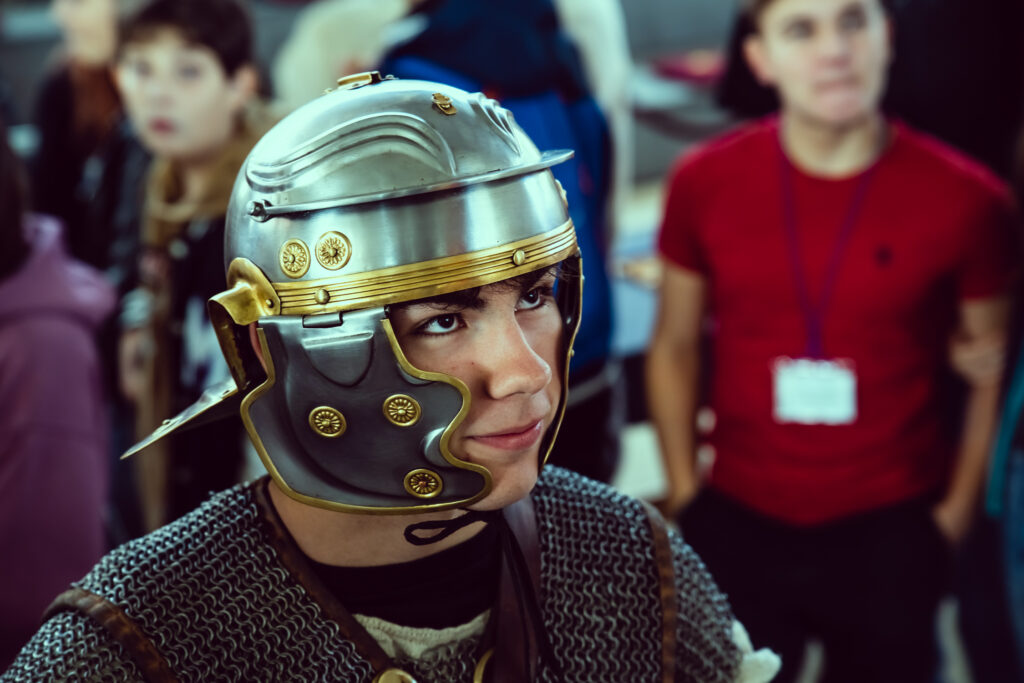
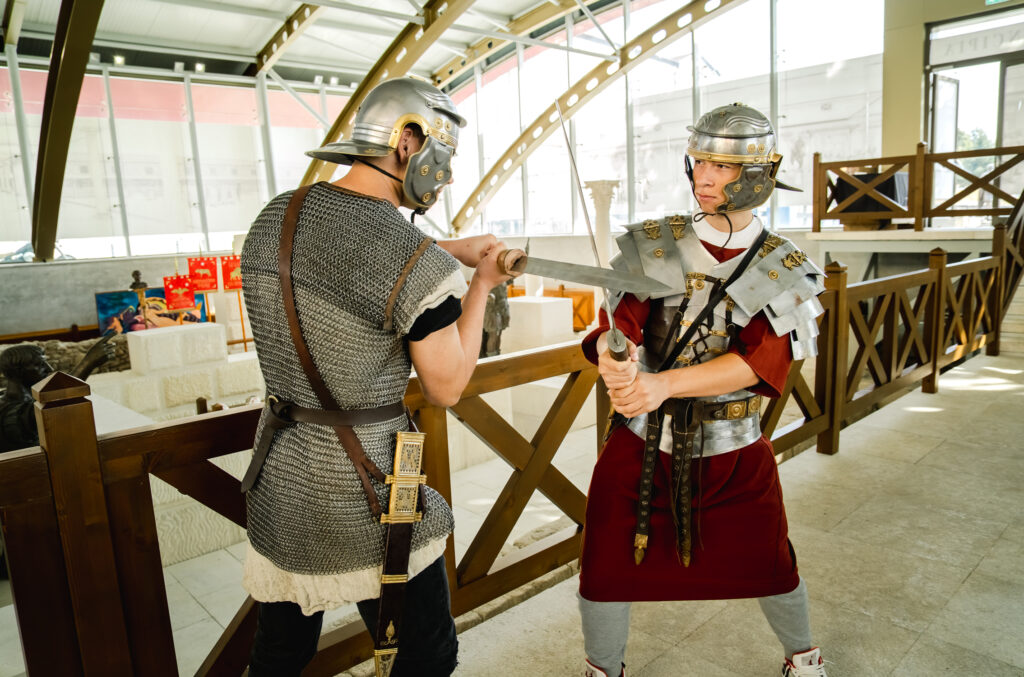
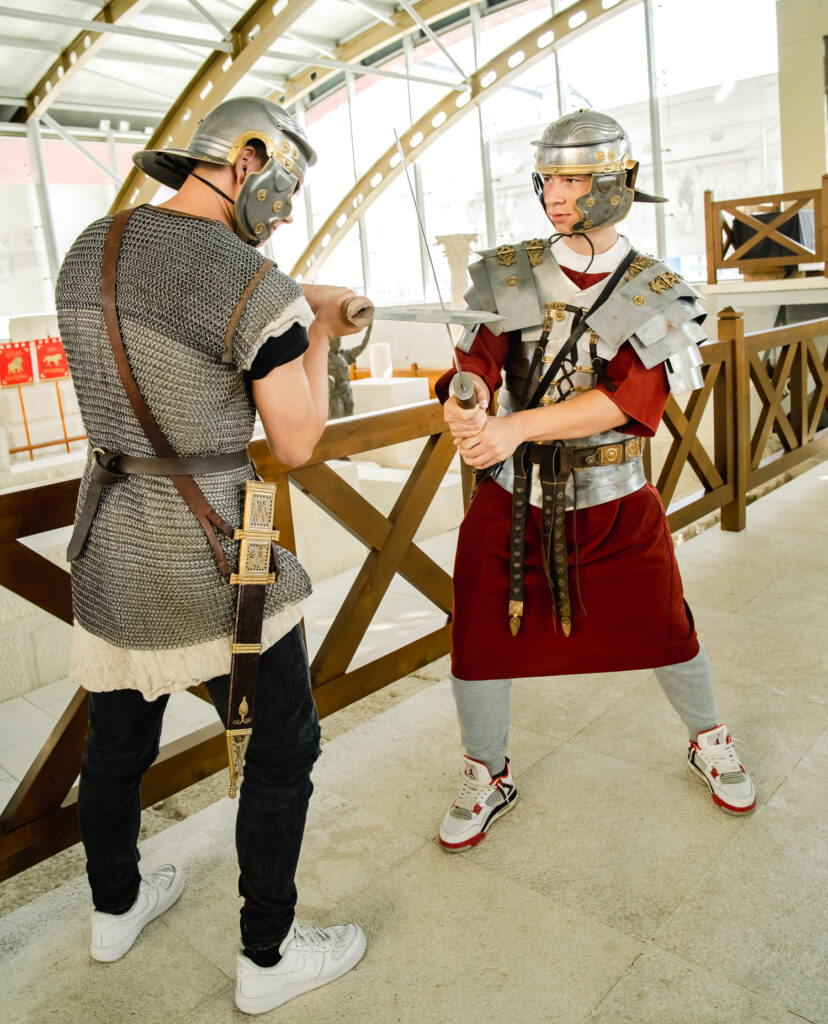
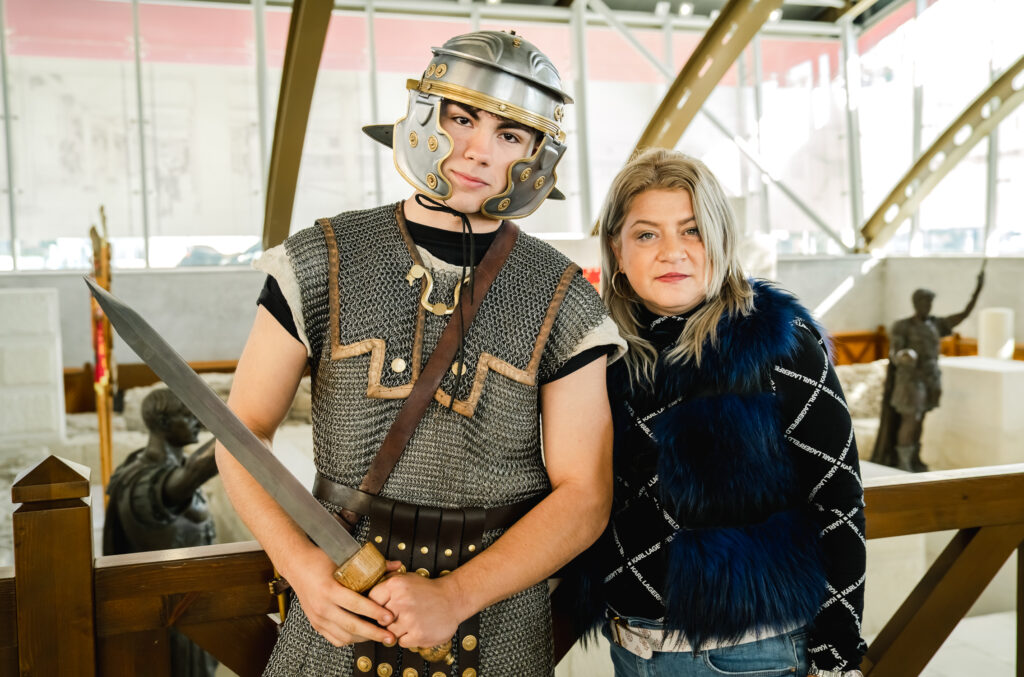
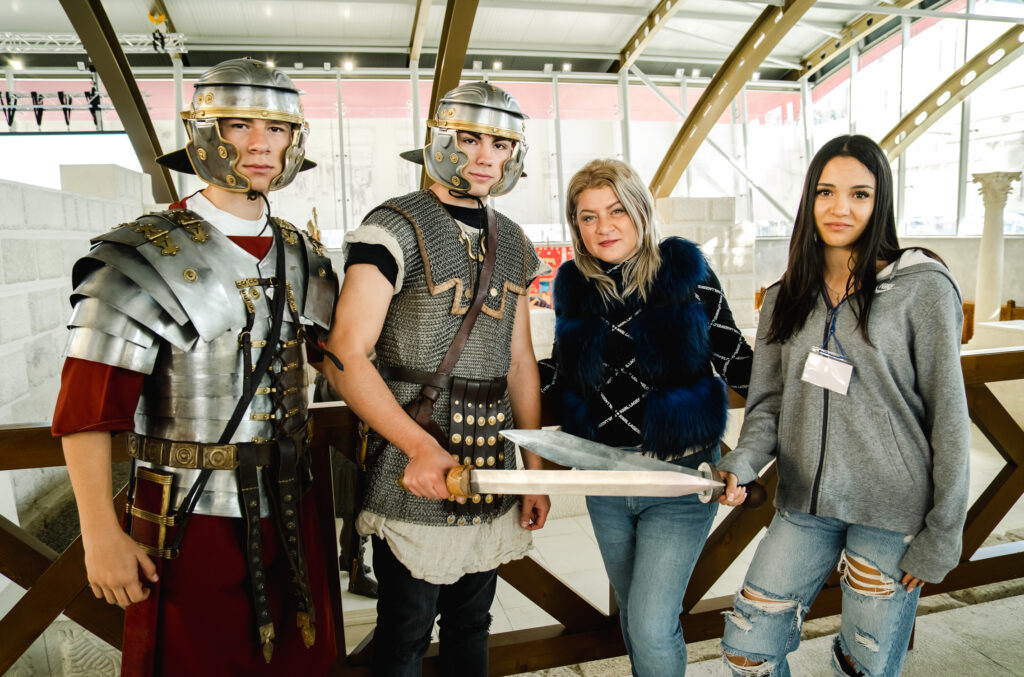
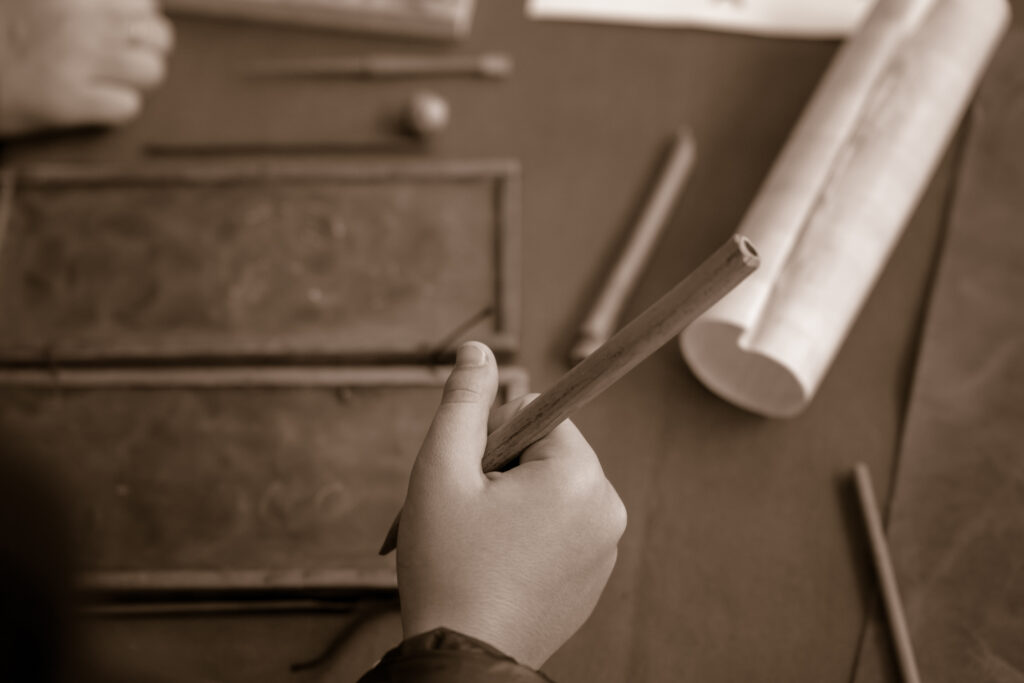
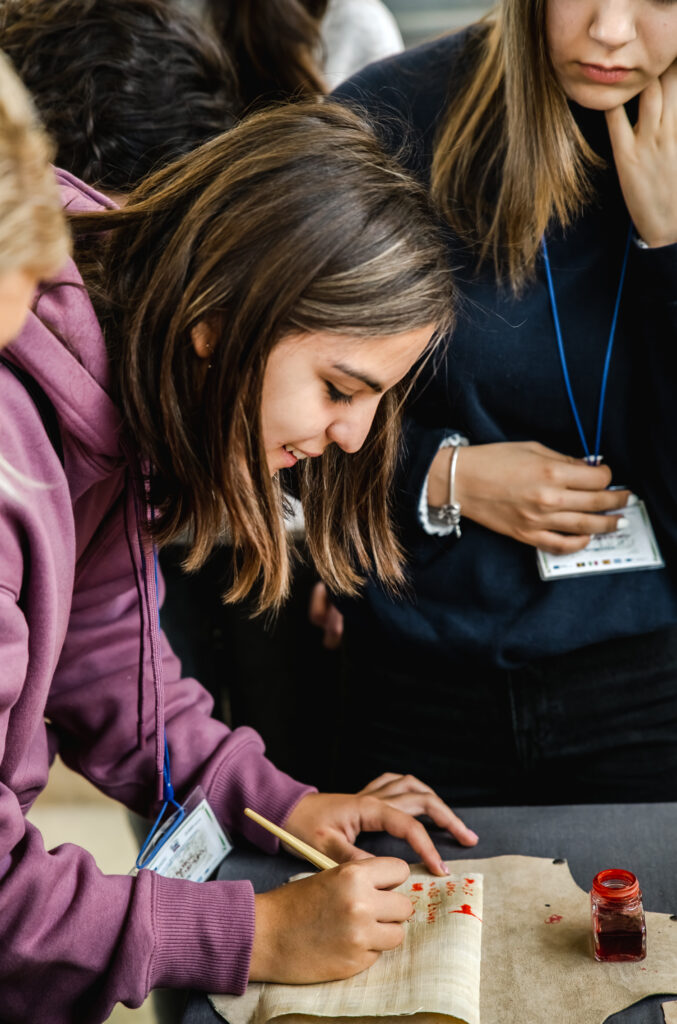
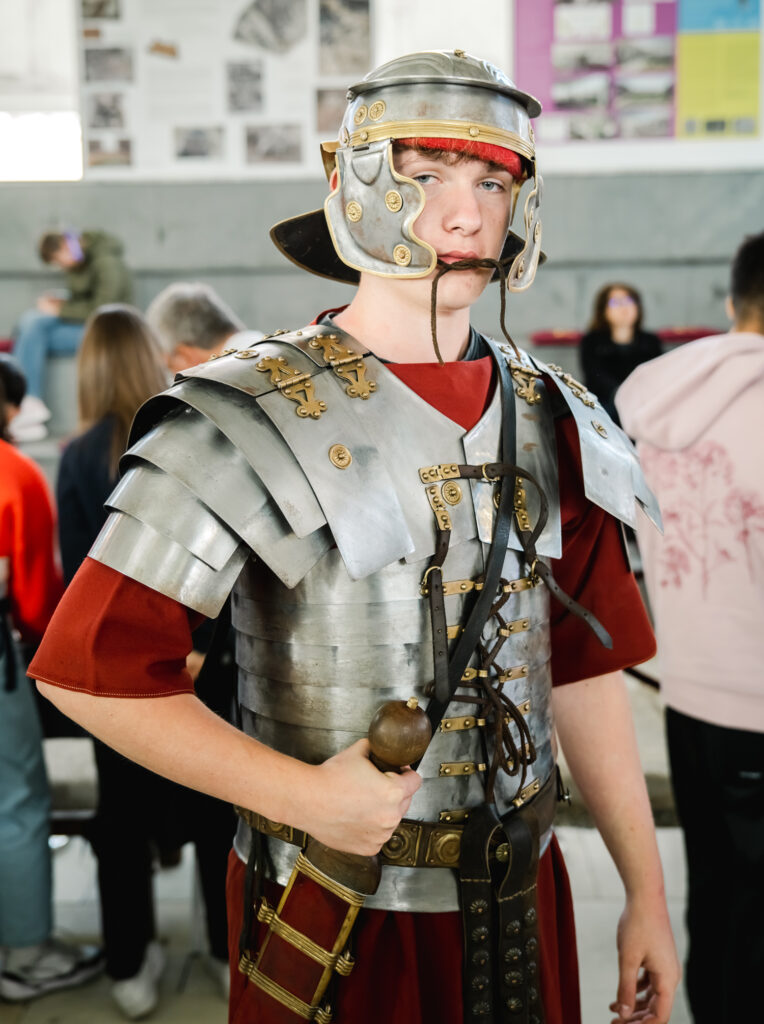
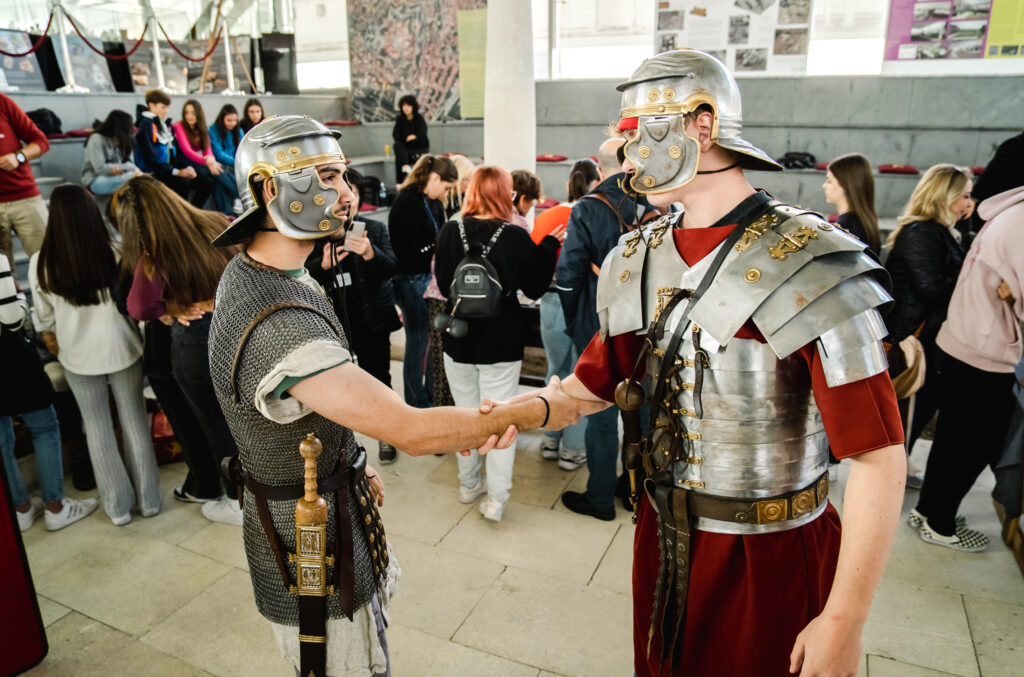
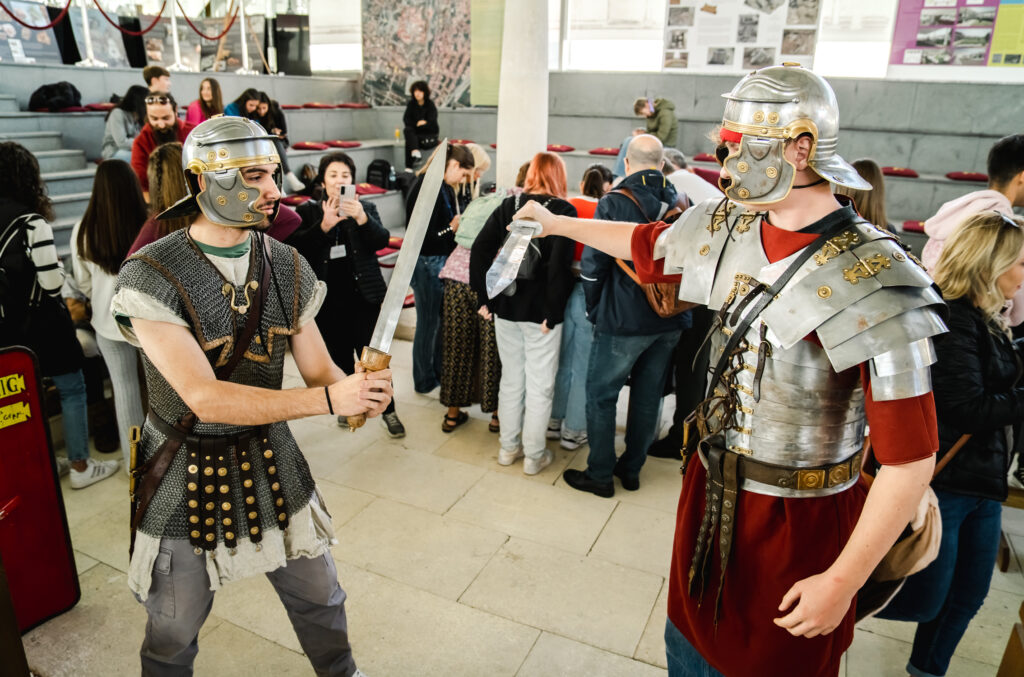
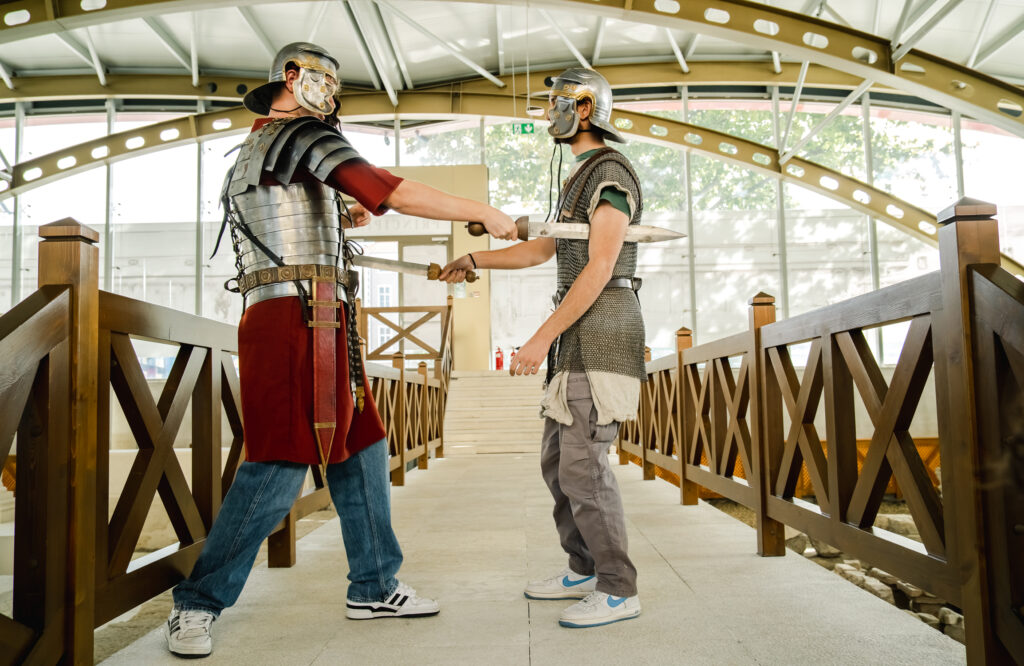
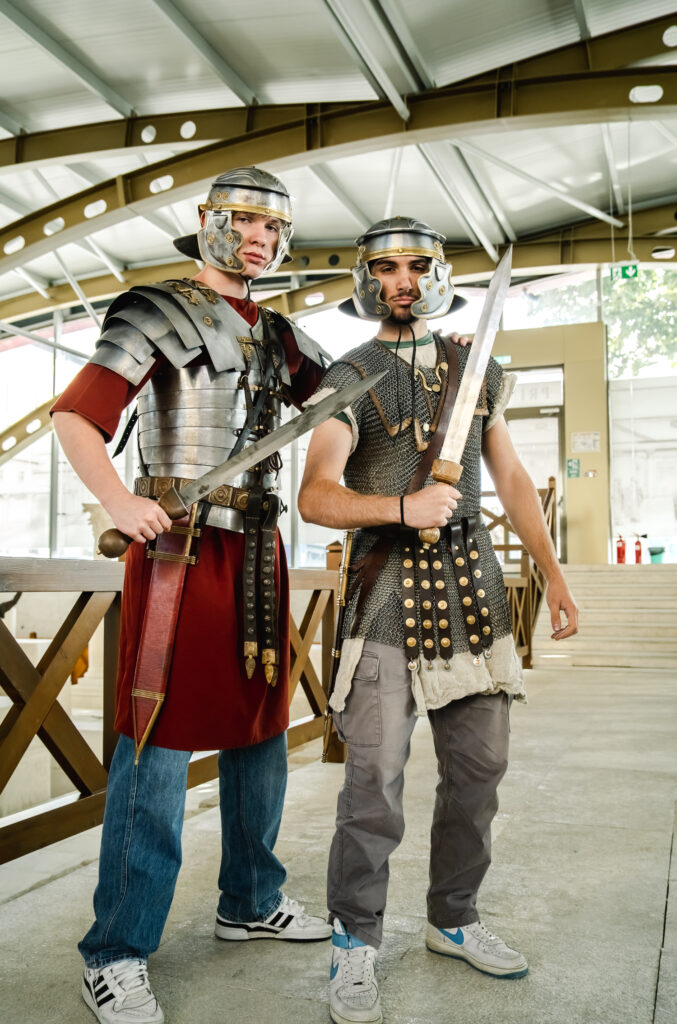
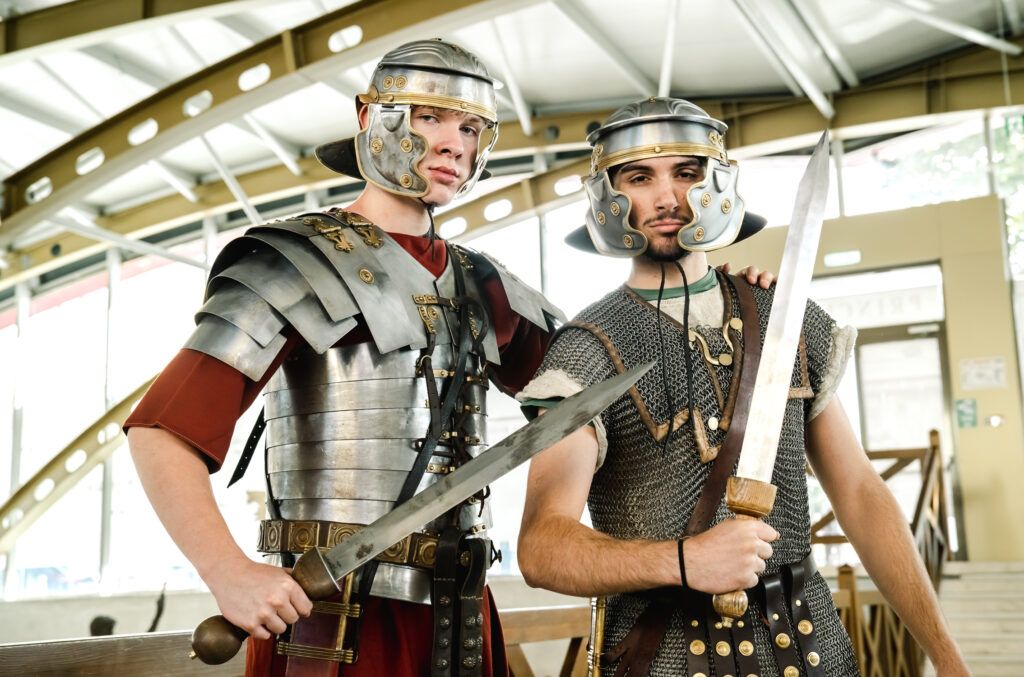
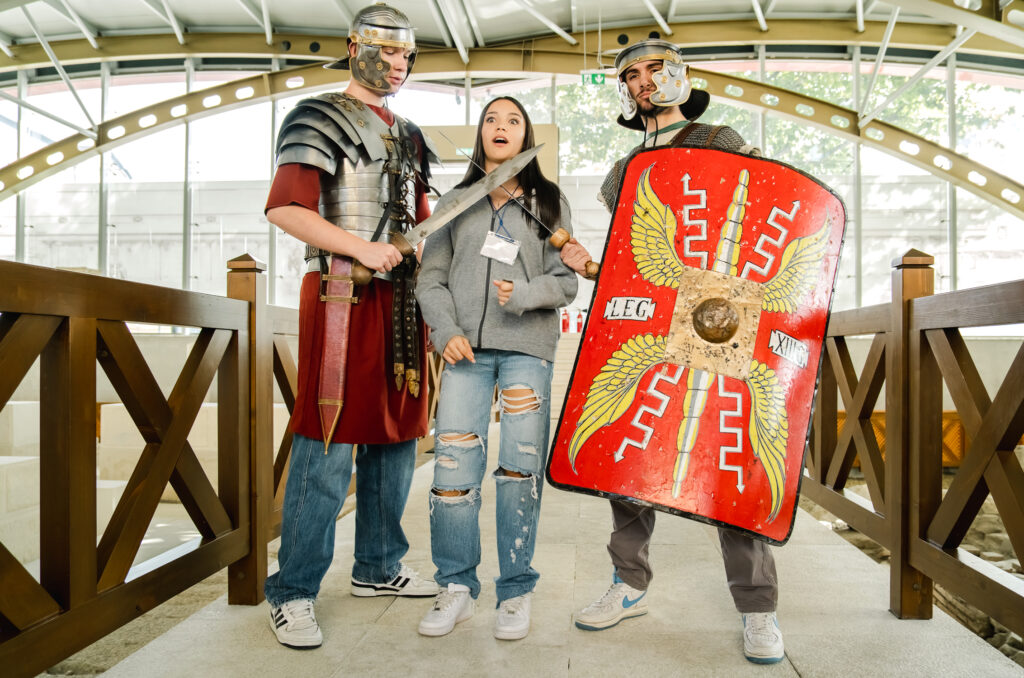
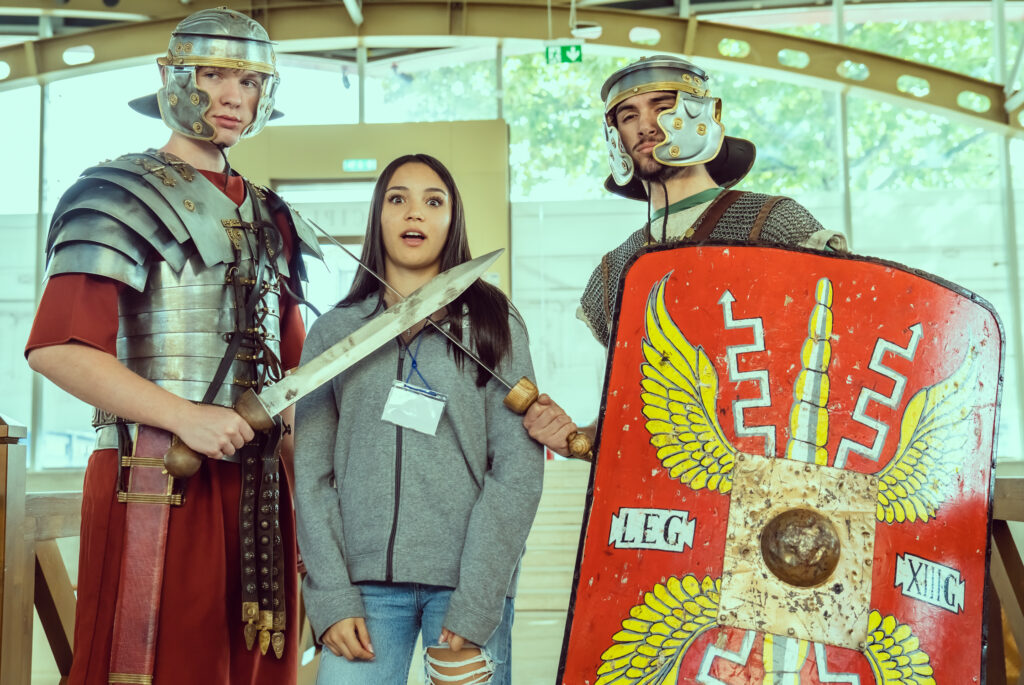
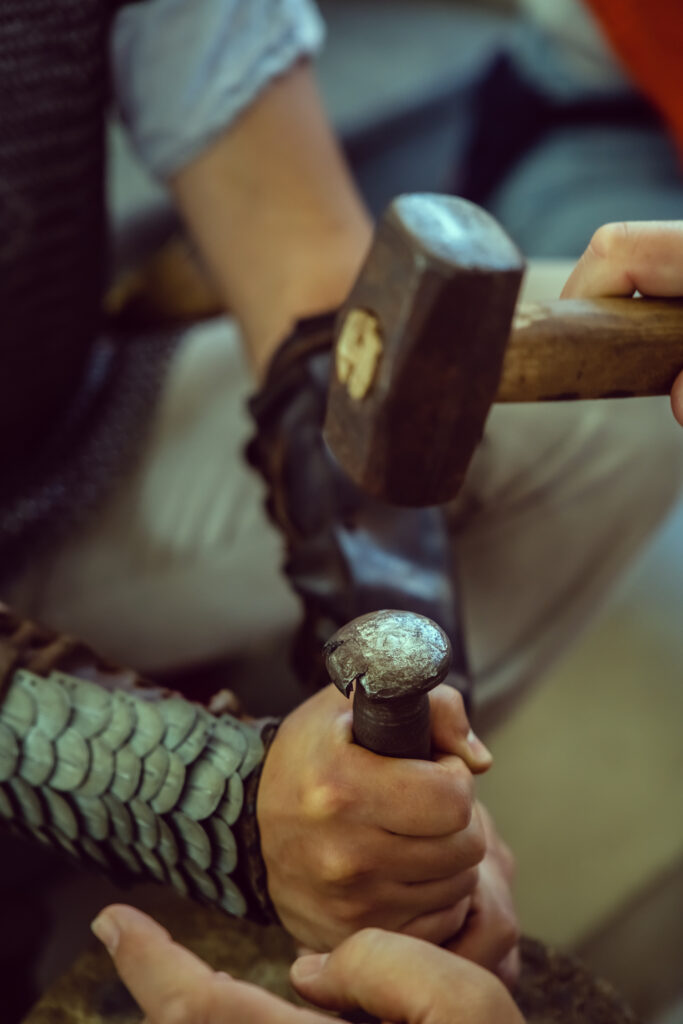
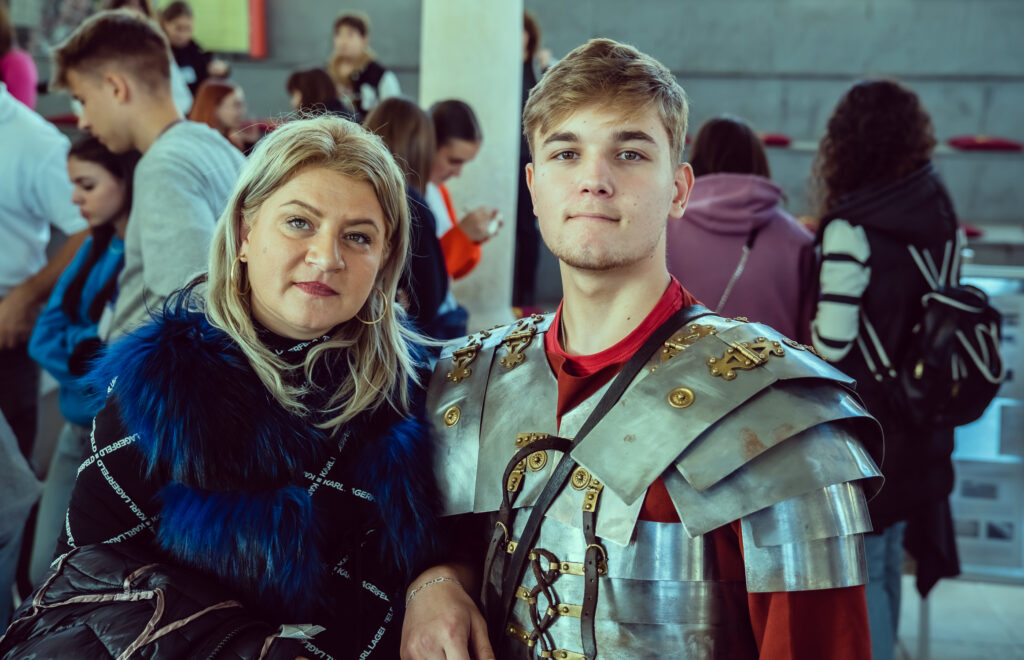
DAY FOUR #
